SPECIAL ISSUE 2023





























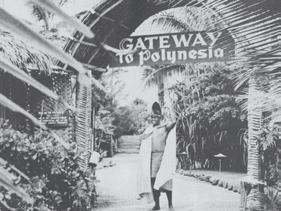




















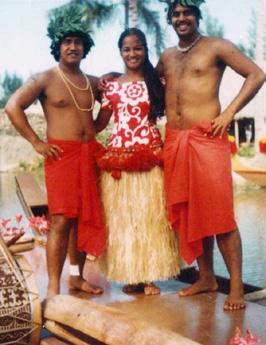



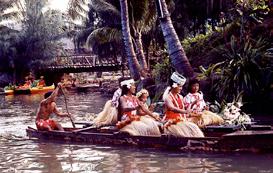





















































































































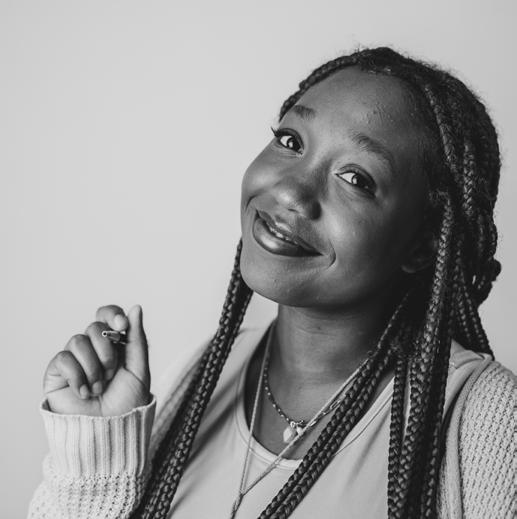
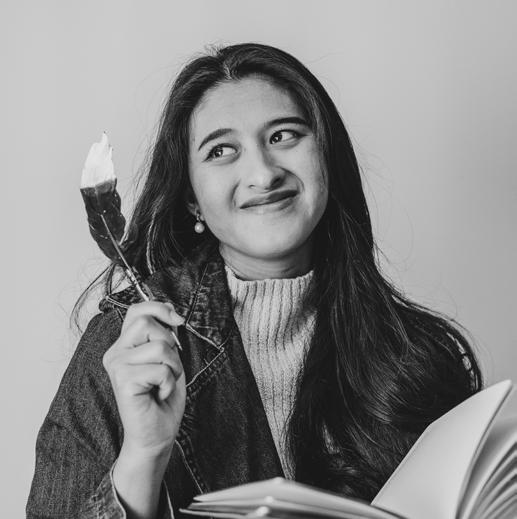
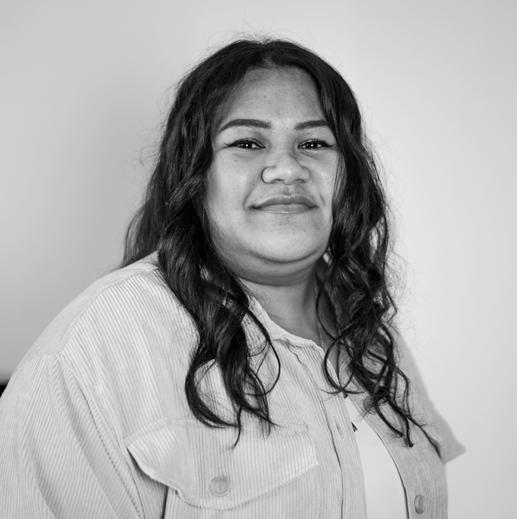

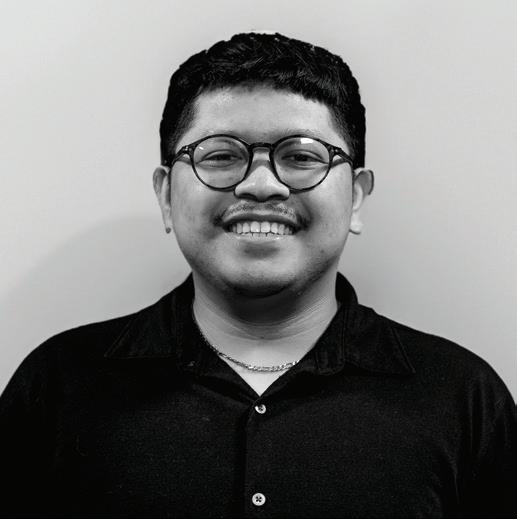


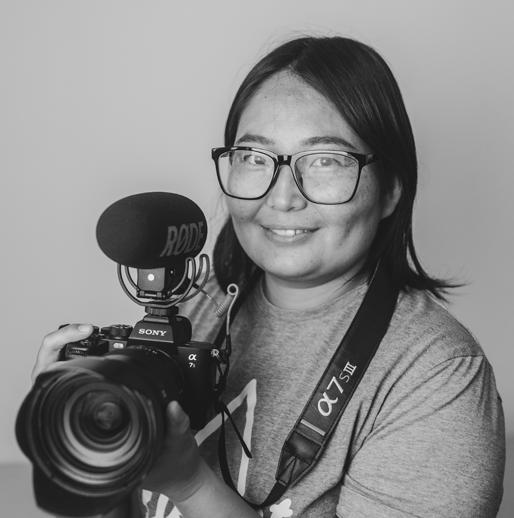

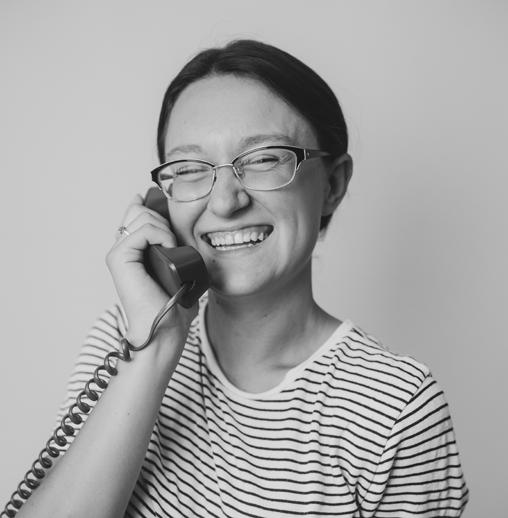
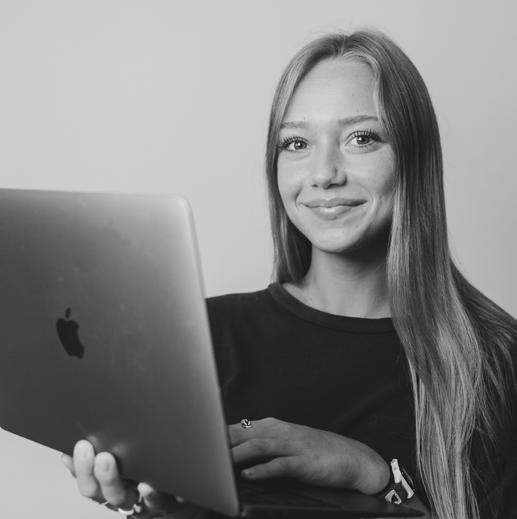
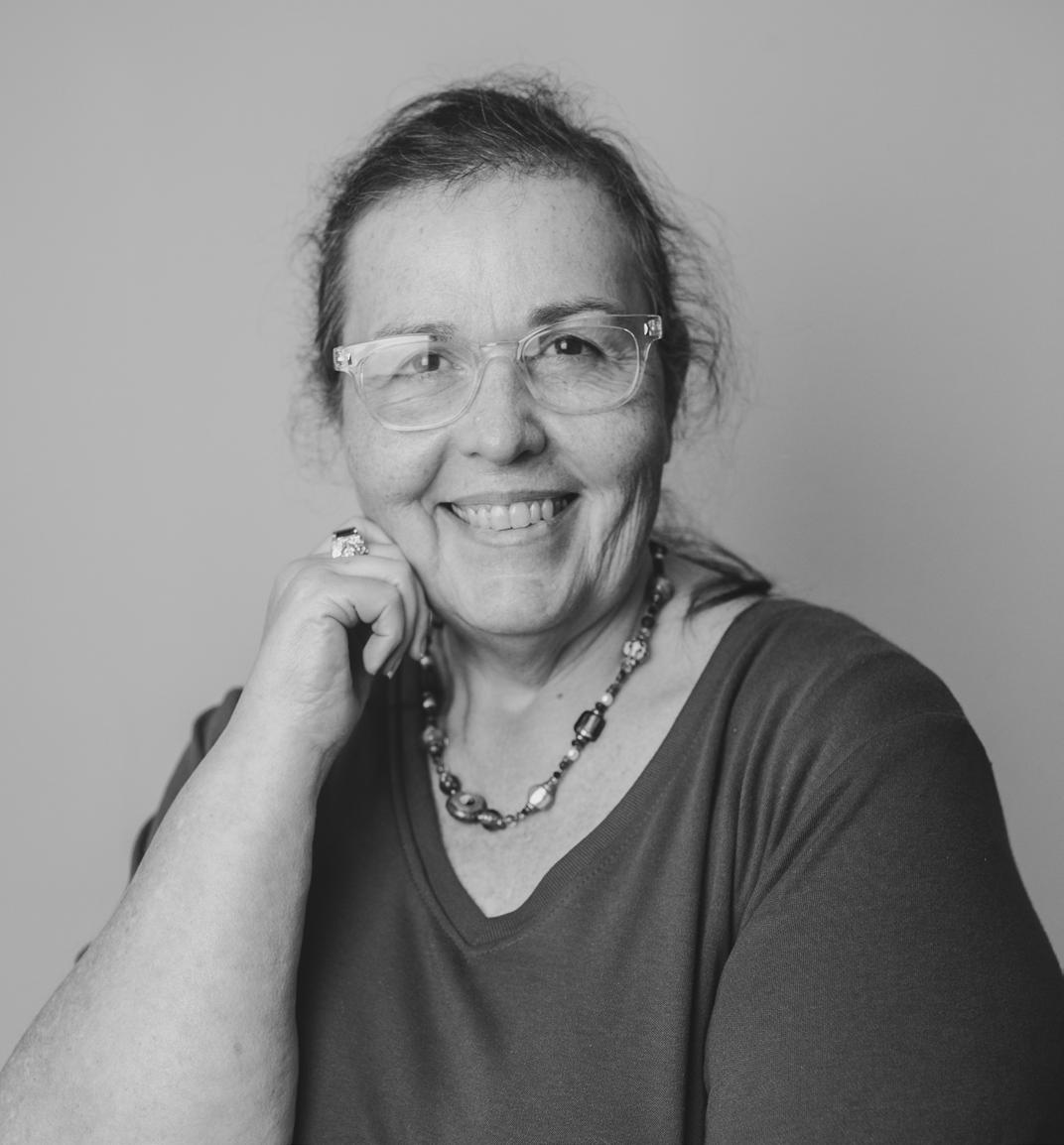
NEWS CENTER: Box 1920 BYUH Laie, HI 96762
Editorial, photo submissions & distribution inquires: kealakai@byuh.edu
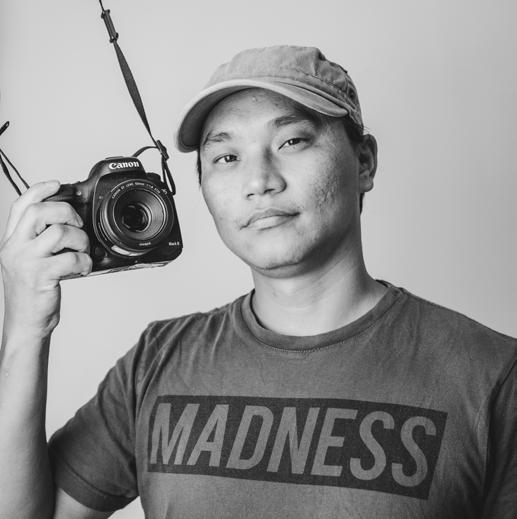
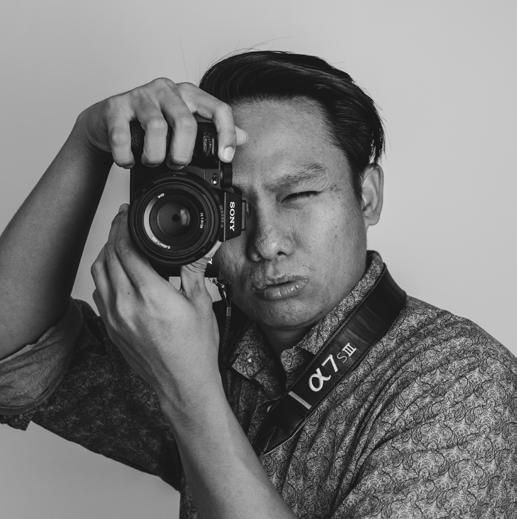

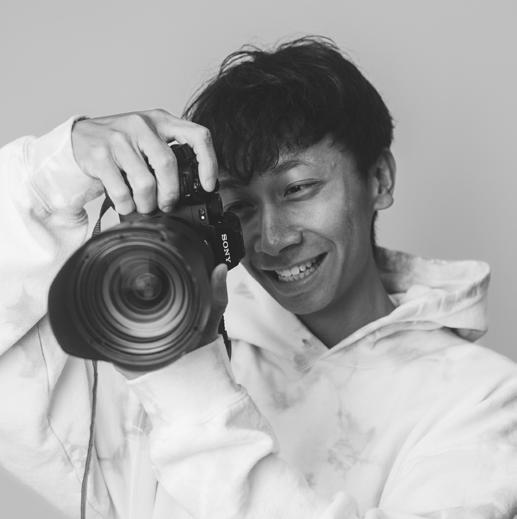
To view additional articles go to kealakai.byuh.edu
PHOTOGRAPHY
CONTACT: Email: kealakai@byuh.edu
Phone: (808) 675-3694
Office: BYU–Hawaii Aloha Center 134
ON THE COVERS: Collage of PCC historical photos and 60 th anniversary logo.
Graphics by Sugarmaa Bataa.
ABOUT
The Ke Alaka‘i began publishing the same year the University, then called Church College of Hawaii, opened. It has continued printing for more than 65 years.
The name means “the leader” in Hawaiian.What began as a monthly newsletter, evolved into a weekly newspaper, then a weekly magazine and is now a monthly news magazine with a website and a social media presence.Today, a staff of more than 25 students work to provide information for BYU–Hawaii’s campus ohana and Laie’s community.
© 2023 Ke Alaka‘i BYU–Hawaii All Rights Reserved


Before my journey as a student at BYUH, I experienced life as a 10-year-old dependent of my mother, who was a student here. During those years, the Polynesian Cultural Center held a special place in our hearts. It was where we created lasting memories. Today, I am not only a student but also a proud former PCC employee. The surroundings, abundant with vibrant plants, blooming flowers and majestic trees, still create the same enchantment as they did in my youth. As a current student, being at the PCC feels like returning home, wrapped in the comforting embrace of nature. It’s more than just a place. It’s a sense of belonging. Beyond the captivating greenery, diverse cultures, mesmerizing dances and engaging activities, the Center remind us of our shared humanity and culture. The PCC embodies the Aloha Spirit, offering a journey that transcends boundaries and touches the soul. Join us in celebrating the richness of the PCC in this issue.
Mahalo, Chrysanthemumolive (Lisi) Tiafau Editor-in-Chief
I first visited the PCC in 2018, during my student orientation. As a BYUH student, I have been able to better understand its importance to the university and to the world. From walking through the villages as performers entertain and educate thousands of guests, to staring up in awe at the mighty Iosepa canoe, I am reminded that the PCC is more than a place for people to visit on vacation. Within the PCC live the hopes and dreams of countless faithful saints who sacrificed everything for a brighter future. To attend BYUH and be so close to the PCC is a privilege not to be taken lightly. I never worked there, but I’m grateful for my opportunities to visit and interview staff, attend cultural presentations and feel the Aloha Spirit. In these pages, you will read the stories of individuals from all walks of life who bring their talents and love to make the PCC what it is today. From the architects of the Night Show showing the beauty of Polynesia, to the hands that work diligently on crafting authentic costumes and even the famous guests who have graced the PCC with their presence throughout its first 60 years. I have no doubt you will come to understand how it takes a village to make the PCC the success it is today.
Mahalo, Eli Hadley Editor-in-Chief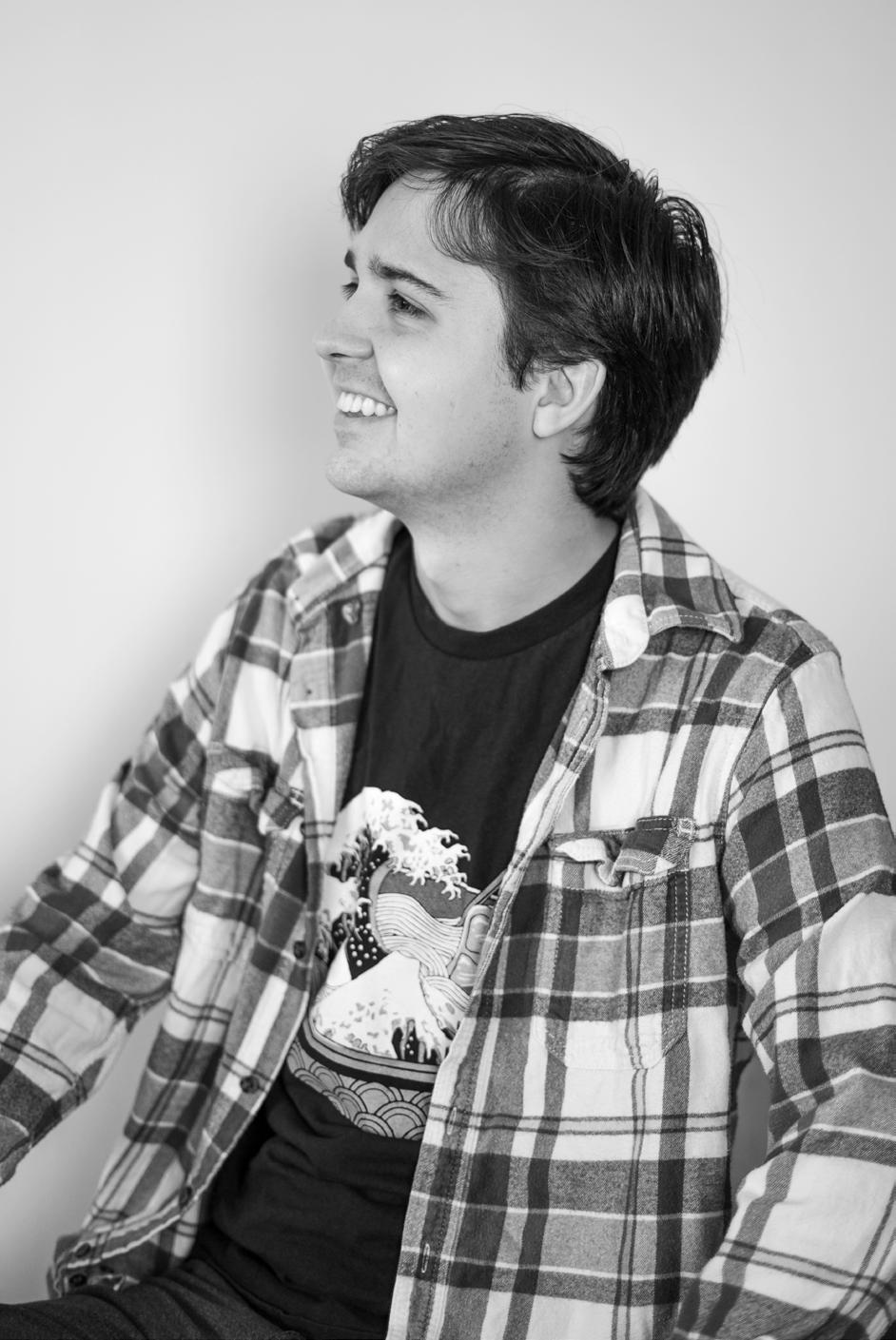

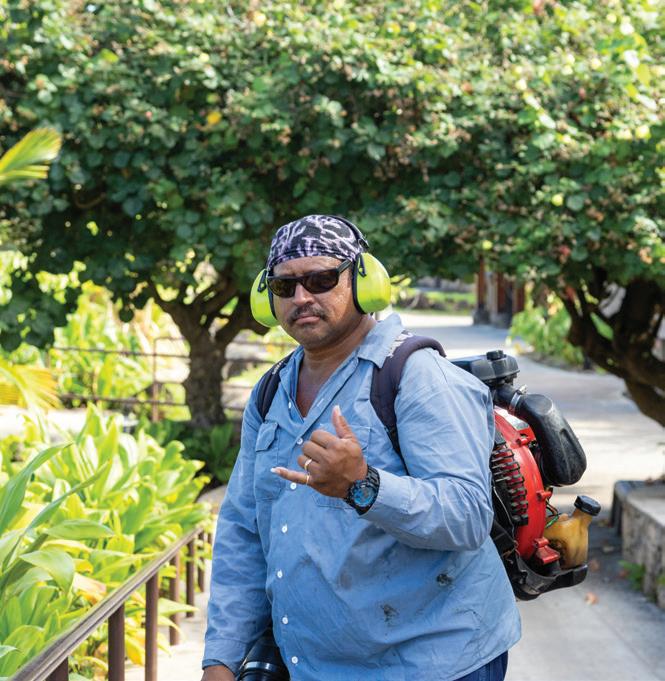

Afro World
Aotearoa
Canoe
Filipino
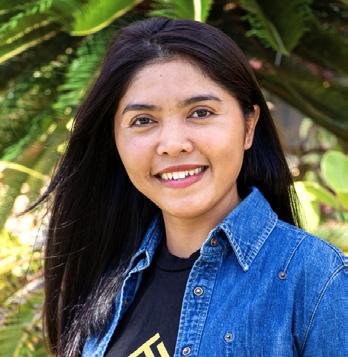
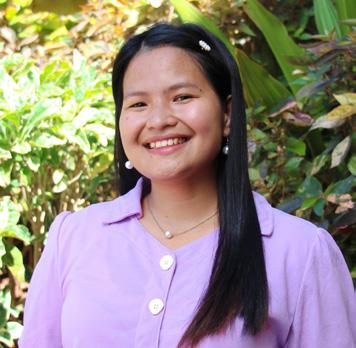

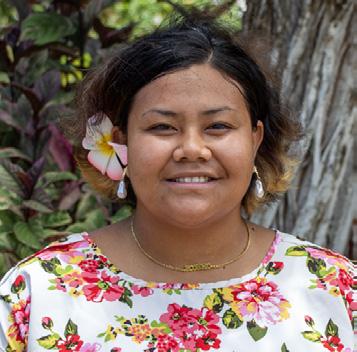

Hawaii
Health Advocates
Hong Kong
Lifting
Psychology
Skills Development
Tahiti
Typography
Australia
Cook Island
Culinary
Dive
Japan
Latin America
Martial Arts
Mongolia
One Ohana
Public Speaking
Triathlon
Vietnam
Cats
Economics
Golden Mecca
Hip Hop
Indonesia
Korea
PAS
Samoa
Self Defense
Soccer
Taiwan
Tonga
Arts
Cambodia
China
Intertribal
Ka Hui Mahi’ Ai
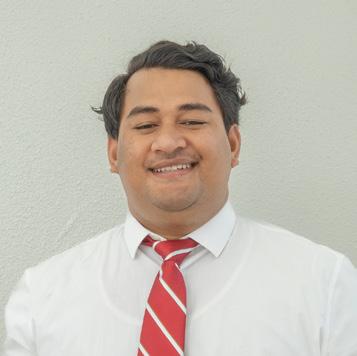

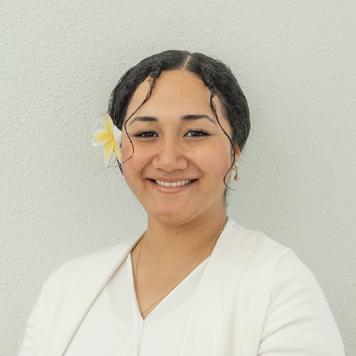
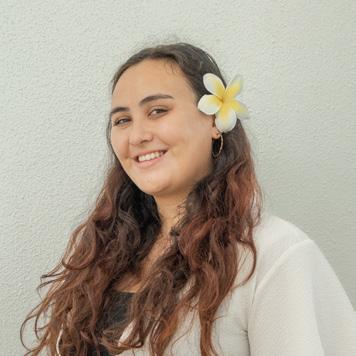
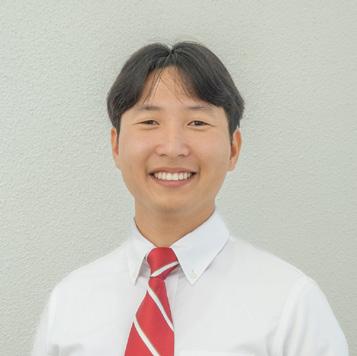
Kiribati
Lahui’ Va’a
NeuroUniverse
Ocean Stewards
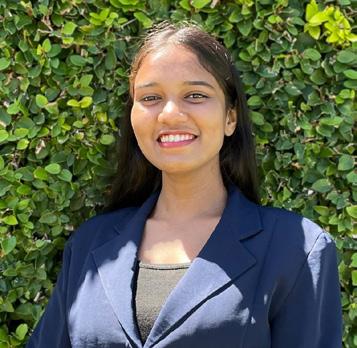
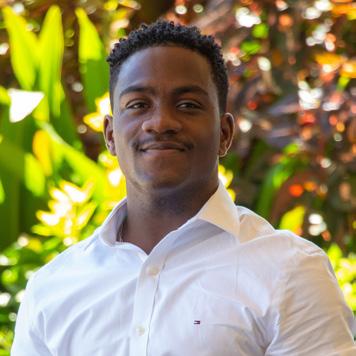
Pacific Island
Rock n Roll
Thailand
Badminton
Fiji
Hmong

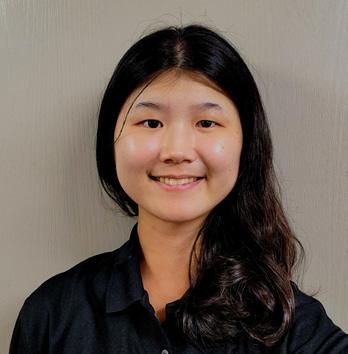
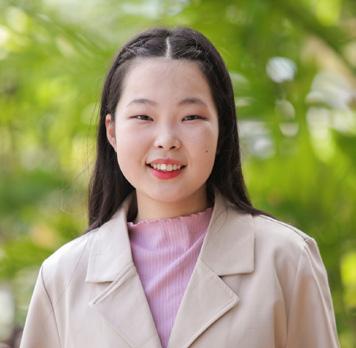
India
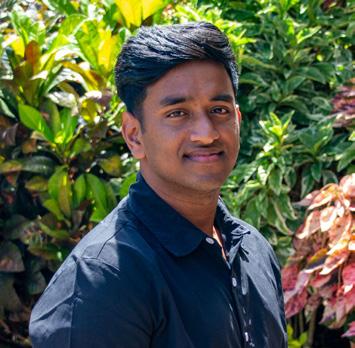
Investment Society
Malaysia
Photography
PNG
Rotuma
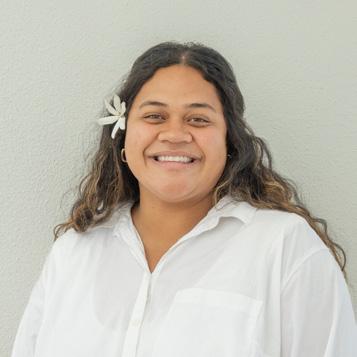
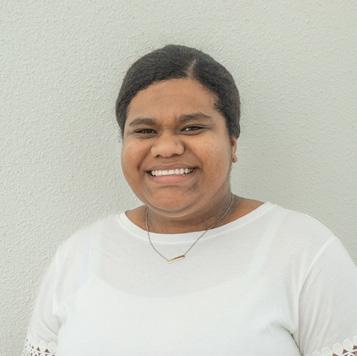
Sewing
Social Work
Table Tennis
Fatima Dagoboy CLC Supervisor Lead Ponaivao Young Yen CLC Supervisor Wilma Imanuelia Specialist Leonilyn Llona Specialist Siutaisa Funaki CLC Supervisor Sono Fifita Specialist Kundan Yadav Specialist Sirawit Kitwongpak CLC Manager Susana Ravatu CLC Supervisor Rina Hirano Specialist Algernon Martis Specialist Jessica Chalk CLC Specialist Lead Ian Carroll CLC Supervisor Dain Yoon Specialist Caroline James Specialist Taylor James Lagaaia CLC Supervisor Hanyu Cai Specialist Aquima Catayoc Specialist


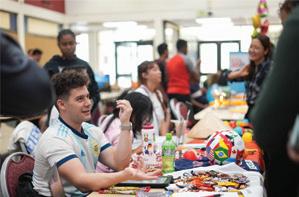




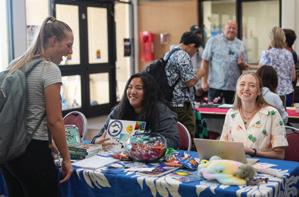
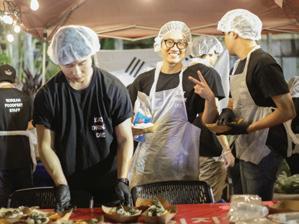
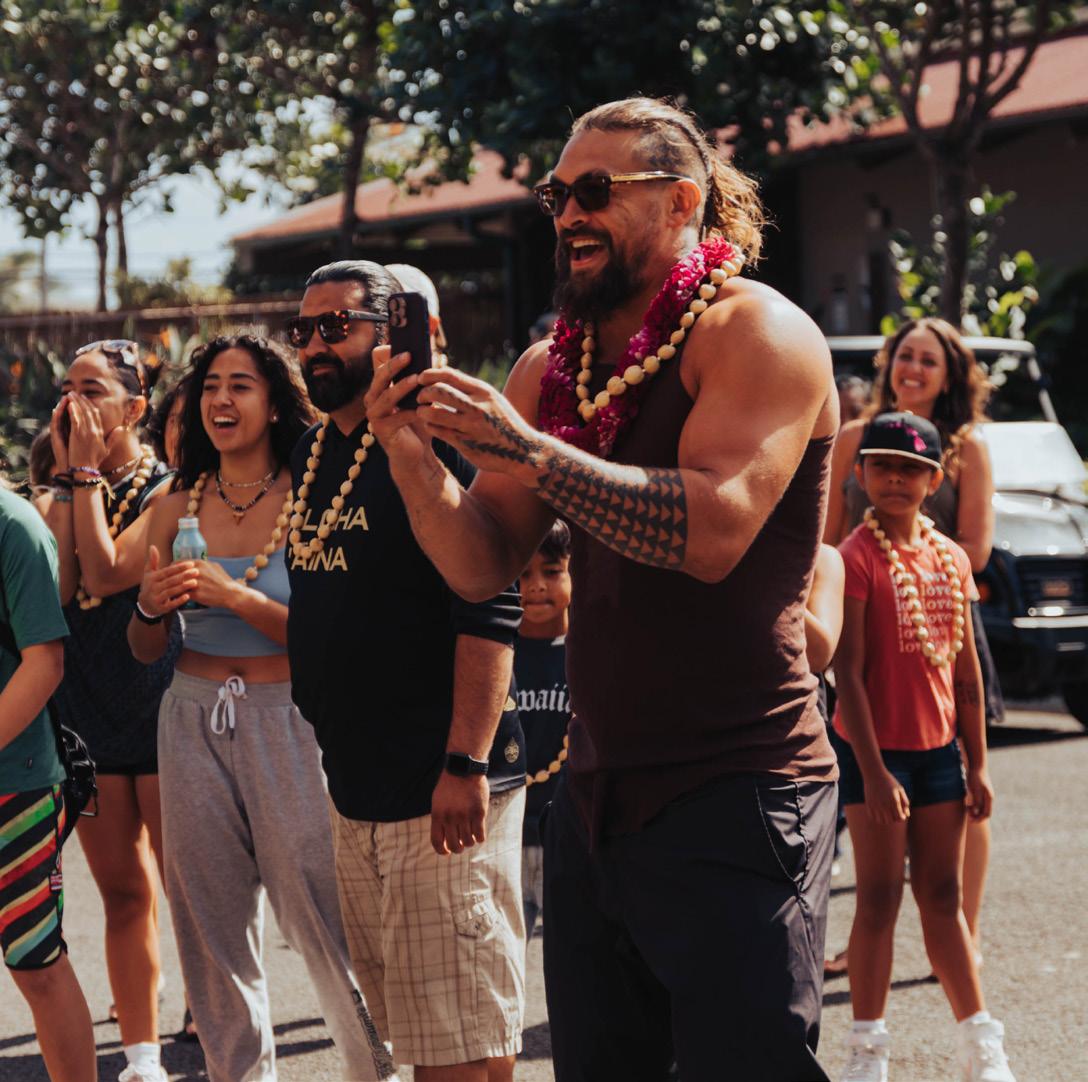


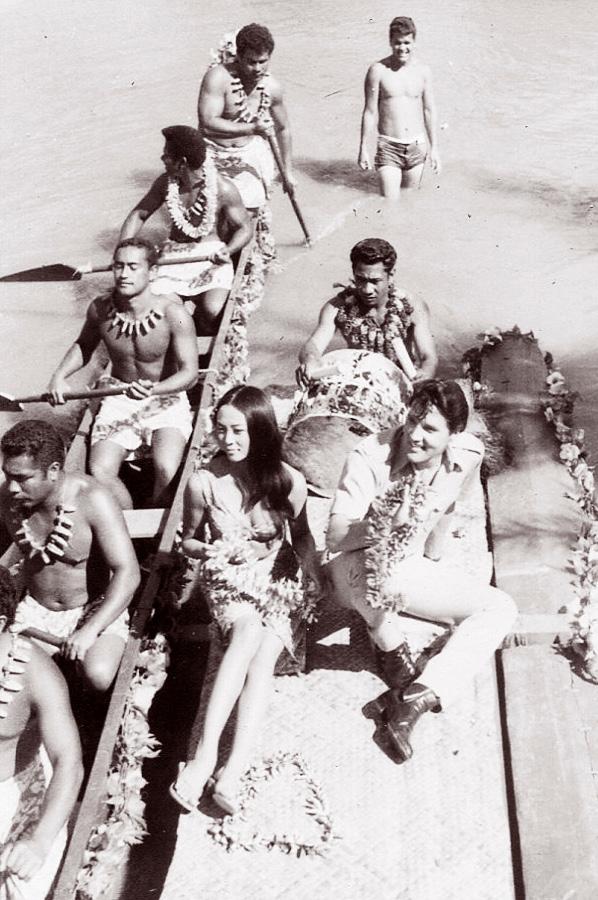

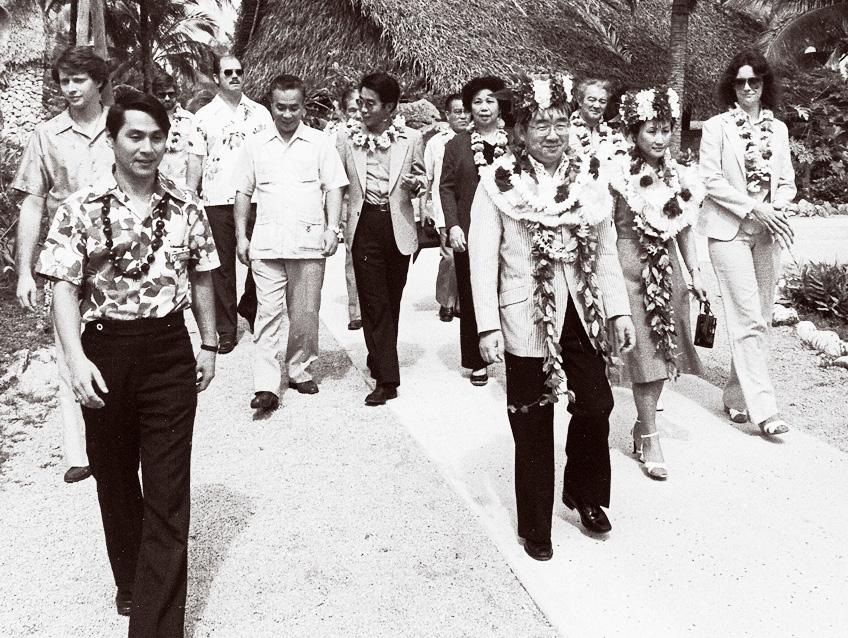
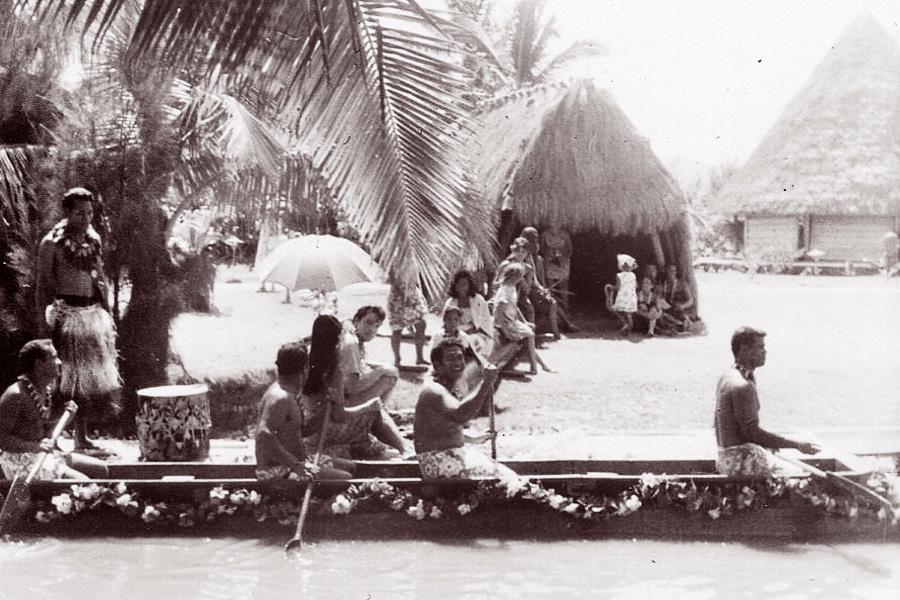
Over the years, PCC has welcomed famous faces from various fields, including celebrities, royalty, political figures, athletes, musicians and well-known Latter-day Saints
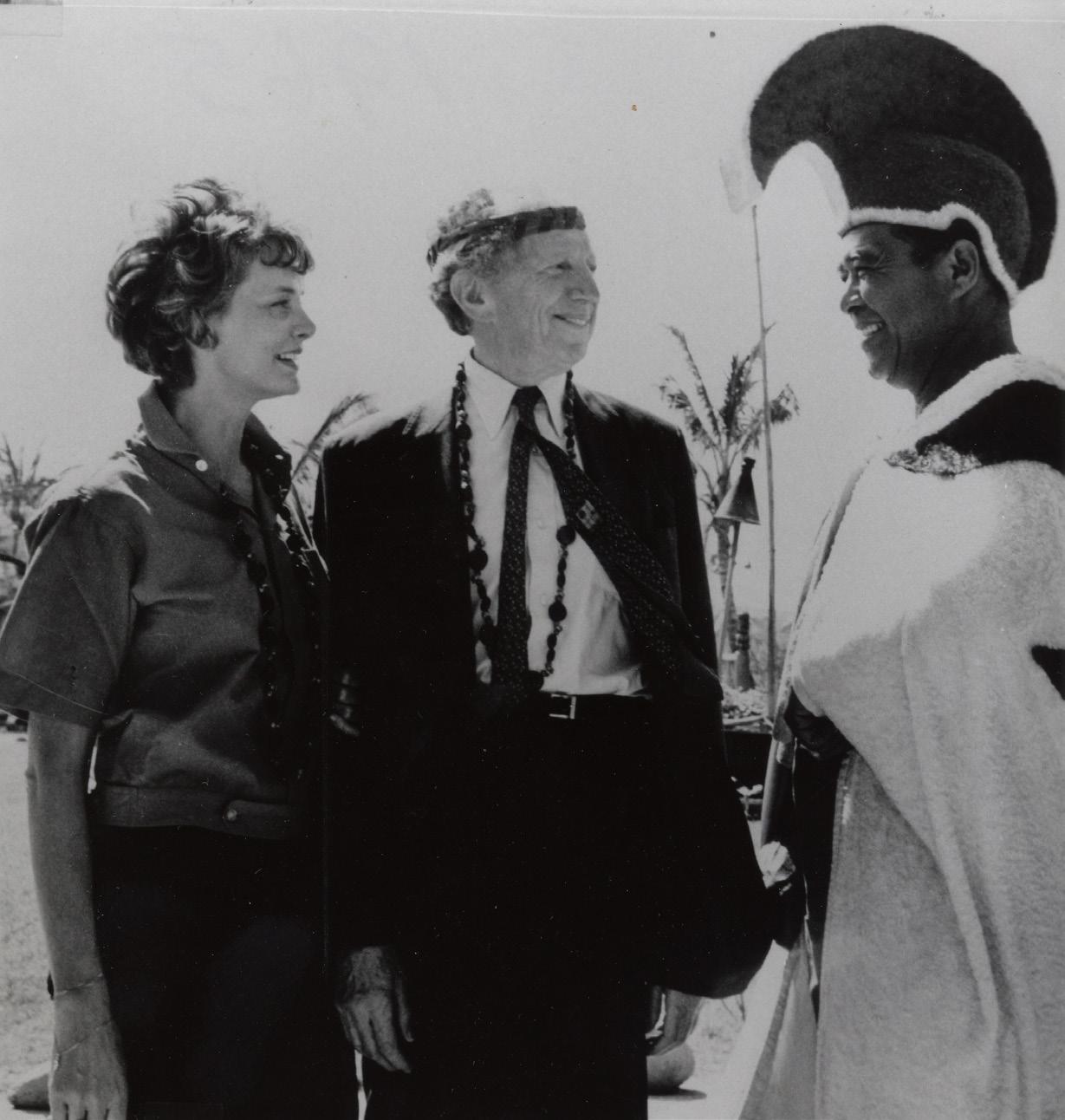 BY LISI TIAFAU
BY LISI TIAFAU
Dwayne “The Rock” Johnson - 2022
Jason Momoa - 2022
Anthony Quinn - 1999
Mickey Mouse - 1995

Pauly Shore - late 1990s or early 2000s
Kirk Douglas - 1960s
Mario Lopez -
Lee Majors -1977
James Garner and Henry Fonda -
Jane Powell - early 1960s
Celebrity Chef Sam Choy - 2003
Daniel Dae Kim -
Mike Douglas - 1980
Mpule Kwelagobe of Botswana, Miss Universe - 1999
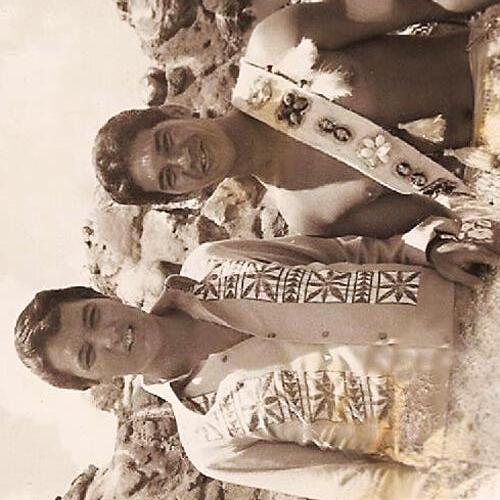
Pamela Anderson- early 1990s (1993)
Da Braddahs & Friends - 2011
Olsen Twins - 1998
John Stamos - 1998
Getaway - 2023
 Michael Jackson with PCC employees.
Mickey Mouse (Disney) at PCC.
Above: Jason Momoa being welcomed at PCC.
Michael Jackson with PCC employees.
Mickey Mouse (Disney) at PCC.
Above: Jason Momoa being welcomed at PCC.
Elvis Presley - 1965
Engelbert Humperdinck - 1979
Stevie Wonder -
Johnny Mathis -
Natalie Ai Kamauu - 2012
Kapena Band - 2012
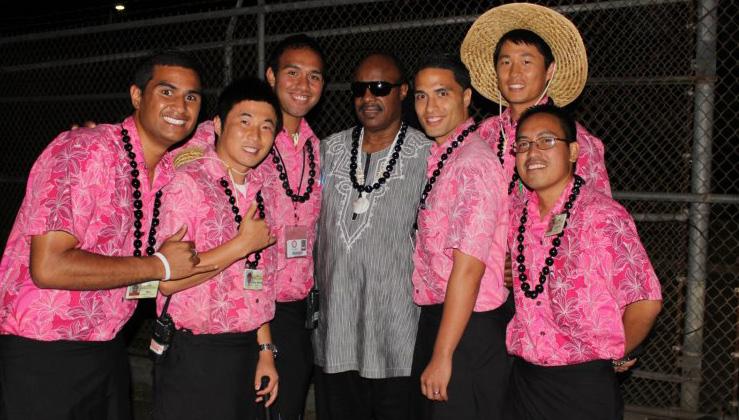
Anuhea and Nesian Nine - 2013
Ria Hall - 2012
Maisey Rika - 2012
Irie Love - 2012
Rebel Souljahz - 2012
Karl
Saleva’a Atisanoe - 1992
Vai SikahemaJunior Seau
China Vice Premier Zhao Ziyang - January 7, 1984
China Vice Premier Zou Jiahua - 1994
Jackie Kennedy - mid-60s

Pat Nixon - late 1960s or 1970s
Lynda Bird Johnson -
Chinese President Li Xiannian - 1985
Fiji Prime Minister Ratu Sir Kamaisese - 1986
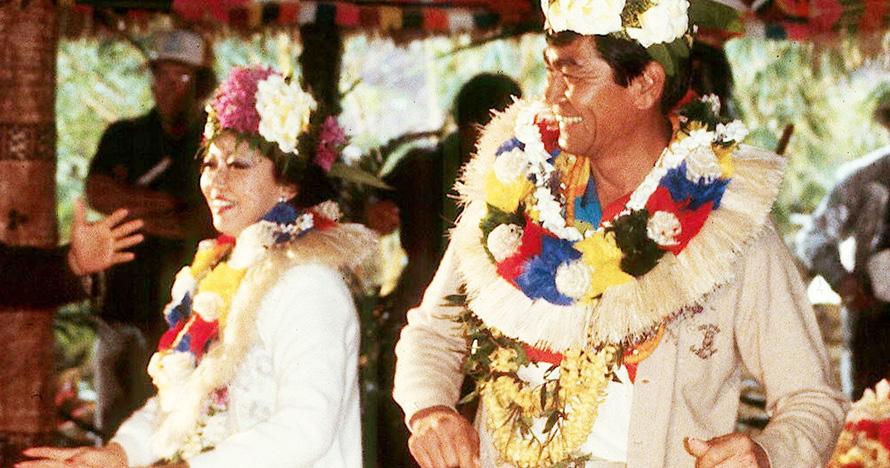
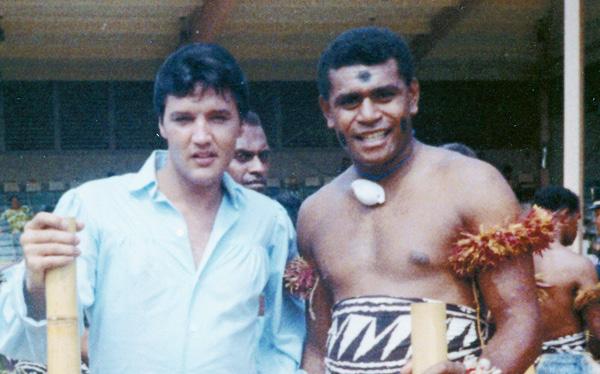
Fijian Prime Minister Laisenia - 2002
Alberto Hotu - 2004
Donny & Marie Osmond - late 1970s & early 1980s
Marie Osmond - 1998
Gladys Knight - 2005
Michigan Governor George Romney - Larraine Day
President Joseph Fielding Smith - 1971
Howard W. Hunter - 1979
President Gordon B. Hinckley & Sister Marjorie HinckleyOctober 24-26, 2003
President Thomas S. Monson - 1991, 2010
President Henry B .Eyring - 2010
Elder Dallin H. Oaks - 2009
President Dieter F. Uchtdorf - 2015
Elder Dale G. Renlund - 2016
Elder O. Vincent Haleck - 2016 - General Authority Seventy and first counselor in the Pacific Area Presidency
Elder ‘Aisake Tukuafu,Area Authority Tonga - 2016
Elder Aley K. Auna Jr., Area Authority Hawaii
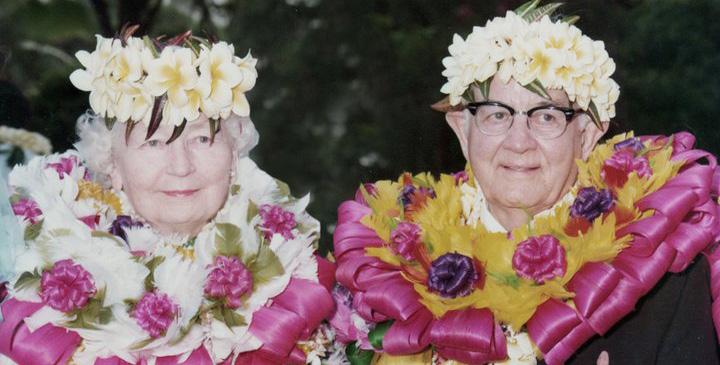
His Royal Highness Taufa’ahau Tupou IV, King of Tonga - 1976 & 1993
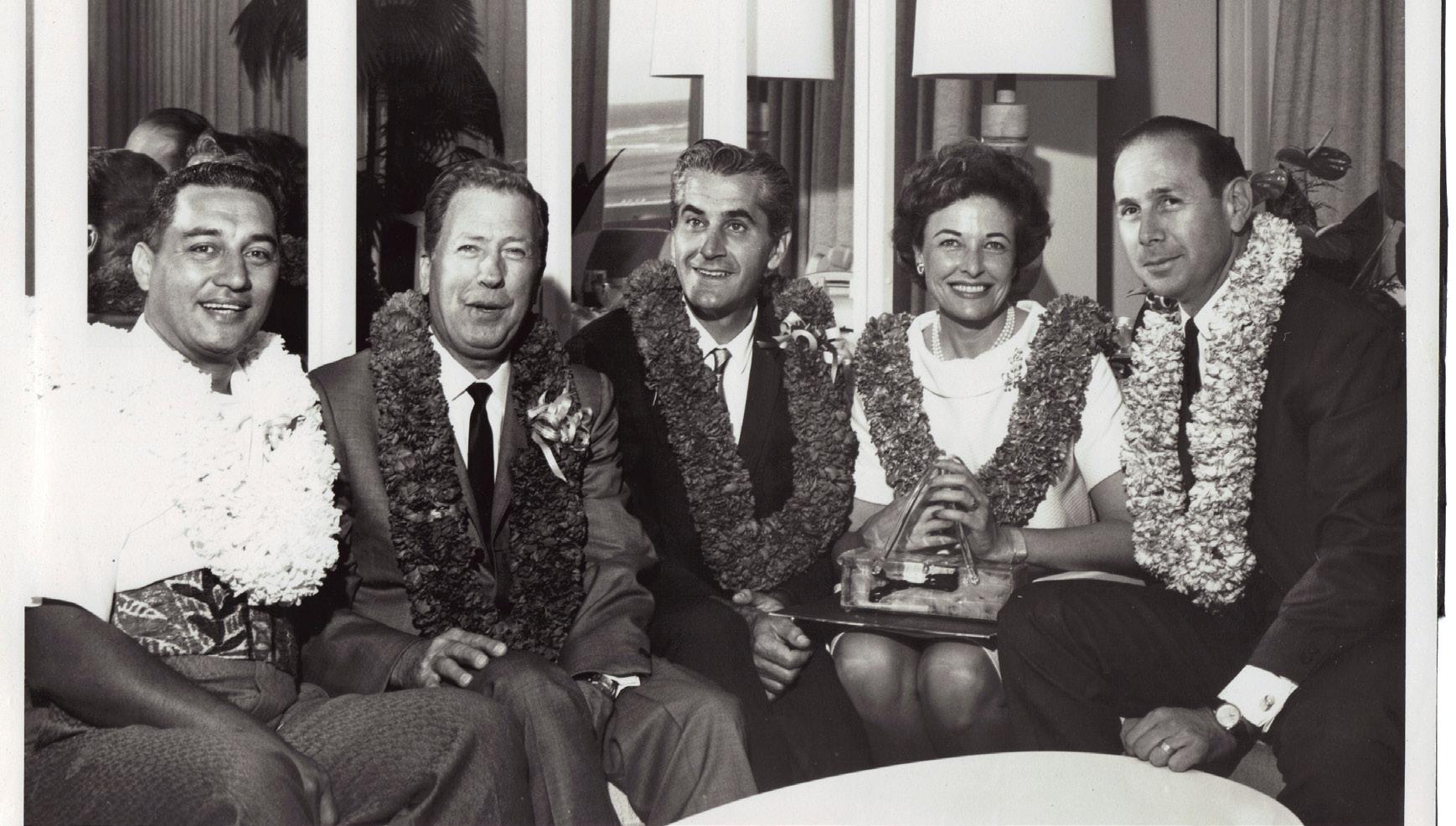

His Highness Malietoa Tanumafili II, Head of State of Western Samoa - 1997
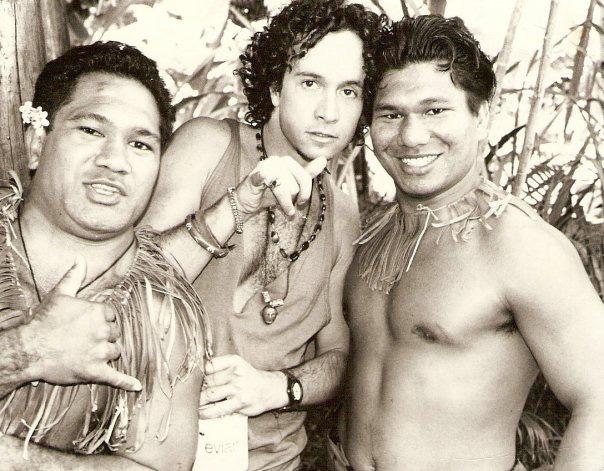
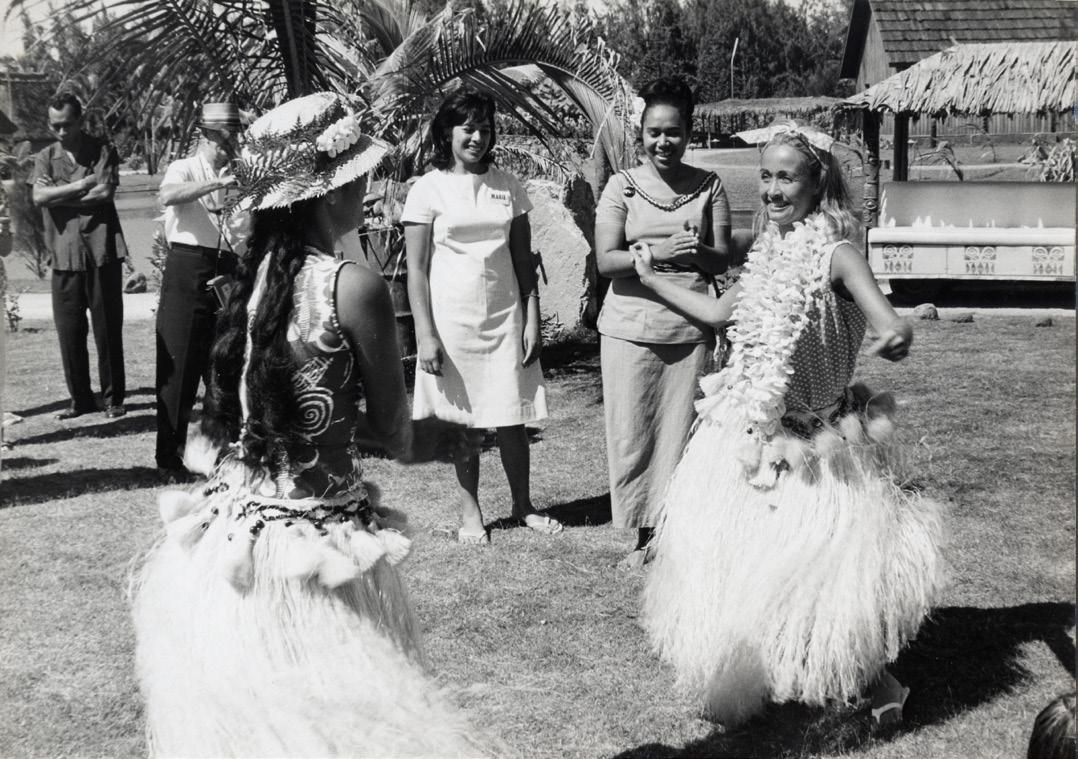


Her Majesty Queen Nanasipauu Tukuaho of Tonga - 2014
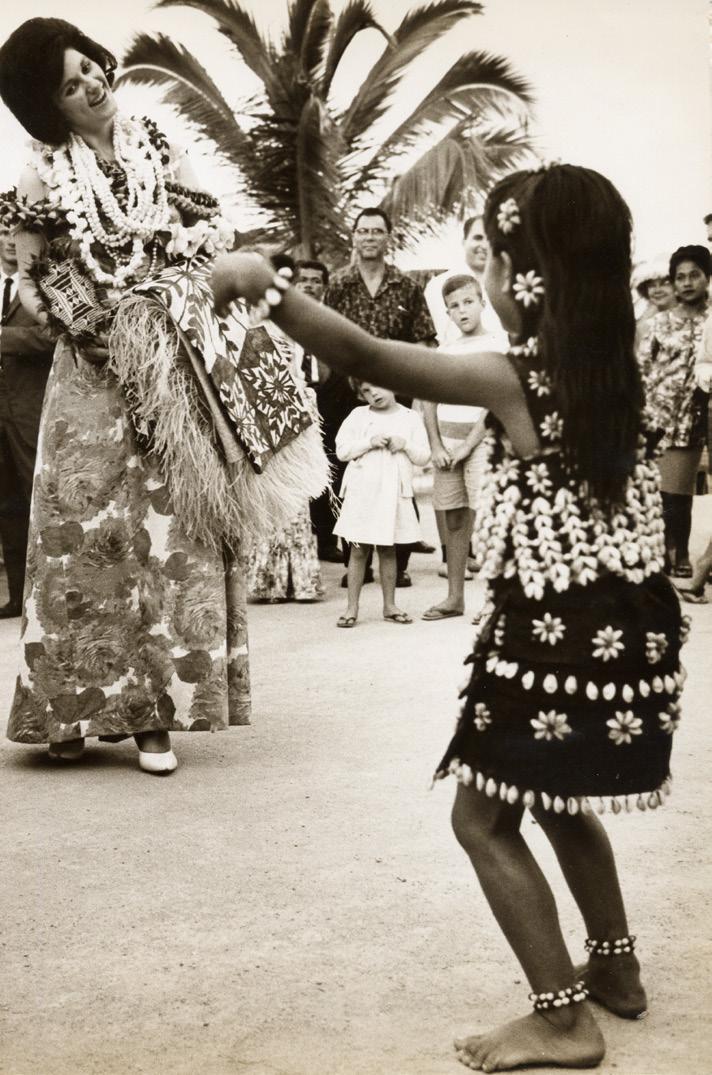
Her Highness Queen Halaevalu Mataaho of Tonga - 2004
His Majesty King Tupou VI, King of Tonga, and his wife, Her Majesty Queen Nanasipau’u - 2016 •
Malone - early 2000s Well-known people visiting the PCC. Photos by Polynesian Cultural Center and BYUH Archives. Graphics by Yichi Lu. Elvis Presley with Fijian dancer. President Spencer W.Kimball & his wife Camilla Kimball Photo by: Mike Foley. Stevie Wonder with PCC tour guides.The PCC’s longest-tenured employee, Silina Aina, shares her experiences as an artisan weaver and lover of culture
 BY KARL ALDRE MARQUEZ
BY KARL ALDRE MARQUEZ
Through years of working at the Polynesian Cultural Center, Silina Aina said she is motivated to work by the people she has met and worked with over the years. She said her experiences talking and meeting new people in the Center made her appreciate her role as an artisan weaver and the culture she is working with. Silina Aina works in the Fijian Village and is the longest-tenured worker at the PCC.
She said for the past 50 years, she has learned so much about the different cultures around the Center. “Growing up at BYU–Hawaii, previously called Church College of Hawaii, my parents paved the way for me to learn and appreciate cultures from the other islands of Polynesia.” Silina Aina said besides learning about other cultures and traditions from older uncles and aunties, she has also learned different crafts and weaving patterns from each culture around the Center.
Silina Aina grew up in Hawaii and said her parents came to BYUH for school trying to get a better future with their chosen degrees. She said although they were originally from Rotuma, Fiji, her love for the island grew when her parents brought her and other siblings to the PCC while her parents were working there.
“We did not have babysitters back then, so we were introduced to various cultures while my parents alternated their times taking care of us. It was a struggle at first, but my parents managed to do it,” she said.
She said her parents both attended Church College of Hawaii and were also invited to help build the Center. “My dad helped build the huts around the Center. Not only was he there to help when building the Fiji huts, but also he helped in almost the creation of every hut around the Center. That is why he introduced us to various island cultures at home because he was constantly communicating and helping people from other islands,” she said.
At age 4, Silina Aina said she became one of the keiki, or child, models for the PCC. She said their role was to amaze guests with cultural costumes and showcase them through a dance. “It was a fun experience doing the keiki model for the Center. Besides sharing the
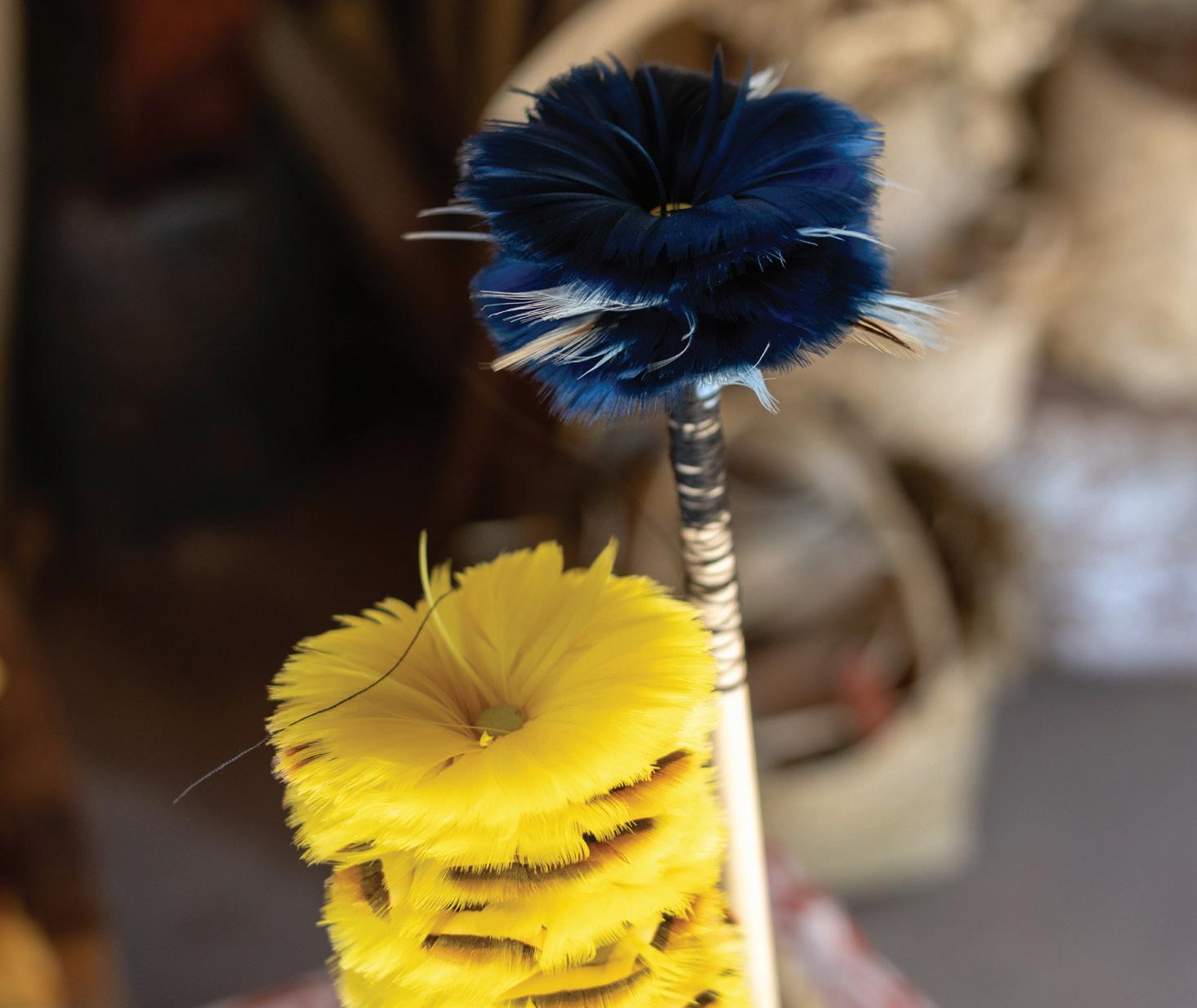
culture, I can remember how curious I was when I was given my first ever paycheck.”
By the time she started elementary school, she said she became a performer in the canoe show. When she reached high school, she worked both in the canoe and night show, and she volunteered to work in the village in her free time, she said.
While working in the Center, she said her dad, who became a chief in the Fijian Village, would always encourage her and her siblings to know more about other cultures. “Although we are Fijian by blood, my dad was a perfect example of being a multicultural mentor. He introduced us to different cultures where we learn their way of living, clothing, traditions and more.”
Her skills of being able to adapt to other cultures came from her dad, Silina Aina said. “I can still recall occasions in my younger years working in the Center when my father taught us to appreciate the culture around us. He encouraged us to join and participate in learning activities around the Center. He was always a big fan of preserving culture, and he wanted us to do the same while he was working in the village.”
After a few more years, Silina Aina said she started to go to college, but later on dropped out after a year of schooling. She said she was always a fan of weaving, which made her want to explore being a weaver in the village. “Back when I was young, my mom was also one of the managers of the weaving department in the PCC. That is probably where my interest in weaving ignited,” she said. Moreover, Silina Aina added, “Back then, there were three main weavers in the village and each position was full-time. It took a while for me to be a full-time weaver because the dedicated aunties loved their job in the Center. When I got in, they mentored me from my first day working onwards.
“Weaving takes various hours or days to make depending on its style, length and size,” Silina Aina said. She said even the simplest lei can take her a couple of hours or days to finish. “It is not easy to weave and make something. Although I know most of the techniques and basics of weaving styles around the Center, I still take my time to do it beautifully.”
Terry Na’auao Panee, a local from Kaneohe and the current manager of the Hawaiian Village at the PCC, said his
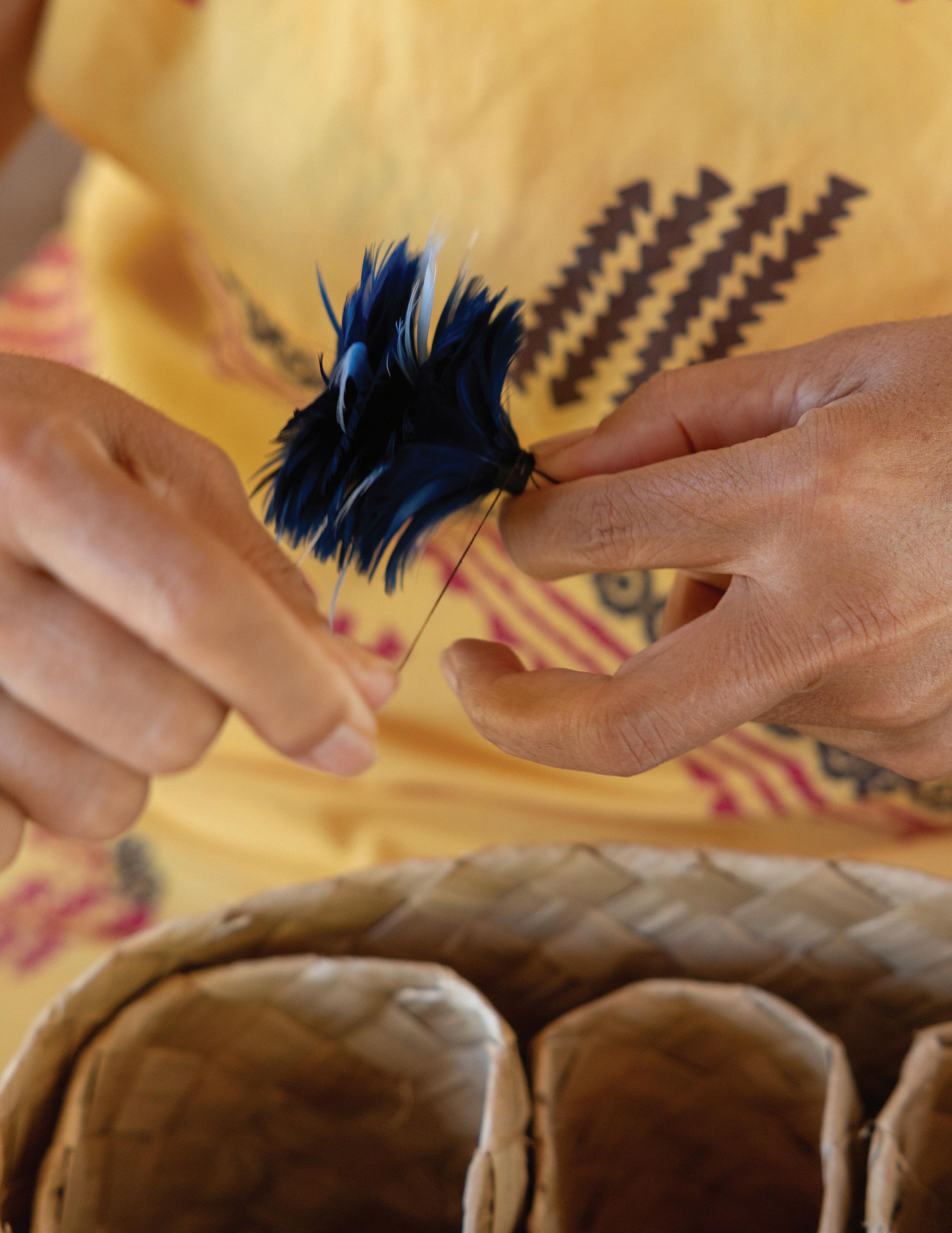 Left and above: Silina Aina, the PCC’s longest-tenured employee, sits cutting and weaving feathers for lei hulu, or feather leis.
Left and above: Silina Aina, the PCC’s longest-tenured employee, sits cutting and weaving feathers for lei hulu, or feather leis.
relationship at work with Silina Aina grew over time. “For the past 40 years I have been working with her, she has never failed to amaze me with what she does. Although I am also a weaver and help her at times, she is far more versatile and skilled in weaving.” Panee said being raised in the Center has taught Silina Aina to weave various patterns from the other islands. “She was very eager and excited to learn new weaving patterns and she adapts to certain styles and techniques fast,” he said.
In 1993, Silina Aina said she met her future husband, Lance Aina, in the Hawaiian Village. She said, “He was the new guy in early 1993. Since I was already in the village working, he approached me and wanted to talk with me. We did and the rest was history.” She said they were sealed on July 11, 1995 and had two children, Jack and Emosi.
Hualani Prescott, a cultural demonstrator from Nanakuli, said, “I started working in the PCC around 2012. I became a performer for the night show and then
joined luau. After that I became a cultural performer in Hawaiian village.” She said even though she has been in the PCC for quite some time, she became interested in weaving when she met Silina Aina.
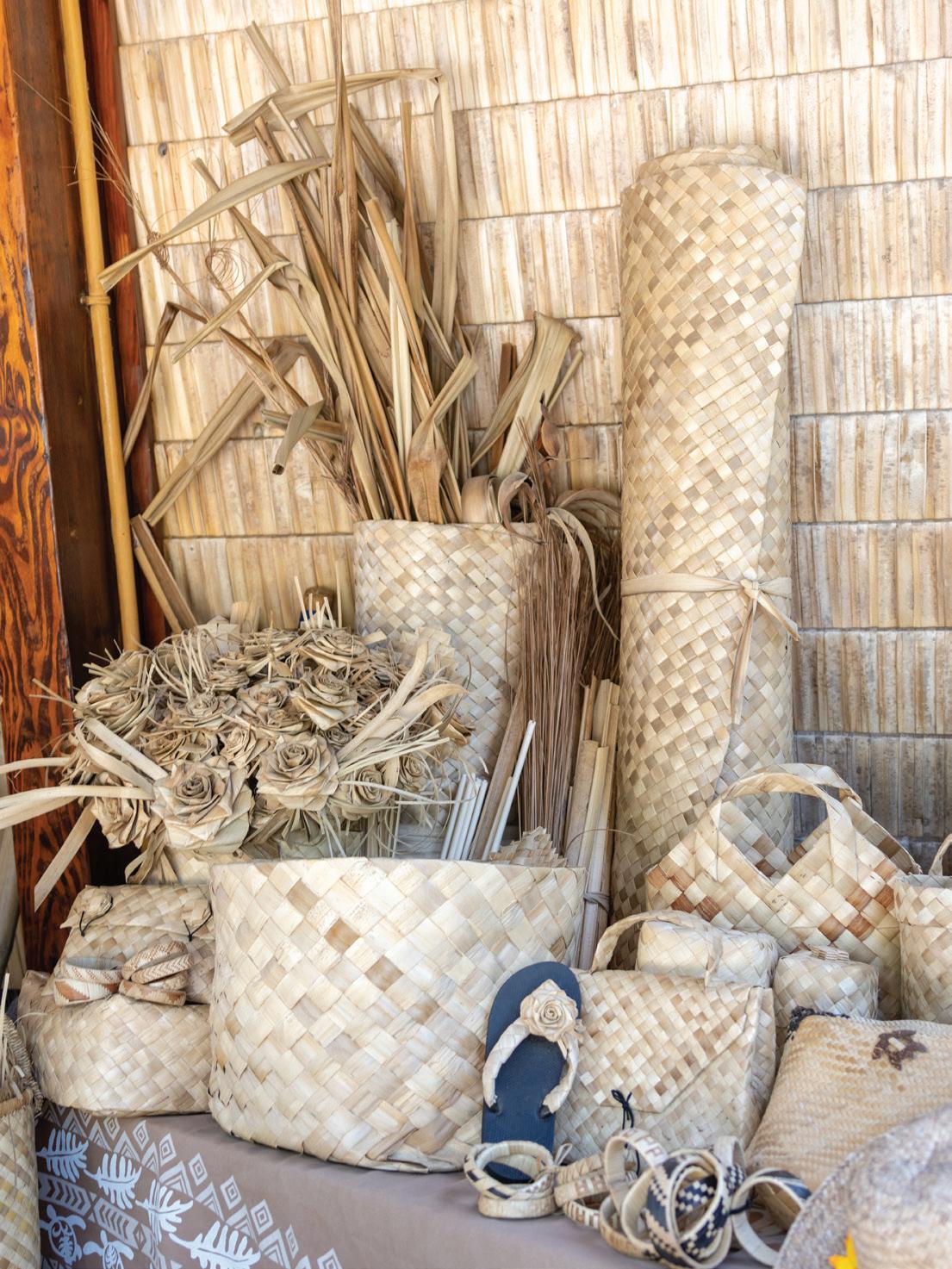

“As part of working in the village, there are moments where I saw Auntie Silina teach about weaving. I became interested in it so I began learning from her,” she said. Prescott said because of her eagerness to learn about weaving, she became an assistant to Silina Aina this year.
Because of Silina Aina’s lifelong service at the Center, Panee said, “I consider her as one of the top 10 weavers in all the islands of Hawaii right now because of the craft, skills and versatility she has while working with different weave patterns.”

He said, “Her working for that long became a legacy for her and for our ancestors on how we should do things around the Center.”
Silina Aina said preserving culture was not hard for her because she grew up in a household where every diverse culture they met in the Center was as important as theirs. “My problem over the years was the people coming in and going from the Center. I always felt that they are only here because it is just a job for them to stay here and earn a living.”
Prescott said, “Being a beginner weaver taught me a lot of things from Auntie Silina. Besides her usual countenance of being sweet and immediately looking after you, she is a very patient, dedicated hard worker and radiates Christlike love around the Center.”
Moreover, she said Silina Aina treats everyone who comes to the PCC like her close relatives or children, which makes it easier for everyone to love her.
“It is obvious she has done so much for the Center aside from weaving and radiating the spirit. It is an example to future generations to follow the true Spirit of Aloha,” she said. •
Above: Examples of Silina Aina’s weaving skill are on display near her work station.
Blessed with the opportunity to work in the Polynesian Cultural Center, BYU–Hawaii international students and an alumnus said they have developed self confidence in public speaking, strengthened positive relationships and gained Christlike attributes like kindness and humility working at the Center. Although they said they encountered challenges while juggling work and school, they expressed gratitude for the IWORK scholarship and its support in paying for their education, building their families and achieving their goals.
Timotious Timmy Mocodompis, PCC’s Guest Services manager and an alumnus who majored in hospitality and tourism management from Indonesia, said, “While working here, I was taught that all visitors at the PCC
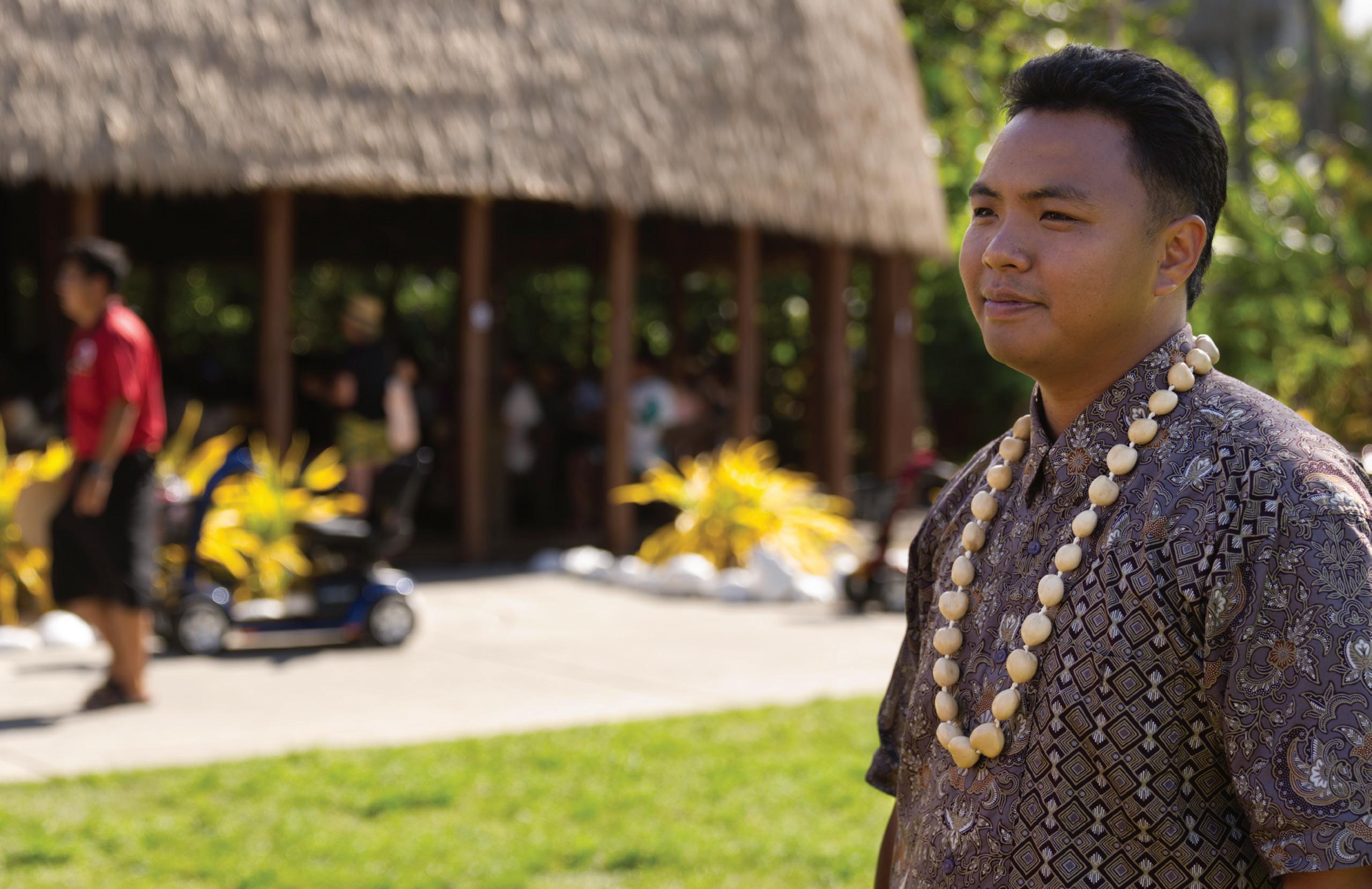
are the ones who pay for my school.” He said it was a privilege and an honor for him to assist those who came to the PCC because it allowed him to have wonderful experiences that helped him grow. “Without them, I would not be here,” he said.
The university’s IWORK, or International Work Opportunity Returnability Kuleana, scholarship allows international students to graduate with no debt and receive help in covering their tuition, fees and housing, according to financialaid.byuh.edu. In return, students agree to work at the PCC or BYUH and put a certain amount of their paycheck aside to pay for portions of their costs the scholarship does not cover.
Lika Smith, a freshman from Samoa studying hospitality and tourism management,
said the beginning of her IWORK journey working at PCC’s Hale Aloha was lonely because she didn’t know anyone. But once she got to know her workers, Smith said, “We developed strong bonds and a spirit of support in the Center, building friendships and relationships that made a significant impact on my experience. Leaders and workers are united, always there for each other, which is one reason why I have zero thoughts of leaving this workplace.”
Mocodompis said a language barrier and self-doubt were challenges he experienced when he started working at the PCC. As a second-language English learner, he said, he frequently shied away from speaking in front of others for fear of making mistakes, but he eventually developed the confidence to address
BYUH students and an alumnus say working at PCC has shaped them into who they are today, despite challenges and trials
audiences of all sizes. He said his newfound skill in public speaking is evidence of PCC’s supportive environment.
Gracelyn Fotu’aika, a sophomore from Tonga studying Pacific Island Studies and an employee at the PCC’s Tongan Village, said in anything people do, there will always be trials and challenges that will help them become better. “One of the main challenges as a village worker in the Tongan Village is disagreements with coworkers. However, to overcome this challenge, I have learned that being humble and receptive to the guidance and advice from our work leaders is beneficial,” she added.
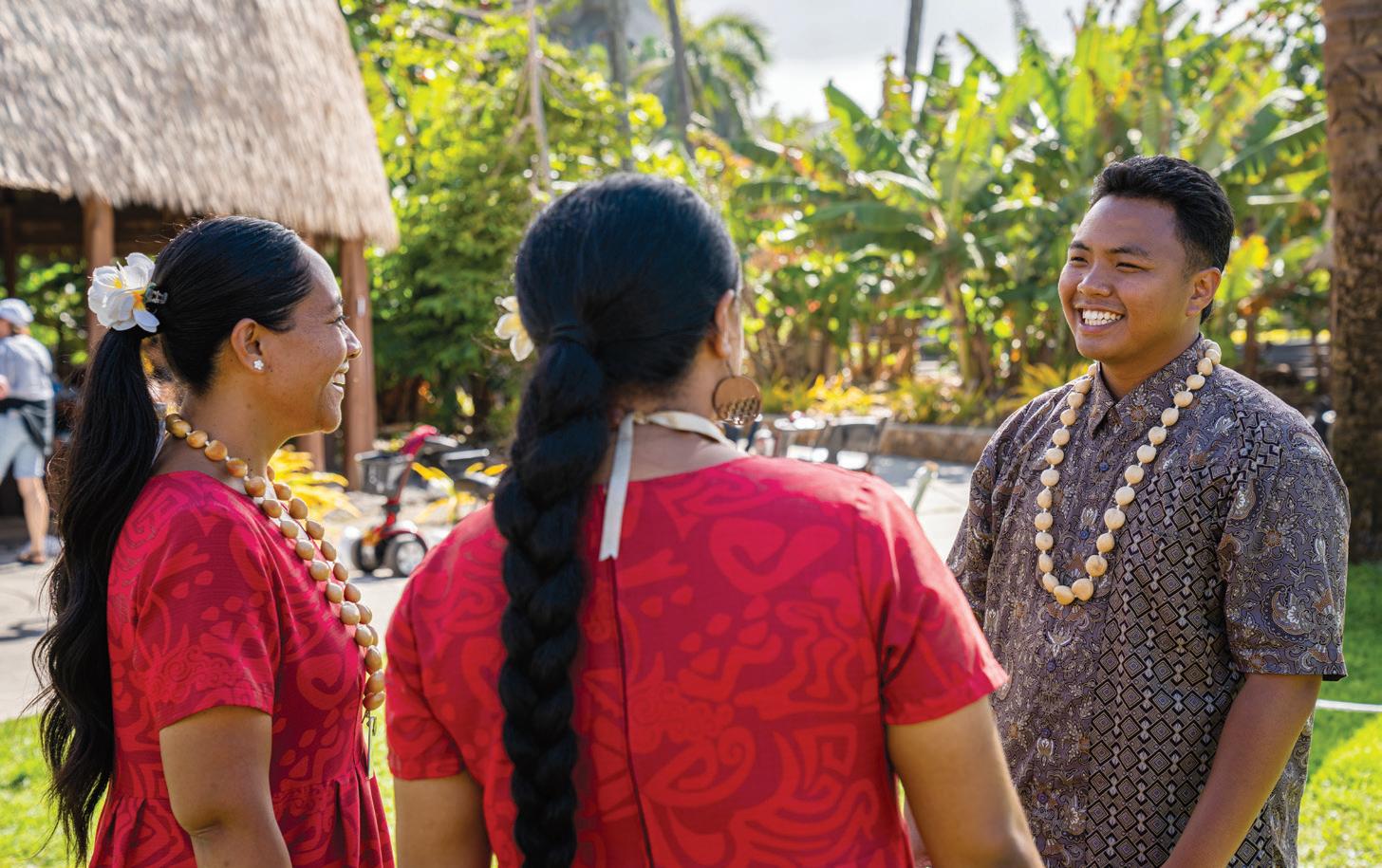
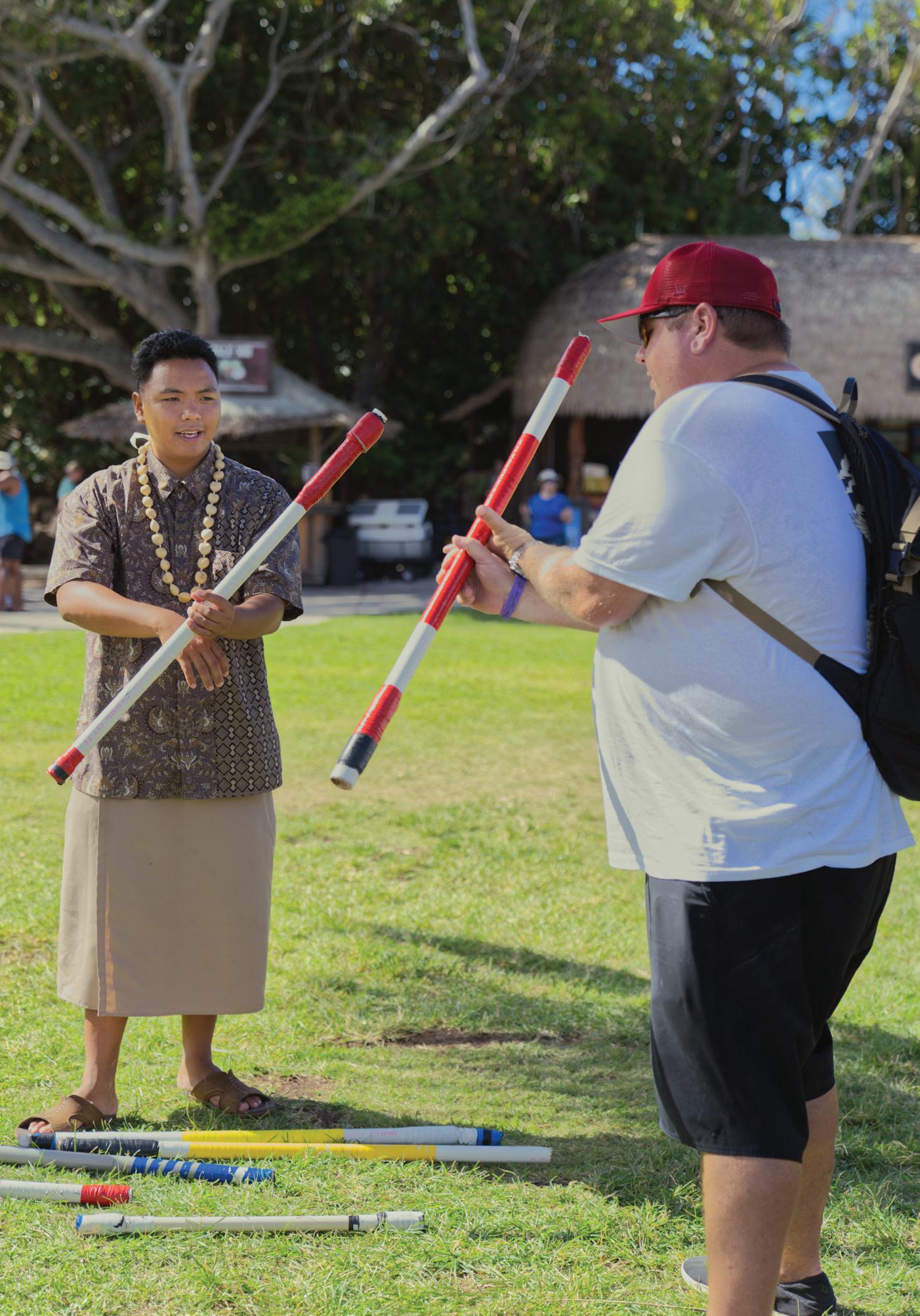
Fotu’aika said regardless of the challenges, the love, support and the bond she shares with her fellow workers motivate her to go to work each day. “My village sisters have been a huge support and motivation to me, physically, academically, spiritually and mentally, to continue with my responsibilities at work and love it,” she said. In addition, she explained she has gained kindness, productivity, punctuality and humility from her experience working at the PCC, which she believes she will need in the future for her dream job.
Although juggling work and studies was always challenging, Smith said she made the effort to keep up with her nightly schedules to help her manage academically and prepare to handle work tasks for the next day. “Working at Luau Hale Aloha has been a highlight of my time at BYUH. Despite stress, I focused on my coworkers’ well-being, often putting their feelings ahead of mine. I coped by smiling, staying positive and doing the best I can to help others,” Smith expressed with a smile on her face.
Fotu’aika said, “Working and dealing with school at the same time is not easy at all. I usually structure my time by working four hours a day, and spend the rest on classes and school work assignments, expected to be completed at the library.” Maintaining a balance between school and work helped her prioritize the things she needed to complete on time, she said.
Mocodompis said he has great respect for students who work outdoor despite the challenging working conditions. “It is difficult and it is physically and mentally exhausting,” he said. When he was a student, he said he remembered sleeping in his uniform after
Mocodompis interacting with guests and employees at the PCC.work because he was so worn out. He said he would then wake up at 11 p.m. to finish his homework before repeating the process the following day.
wOrking with a diverse team

Mocodompis said he started his journey at the PCC in 2018. He shared during his time as a student and after graduating, he worked in the Guest Services Department. He said he was required to work and study as a condition of his IWORK scholarship, and he shared his job at the PCC not only helped him pay for his education but also provided for any other expenses he had while attending BYUH. Having previously worked as a tour guide and now as a manager for the tour guides and canoe pushers, Mocodompis said he enjoys working with his diverse team. “You do not have to be Polynesian to be a tour guide or canoe pusher,” he said. He added there are about 25 canoe pushers and about 105 tour guides, all coming from different countries. He continued, “I meet a lot of young people, and they are all so crazy and energetic.” He expressed his confidence that they will become future leaders of their respective countries, businesses and other endeavors.
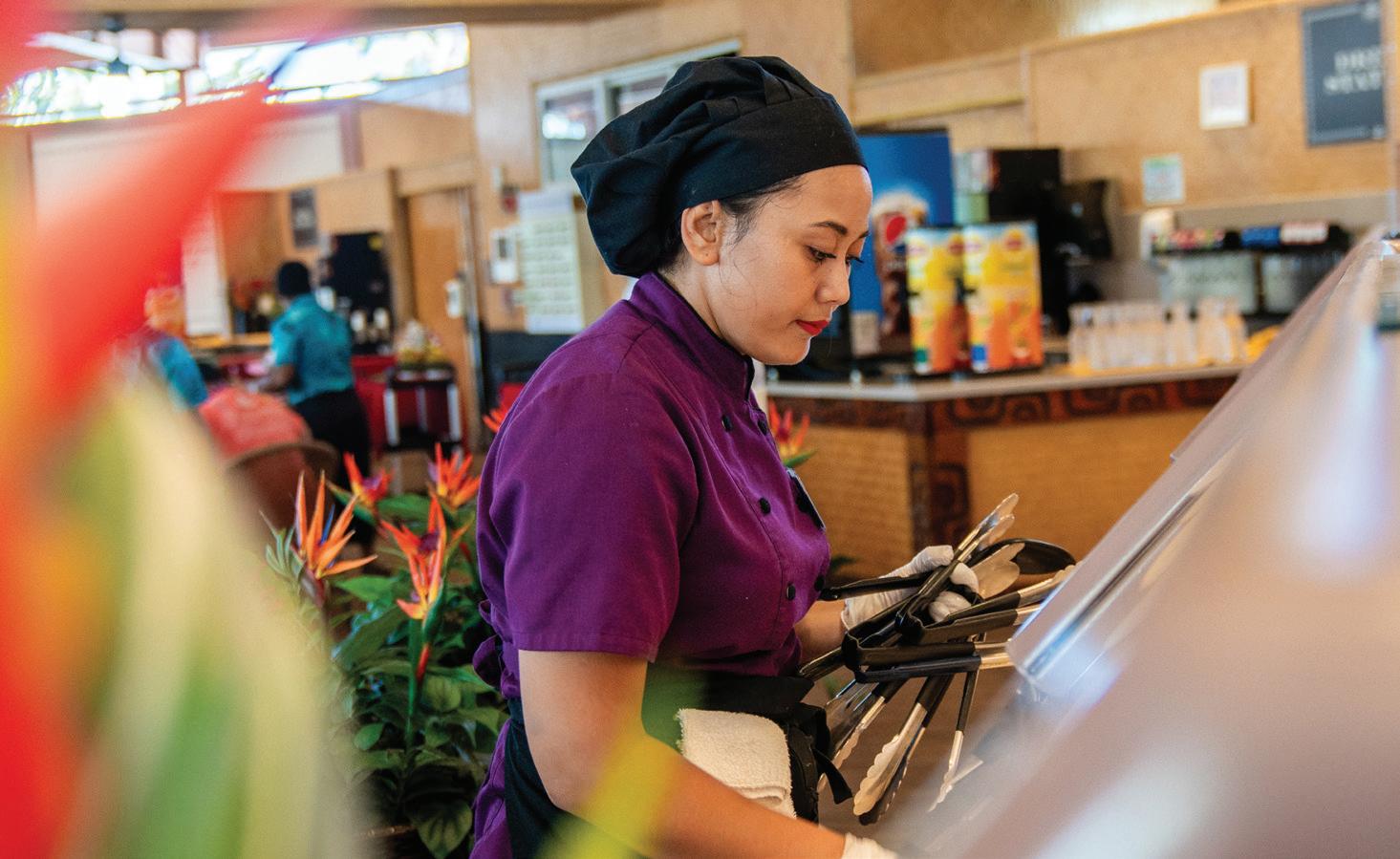
One difficulty he encountered while working and going to school was the recent death of his father. He said his coworkers, who did not know anything about his father, banded together and helped him through this time of trial. “I learned that where you come from does not really matter, regardless of where you are. We are all one big family. I believe that has affected me both personally and as a leader,” said Mocodompis.
Balancing work and school can be hard, but Mocodompis expressed appreciation to the PCC for all the blessings he received as an IWORK student. He said while attending BYUH, with the help of the IWORK scholarship and his work at the PCC, he met the love of his life. “This is a special place, and there is no other place like this,” he said. Mocodompis explained the PCC was a pivotal point in his
journey toward building a family and pursuing higher education.
“Future students should adopt a grateful attitude,” he said, as there are not many institutions like the PCC and BYUH that can provide opportunities to work and study concurrently while also relieving students of tuition-related worries. “If you give your all to the PCC, you will never feel like this is a job,” he continued. He said the Spirit of Aloha is alive in the PCC and BYUH, and said being thankful is important on the path to success.
Smith also said, “I am incredibly grateful for the opportunity … to work at the Center, for it is a significant help in covering my school bills and enhancing my career skills.” She advised all international students who are working at the PCC to keep working, because life is not always easy and stress and challenges are part of the journey.
She said, “As a lead student, I always advise my coworkers that if they’re dealing with personal problems, it’s better to leave those at home rather than bringing them to the workplace because it can become an influence on others and the guests.” She added, “My top tip is that no matter how tough life gets, we don’t need to show strength through muscles or toughness. In fact, a genuine smile can brighten our days and those of others.”
Fotu’aika advised international students on the IWORK program, “Do not take advantage of the blessing you are given to work in the PCC. It is a beautiful and awesome place to work at. You just need to train your mind to work hard and love yourself and those around you each day.”
Smith shared an experience when she first arrived at BYUH looking for a job. “While sitting at orientation, I prayed for guidance. I was then directed to the group [of food service workers at the PCC Hale Aloha] that was set up behind me. I found the perfect job that matched my major and dream career, which was the luau at Hale Aloha,” Smith said.
She continued, “As an international student, I have been motivated to pay for my tuition and expenses on my own, without relying on my family’s support, for I know there is not much at home to depend on.” Smith said, even though it’s tough being far from home, she is driven to work hard and achieve her goals.
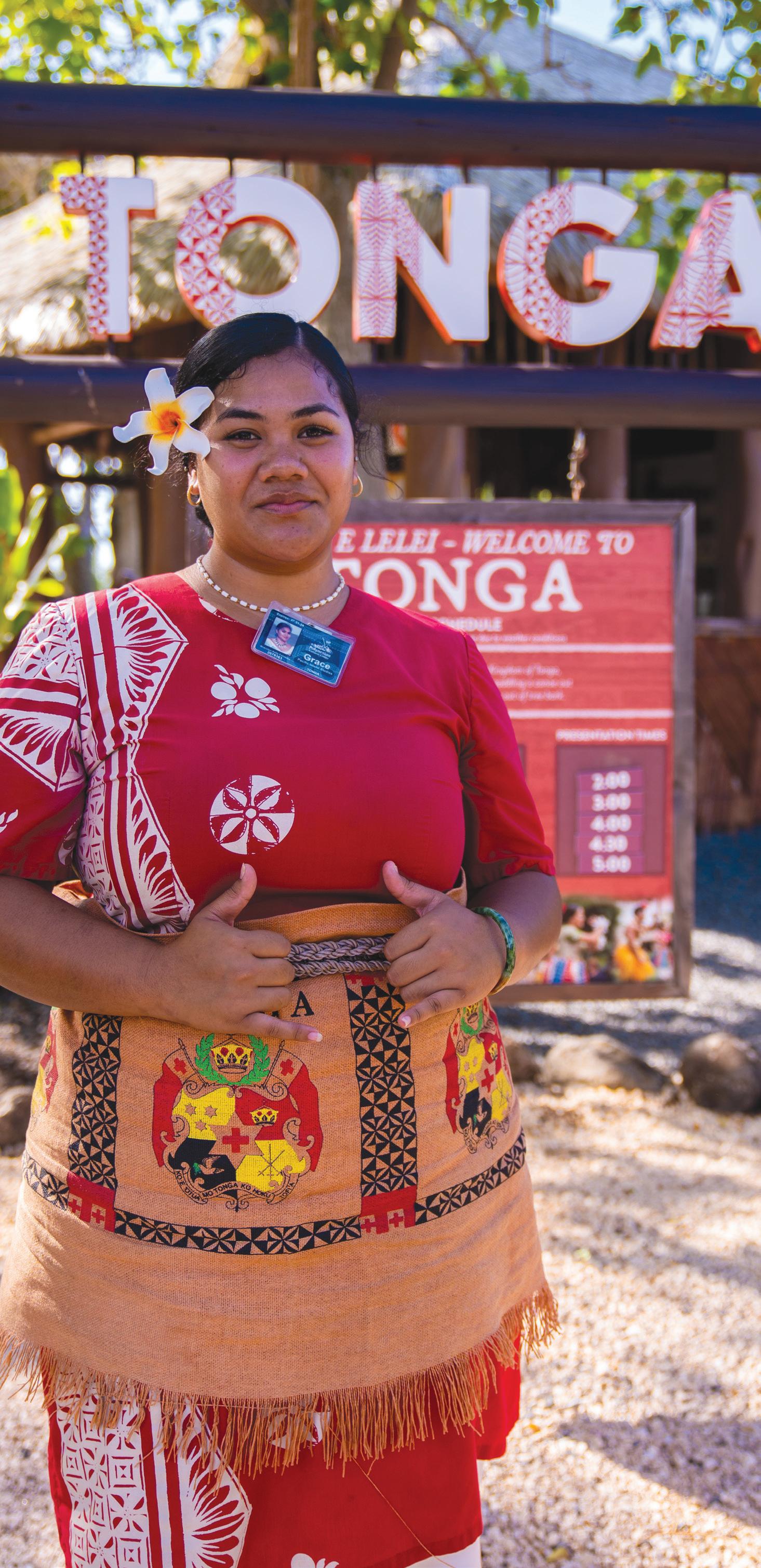
According to Smith, she started as a smoothie maker at the Hale Aloha luau for about six months, then later she briefly worked as a lineman to explore the opportunity. In fact, she said she was admired because of her hard work and customer service and has been working permanently as a lineman for about two months.
“I am a team lead responsible for supervising linemen and keeping the buffet’s cold and hot lines clean and clear at all times,” she said.
Smith said, “One special memory was when I helped a young girl named Lyanna at the buffet. She wanted to try my favorite food, and I could tell she was thrilled,” Smith said. The girl ended up trying one of Smith’s favorite foods, and Smith said this short experience impacted the way she feels every employee should treat each customer, young or old.
She shared, “At the end of the show, the young girl ran up to me and gave me $20 saying it was from her dad. … The small and simple things we might think are too small to make a difference. I would honestly say they
will make a great impact on the lives of those you are surrounded with,” said Smith.
sharing CuLture and LOve
Fotu’aika explained her responsibilities as a village worker consist of taking guests for a tour of the Tongan Village, showcasing things such as weaving, spear tossing, canoe paddling and to play a royal Tongan game called the Lafo. “Aside from all these different responsibilities, I am blessed to have the chance to host the main presentations that involve the master of the drums performances,” she added.

Fotu’aika expressed she often shares jokes while teaching guests and finds it is a great technique to engage with the tourists. She recalled a memorable experience when she received a message from a girl who once visited with her family and remembered Fotu’aika from the Center. She said, “The girl mentioned being familiar with me, and expressed appreciation for the time I spent to help her and her family enjoy their time at the Center.” Fotu’aika said that simple message motivated her to continue doing good each day.
She said, “As an international student on the IWORK program, working here at the PCC was obligatory, but beyond that, I have cherished the chance to meet new people, get engaged with tourists daily and collaborate with fellow Tongans.” Being part of the Tongan Village is a privilege as it allows her to get a glimpse of home, said Fotu’aika. •

 BY KARL MARQUEZ
Below: A seamstress works on the finer details of a costume.
BY KARL MARQUEZ
Below: A seamstress works on the finer details of a costume.
The Polynesian Cultural Center seamstress department, together with students, service missionaries and community members, bring their personal experience and knowledge to create authentic costumes to echo the spirit of Polynesia, says the PCC website. Polynesian cultures have complex details woven into each piece of traditional attire, according to the website. Each pattern, stitching and color represent a distinct tradition from a particular island culture.
Elizza Keni, assistant supervisor for textile and uniform design at PCC from Australia, said although some workers at the Center are behind the scenes and out of the spotlight, the seamstress department plays a pivotal role in the creation of traditional costumes and uniforms used by staff and performers around the Center.
Keni said the seamstress department started when the PCC opened in 1963. She said there were two or three seamstress departments that focused on performers and uniforms. She said the department’s goals shift from time to time to allow all of the workers to appreciate their work and the culture of each piece of clothing and fabric. “Though changes occur from time to time,
the importance of bringing the culture to the world stuck with our minds. This mindset helped us to show the world what Polynesia is,” she said.
During those early years, Keni said the skills and knowledge about Polynesian quilts and fabrics were passed down to young workers and encouraging them to continue the tradition moving forward. “The aunties kept reminding us to love what we are doing. They reminded us that every time we put our whole love and effort into seaming the clothes, it can heavily affect the guest’s experience,” she said. Up to this day, she said this is still observed in their department, continuing the tradition.
The PCC website says each performer’s costume is a conduit for the cultural stories it represents. As part of the seamstress department, the employees’ roles are to help portray the story through the clothes they make. Each garment, whether it is for Aotearoa’s haka or Tahiti’s dance, carries with it centuries of stories, celebrations and ceremonies.
Keni said part of preserving culture is to pattern and buy the fabrics from places where they originate. She said most of the fabrics are available here in Hawaii, but for

some costumes, the fabrics are only available to their respective islands. “We have ample help from many people to source the fabrics and materials we use. Most managers on each island know people, either around the island or outside the island, [where] they can source the supplies we need or a specific attire they want. It takes diligent communication with each island manager to see if we made the costume the right representation of the culture,” she said.
Keni explained most traditional costumes can take up to one year to make due to the sourcing of fabrics and the need to provide sample designs, and get approval from cultural specialists to start making it. “Besides sewing their attires, it takes a lot of our time and effort to get it done. Although, not all attires needed that long to make. It is just the traditional costume that needs that much time to consider,” she said.
Olivia Drake, a senior and a student seamstress from Idaho majoring in intercultural peacebuilding and psychology, said before coming to Hawaii she found out PCC was the best representation of Polynesian culture. She said being able to work at PCC was the best decision she made to learn more about Polynesia, especially the types of clothing they sew every day. Drake said, “As
part of this special department of PCC, we aim as a team to preserve, promote and share the culture with tourists and guests through the traditional clothes each island wears.” She said they make sure before they change the patterns of traditional clothes they are sewing, it should be approved by each culture it represents.
Keni added, “Besides the traditional fabrics we are working on, the best way for us to preserve the culture is to carefully mentor the upcoming workers and future department managers about our work.” She explained past workers created a similar working environment they all share, where workers and managers respect the culture of the island and take care of each of their respective costumes. “It is more than just sewing. It is showing love through your work,” she said.
Judy Mansen, a service missionary from
Ellis, Idaho, said the center makes sure proper fabrics go to their proper islands. “I know I have been sewing most of my life, but it is important to remember when you are working for a cultural center to make sure your fabrics and styles fit the island it represents. That does not only make the Center authentic but preserves the culture and history behind the design of each costume,” she said.

Drake said the future looks promising for the Center “because we aim to preserve the Center’s culture. There is an emphasis on using an integration of techniques and using modern technology to create clothes for the future. We make sure to maintain the cultural significance of each piece of clothing we make, even when materials are evolving and current machines are being replaced with new ones.”
Ever since Keni started working in the seamstress department, she said she saw enormous changes within their department on how they create the clothes. “I started working here when most laborers needed a manual effort from everyone to create a certain costume. Right now, I have seen the PCC update most of the machines that we are using and slowly turning to digital.
“Although modern technology is paving its way to our department, it does not take away our responsibility to create the best and most authentic costume a performer will wear,” Keni said. •
A worker carefully operates their sewing machine. Photo by Yui Leung. Graphics by Yichi Lu.The Polynesian Cultural Center has a rich history that dates back to the dreams of two men who wanted to improve the lives of Pacific islanders, according to Laura F. Willes’ book, “Miracle in the Pacific.” However, Willes and scholars emphasize how the local men and women were the ones who ensured the project’s success. They performed the manual labor and brought expert knowledge of building methods from their own islands, which they used to give each village a high level of authenticity.
The two men mentioned in Willes’ book, Elders Matthew Cowley and Edward L. Clissold were both deeply involved with The Church of Jesus Christ of Latter-day Saints in the Pacific and were committed to advancing the cultural, economic and spiritual development of the region.
Alice C. Pack, in her book “Building Missionaries in Hawaii,” writes that Elder Cowley and Elder Clissold’s vision was to provide opportunities for Pacific islanders to come to the temple. She explains how this led to the creation of the PCC, which is now a thriving institution celebrating diverse cultures.
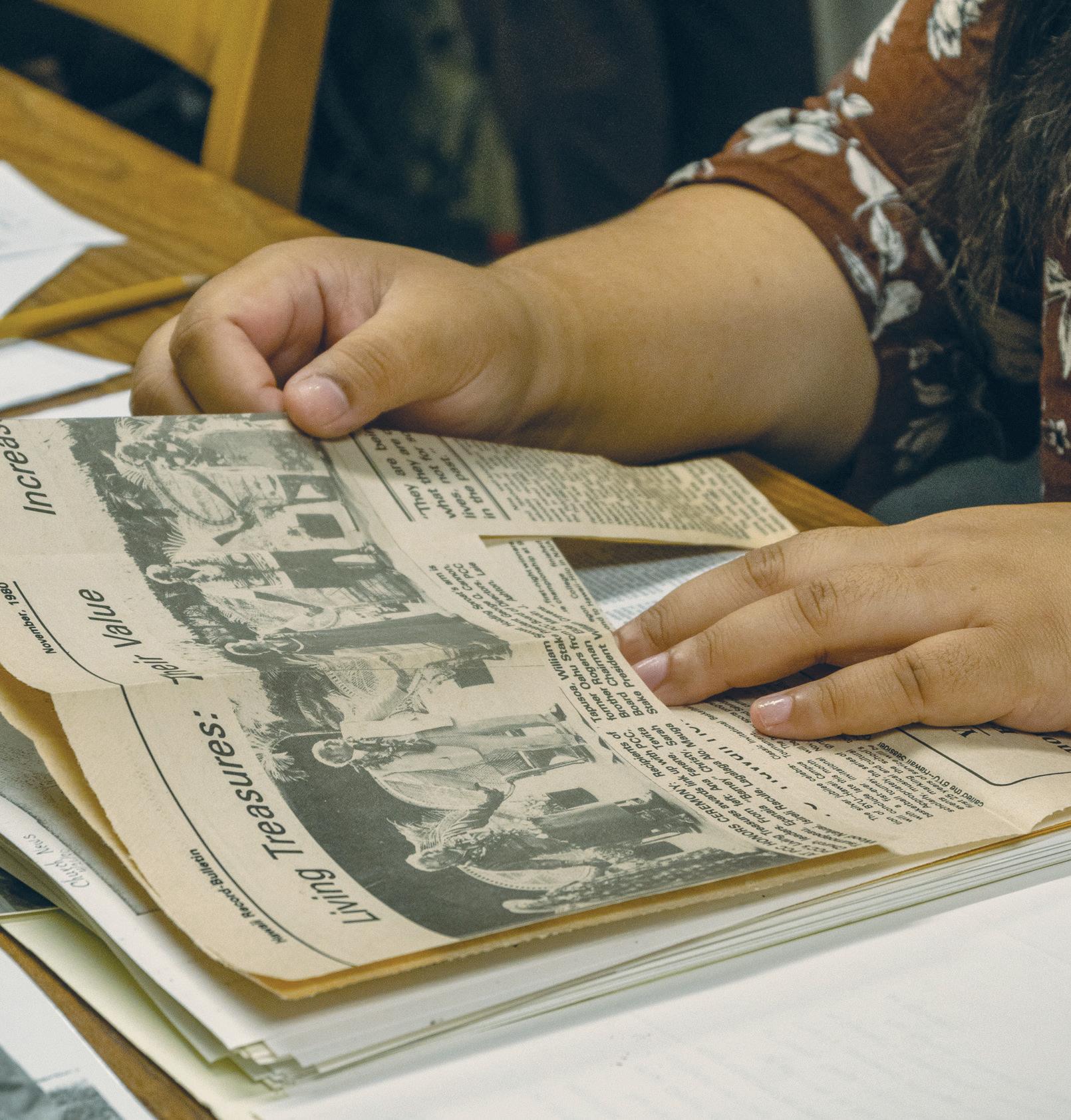
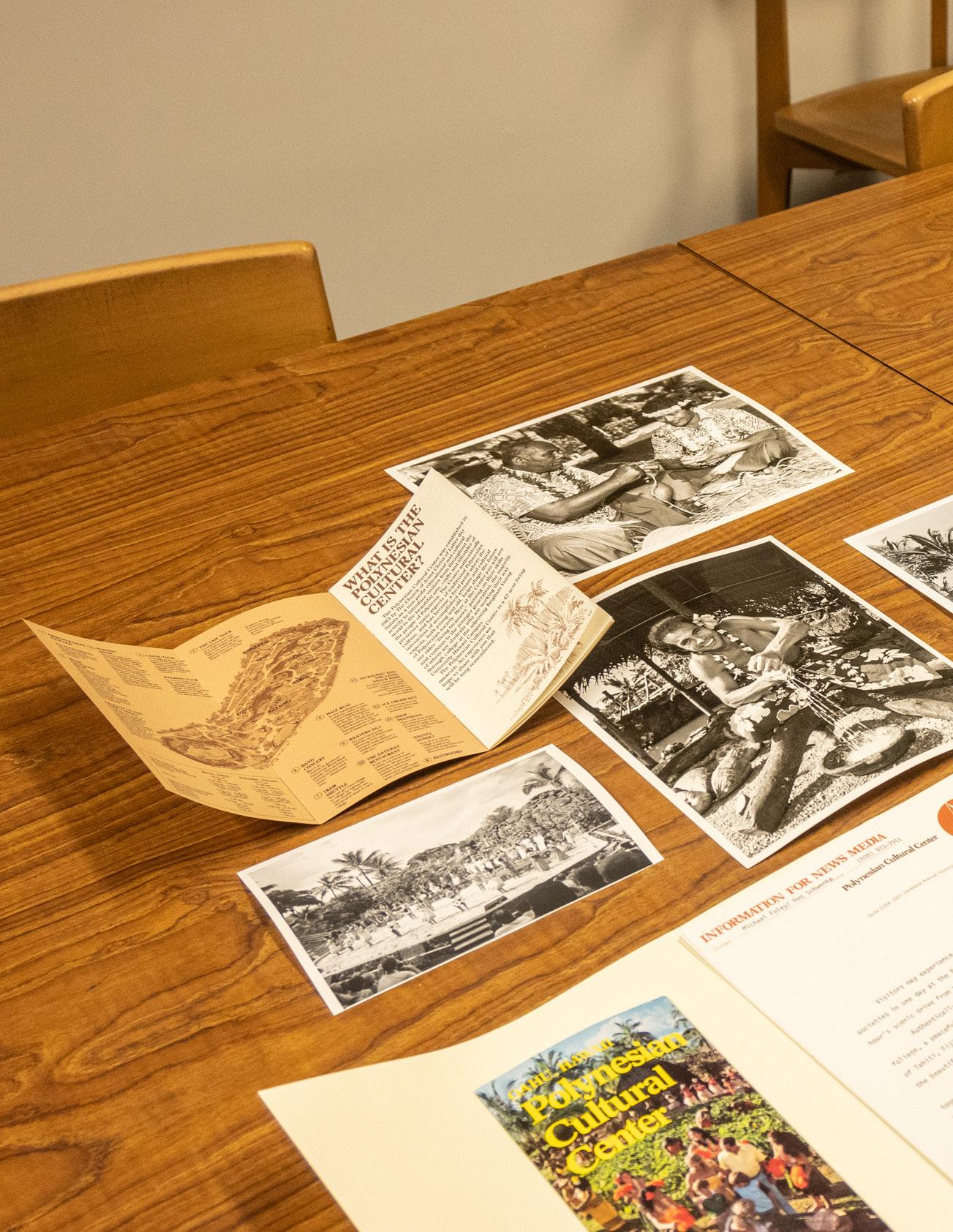 Newsletter found in BYUH archives.
Newsletter found in BYUH archives.
According to the PCC website, over 100 labor missionaries offered their assistance in constructing the PCC’s original 39 buildings on a 12-acre plot that was previously used to grow taro. The village houses were constructed using authentic materials from the South Pacific and skilled craftspeople were brought in to ensure their authenticity, according to the PCC website.
BuiLding the PCC’s viLLages
In her book, Willes shares how in February 1962, the taro patch was dug up and the lagoon was excavated. Architect Douglas Burton studied Polynesian building styles and techniques to create drawings for the labor missionaries to use when constructing the structures, Willes writes.

The PCC village structures were built with a focus on utilizing local resources. The majority of structural logs and perimeter posts were made from ‘ohi ‘a wood, while coconut logs were also used. These logs were stripped of their bark on-site, as stated in Willes’ book.
The exteriors of the houses were covered in fern, thatch, bamboo or reeds, making it difficult to see the intricate framework of the buildings from the outside. However, the inside of the buildings revealed the complex framework, as explained by Willes in her book.
Sennit, or ‘afa, a significant material in the Pacific, was sourced from Samoa and Tonga, and used in the construction of the village structures. Strands of coconut husk were soaked, beaten and braided into strong cords for various purposes. Willes explains in her book how intricate lashings were employed to hold the framework of the buildings together, both for strength and decoration.
To maintain authenticity, indigenous materials were used for thatching whenever possible, according to Willes. Sugarcane lau, which was easily accessible in Hawaii, was used when indigenous materials were not available. Sugarcane lau had to be woven before application to reflect a commitment to traditional methods.
Pili grass, known for its durability, was also used for specific structures. However, due to its limited availability, special efforts were made to obtain it. According to Willes, pili grass was transported from Kohala on the Big Island of Hawaii to Oahu.
Additionally, in her book, Willes details the PCC’s unique approach to landscaping. Rather than planning out the greenery beforehand, the Center simply added trees and plants as they were donated by locals. After construction was completed, a labor missionary, Mileka Apuakehau Conn, featured
in Willes’ book, reflected on the experience, noting they had learned to understand and appreciate the local culture and its values of patience and humility.
On Oct.12, 1963, the PCC first opened its doors to the public. Since then, it has undergone numerous changes to improve the experience for guests of all ages and backgrounds while still preserving the beauty and culture of Polynesia. According to the PCC website, Elder Cowley, one of the founders, always believed that sharing the Aloha Spirit and the customs and traditions of Polynesia would be infectious and would continue to thrive if shared with others. •
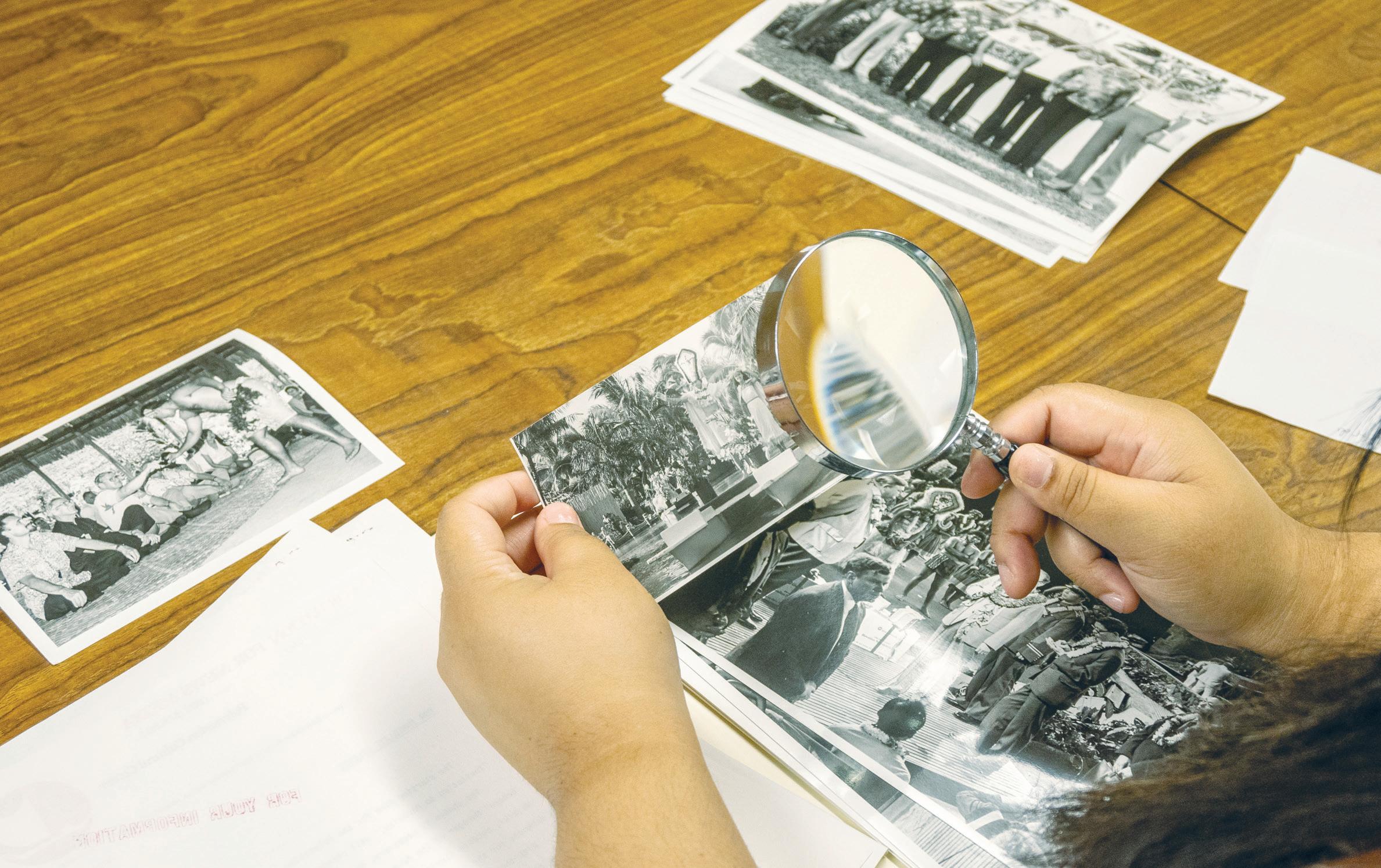
 BY LINDA LAULU
BY LINDA LAULU
After marrying their eternal partners, members of the BYU–Hawaii ohana shared their love stories and said the Polynesian Cultural Center played a role in them finding one another. Some of them shared that PCC holds great significance in understanding each other’s cultures, served as an example of how to accept different individuals, and helped them make lifelong memories.
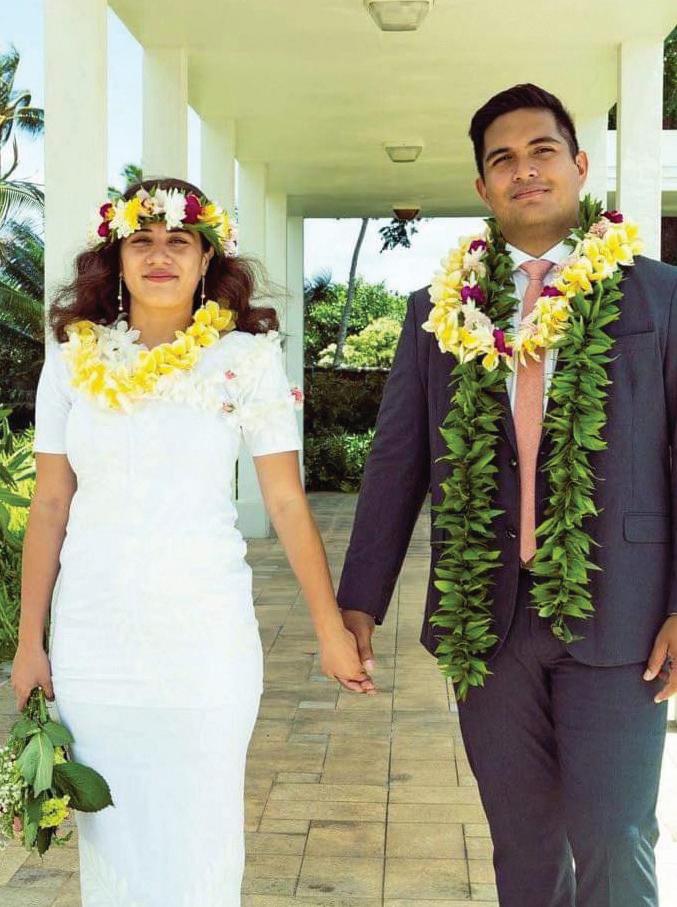
Avae Kairi, a sophomore from Papua New Guinea majoring in social work, said he met his wife, Teihani Gendron, who is now Teihani Kairi, a junior from Marquesas majoring in hospitality and tourism management, at PCC on July 5, 2022. He said he was working in the

Hukilau Marketplace under the Operations Department, while his wife worked as a tour guide under the Guest Services Department. He shared it was love at first sight when his wife volunteered to help his department clean up the firework particles from the Fourth of July celebration. Avae Kairi shared that as he admired her social nature, he wanted to approach her but was shy.
However, while heading to have breakfast at his office after cleaning the field, Avae Kairi said Teihani Kairi approached him and started the conversation. After the introduction, Avae Kairi said, “Teihani Kairi shared her knowledge gained from her work and started to explain the purpose of all parts of a coconut tree,” he said. “I wanted to ask her out on a date, but my
boss interrupted the conversation and needed me to do something for him right away. So I decided to ask for her Facebook name instead,” said Avae Kairi with a smile.
He recalled after hearing Teihani’s name once, he tried to remember it the whole day by saying it a couple times until he could return home and search for her on Facebook After Teihani Kairi accepted his friend request, Avae Kairi said he asked her out on a date right away. On their first date, Avae Kairi said he and Teihani Kairi had a realization about the similarities in their upbringings and life path. “I have come to learn that Teihani’s lifestyle in Marquesas was a little similar to mine in PNG. As a result, we both shared interest in the way we were brought up, which was one
BYU-Hawaii students and alumni share how the PCC has contributed in finding their true love, strengthening their individual relationships and supporting them financiallyFrom left to right: Avae Kairi and Teihani Gendron, Vaughn Curioso and Sasha Fabricius, Tunumafono Ferila Soatogi and MJ Matau.
reason why our interest in knowing each other increased,” he said.
Through experiences of cross-cultural understanding gained from the Center, Avae Kairi said, him and his wife have learned to prioritize effective communication, ensuring that their emotions are conveyed and feelings are open to each other every single time, whether in person or through text. Teihani Kairi shared, “My husband’s humble and patient personality helped us resolve the many challenges we have encountered. He learned the value of treating people with love and respect from his family, which helped our partnership as a Melanesian and Polynesian couple grow and be blessed,” she said.
The Kairis shared since they began dating, they have been committed to learning about each other’s languages and cultures, which they said is one of the main traits gained from working at the Center. Avae Kairi said he is learning Marquesan, and Teihani Kairi is learning Tok Pisin. They shared they enjoy cooking their cultural dishes and sharing it with one
another, which was one of the highlights of their dating experience. Avae Kairi said, “With all of these efforts, we hope that our children will come to understand the importance of both cultures.”
In addition, according to Avae Kairi, their relationship with the PCC has helped them gain a deeper understanding and appreciation for each other’s heritage.
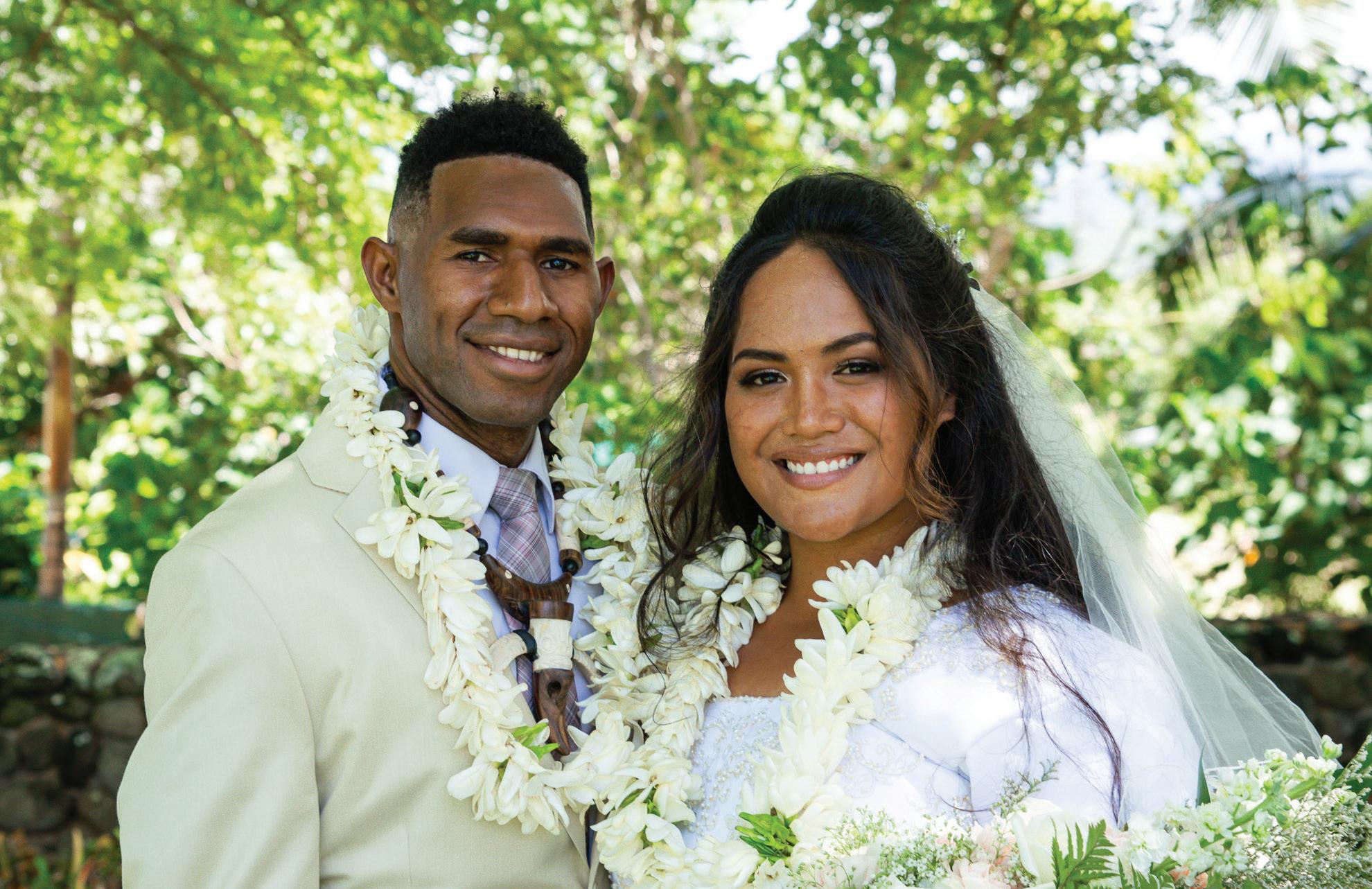
“The PCC inspired us to have effective communication, support each other and overcome challenges that arise from misunderstandings,” Avae Kairi said. He advised those who are dating to radiate the spirit both privately and publicly. “It is unfair to be happy, lovely and kind with others, when you and your partner are the total opposite at home,” he said.
The Kairis said their most favorite memory at the Center was their first date, where they enjoyed ice cream and watched “HA: Breath of Life” for the first time. “I was excited when Teihani suggested we attend the night show together because I worked in the Mar-
ketplace at night and had never had the chance to do so,” said Avae Kairi.
Avae Kairi and his wife acknowledged there were misunderstandings and mistakes at the beginning of their relationship. According to Avae Kairi, actions such as kissing, holding hands and cuddling are considered private acts in his culture. On the other hand, he said in Teihani Kairi’s culture, these behaviors are acceptable forms of public displays of love and affection.
Above: Avae Kairi and Teihani Gendron. Photo by Katherine Omae.“My husband’s humble and patient personality helped us resolve the many challenges we have encountered. He learned the value of treating people with love and respect from his family, which helped our partnership as a Melanesian and Polynesian couple grow and be blessed.”
Tunumafono Ferila Soatogi, an English major from Samoa who graduated in 2022, shared, “I met my husband through a mutual friend. We were dating other people at the time and were also dancing in other luaus outside of the PCC.” According to her, MJ, her husband, had already left the PCC but would come in to help train fireknife dancers for the show while she was working as one of the dancers. She shared they didn’t really like each other at first.
“I was a full-time student straight from Samoa trying to make ends meet, and he was a local boy already known around the community. We were just two different individuals
with hardly anything in common.” Soatogi also shared during their early days of getting to know each other, they only ever talked if the conversation involved their mutual friend.
Soatogi shared the Center has helped her stay rooted in her cultural values even through her home is miles away. She continued, “The beautiful thing about being Samoan with a strong cultural background is learning to appreciate it when you’re outside of Samoa... Life can be difficult at times, especially being away from home,” she said.
However, she added home can always be where people create something special that gives them a sense of belonging. In keeping this alive in her marriage, Soatogi said, “We allow ourselves to practice culture through
our actions, words and how we treat each other.” She shared this has become one of the strengths in her and her husband’s relationship.
Furthermore, she said the Center has helped widen their understanding culturally, spiritually, and mentally. “We have definitely grown since the first time we met, and while in our marriage, we have come to create our traditions by incorporating great values that we’ve learned from both inside and outside of the PCC.” She shared she will continue to build her own legacy through her words and actions, as she and her husband continued to show love for one another.
She added in marriage they are a team. Soatogi said they learn to love, respect, and appreciate each other.
“As we strengthen our bond, we continue to develop attributes that have helped us radiate the spirit of the Lord in our home. We protect each other, and we don’t allow others to dictate our life choices because at the end of the day, it all comes down to us,” she said.
Soatogi shared a few of their memories from the Center. Their marriage proposal took place in the Aotearoa Village. They also support each other when they’re called to serve in the Center, she explained. “Every time my husband is asked to judge, whether it be a PCC Employee Fireknife Competition or the Worldwide Fireknife Comp, I’m right there by his side and vice versa.” Soatogi added, “When I accepted Farrington High School’s offer to teach the cultural club, my husband never questioned my choice and he supported me all the way to the festival.”
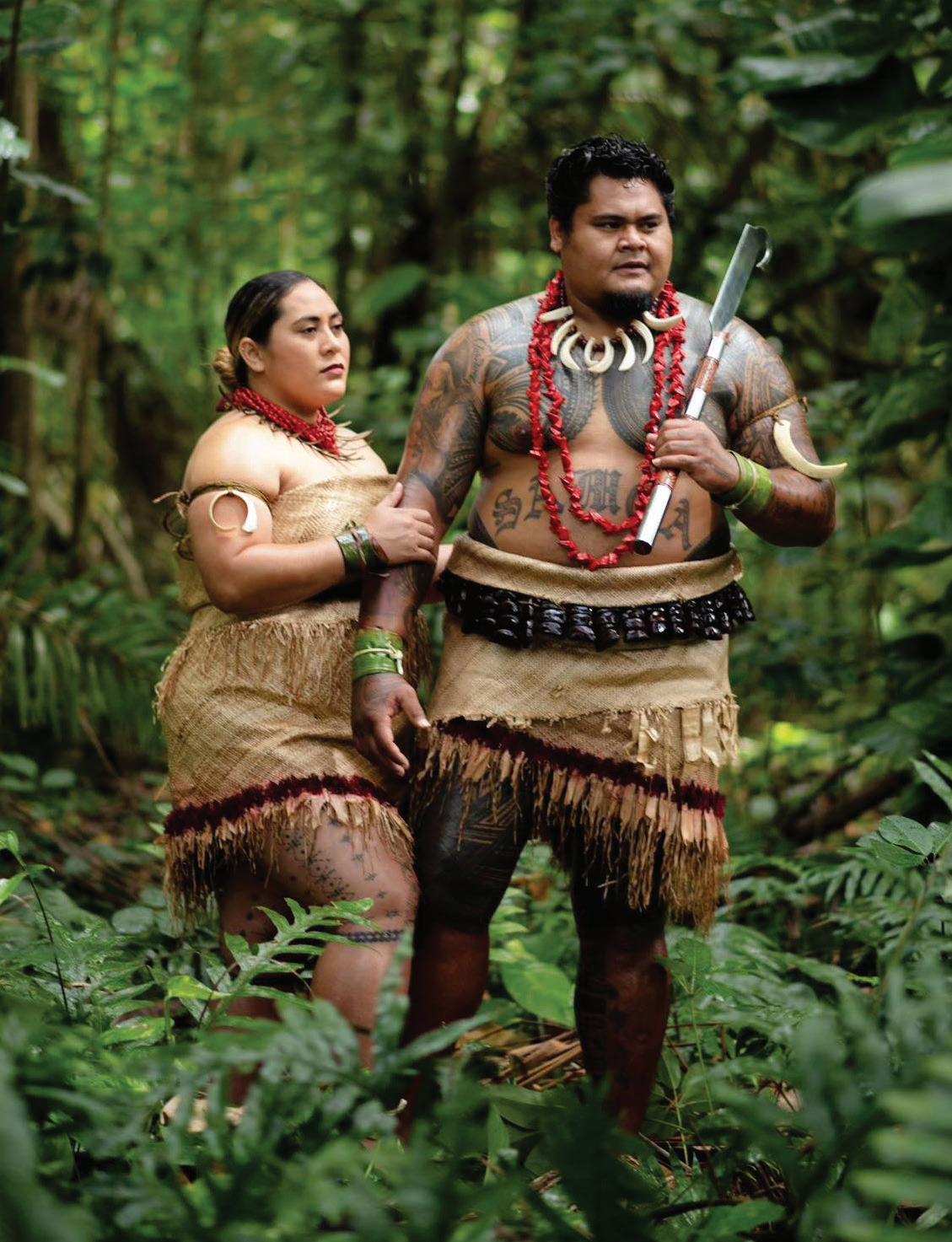
Throughout their romantic journey, Soatogi shared there were always challenges and trials as they tried to make their way to perfection.
“Our first year of marriage was challenging. Living with someone who doesn’t do things the same way as you can be tough, especially when you grew up in a home where everything was organized well.” She added, “My husband, on the other hand, was a whole different package. Despite the differences we had, we didn’t allow our upbringing to be the center of something fresh that we were trying to build. The key to a balanced marriage is communication because without it, we would never learn to understand each other.”
Left: Tunumafono Ferila Soatogi and MJ Matau. Photo by Atea Lee Chip Sao and Isi Fehoko.A BYUH alumni and a former PCC employee, Vaughn Curioso, an alumni from the Philippines who graduated in visual arts, said he participated in the IWORK program and worked at the PCC’s Gateway Buffet. He said he met his wife there, who was Sasha Fabricius at the time.
Curioso said discovering the variations in cultural viewpoints has enhanced his comprehension and perception of others. “As [my wife and I] delved into each other’s lifestyles, it opened up our curiosity about individuals from diverse backgrounds,” he said. In fact, this keen interest extended to their preferences in food, entertainment and music, he said and they wholeheartedly embraced a more diverse perspective in their life together.
“I also believe these aspects have polished us as a couple, making us more attuned to what each of us values and deems significant in our relationship,” said Curioso.
“I vividly recall how relaxed it felt when Sasha and I spent time together, even before we made our relationship official,” he said. He said he didn’t have to pretend to be someone he wasn’t because he could simply be himself.
“We often embarked on late-night adventures to Seven Brothers, making bets and indulging in delicious burgers accompanied by milkshakes,” said Curioso.
One significant aspect that bridged the gap between their cultural backgrounds was their desire to try each other’s cultural foods, he said.
“While it may sound simple, our willingness to savor each other’s culinary traditions played a crucial role in bringing us together. Beyond just food, Vaughan Curioso said their shared values connected them on a profound level. Samoans and Filipinos have many common customs, he shared, and their close-knit family has incorporated a blend of these beliefs and traditions in their own unique way.
“The PCC served as a model for embracing individuals regardless of their origins, and this alone played a significant role in fostering our respect for these distinctions,” he said. In their view, what mattered even more than the differences were the commonalities that bonded
them as a couple.” Curioso continued, “Certainly, there are some intriguing preferences among us. Sasha has a fondness for performing Filipino pop tunes and indulging in traditional Filipino cuisine such as adobo, sinigang and more. In contrast, I take pleasure in wearing sulu and Eveni attire, savoring a robust, dark koko Samoa beverage, and relishing baked ulu with luau.”
Curioso shared, “I would say that my experience at the PCC held great significance for me in terms of gaining a deeper understanding of the Samoan culture. It allowed me to appreciate the profound connections my wife has with her homeland and her people.” He shared this was refreshing because it reinforced the idea that life includes more than just careers and spending in a society when many people are just concerned with the competitive desire of achievement and outshining their neighbors. He said he was reminded when people explore their cultural roots, life takes on a deeper, more meaningful quality.
“Having resided in Laie for five years, I’ve had the opportunity to encounter numerous cross-cultural couples,” he said. While each couple is unique, he shared he believes dedicating time to understanding a partner’s cultural nuances can greatly benefit a relationship.
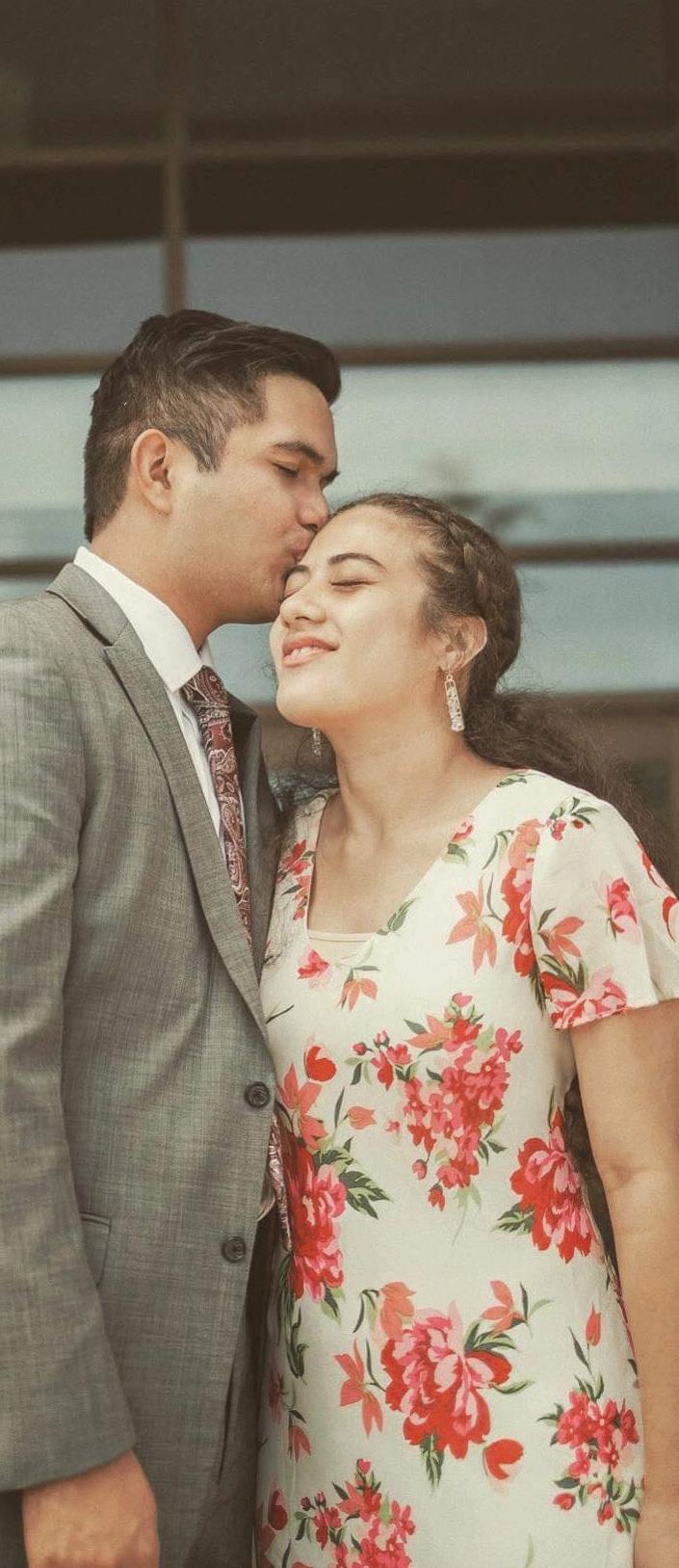
“Additionally, it’s crucial to recognize that we’re all in a continuous learning process, and cultivating an open-minded approach will enhance our capabilities as couples,” he said.
Curioso shared, “It’s completely normal to encounter cultural distinctions, and the adaptations we’ve undergone have required us to appreciate each other’s perspectives in a more culturally sensitive manner.” He continued, “One intriguing observation we made, however, was despite our cultural backgrounds shaping our viewpoints, we also possess deeply personal and subjective ways of perceiving these differences.”
Some of the challenges they encountered were daily, Curioso said, while others pertained to specific social interactions. Surprisingly, he said they realized these challenges were not significantly different from those
faced by couples from the same cultural backgrounds. He said their experience at the PCC provided them with a blueprint for addressing these issues.
“We realized that patience and a sincere effort to understand one another are key, and as we invested more in comprehending each other, these divergences in values evolved into meaningful connections,” explained Curioso. •
Left: Vaughn Curioso and Sasha Fabricius. Photo by Mark Tabbilos. Graphics by Enkhtuvshin Chimee.Silent Contributors: The Unsung efforts of
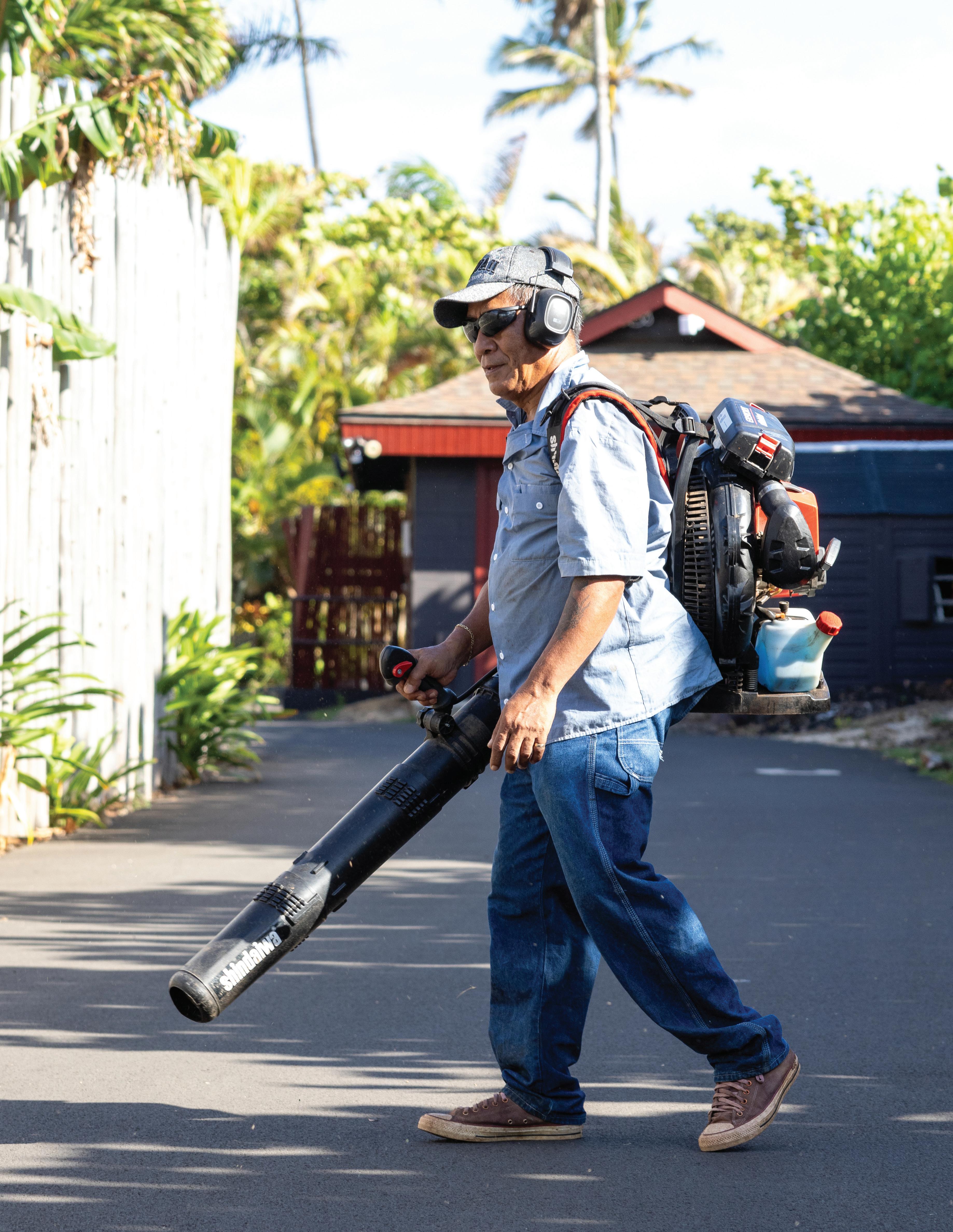
Students and community workers share their experiences to preserve PCC’s lifelong culture
BY KARL MARQUEZ William Cabbie blowing the service road onthe side of the Aotearoa village. Photo by Yui Leung. Graphics by Yichi Lu and Sugarmaa (Kendra) Bataa.For 60 years, the Polynesian Cultural Center has been a living museum and a top tourist destination known for its diverse showcase of Polynesian cultures according to the PCC website. “Although the PCC’s grandeur, history and authenticity are definitely exciting, only a few visitors are aware of the work that goes behind the scenes,” said Joshua Garcia, the manager of the grounds and custodian for the PCC from El Salvador. A major part of preserving the PCC’s craft and culture and the key to the center’s ongoing success, he said, is the team of dedicated maintenance workers who work
tirelessly to preserve the center in pristine condition.
Garcia said, “Part of preserving the center’s culture is to make sure to grow and take care of plants that are rich in Polynesian history. Aside from the regular cleaning we do around the center, we are also tasked with beautifying the center through basic gardening and taking care of each plant around the center.” Moreover, he said it is not just ensuring the cleanliness and maintenance of plants; it also involves sets of tasks from other maintenance departments to take care of buildings, designs and technical challenges.

Thummim Fay Dollete, a freshman majoring in biology from the Philippines, said, “Why I am working here is because of an interest I had when I was young that has carried over until now. Now that I am taking my talents to PCC, it is now my responsibility to use my inherited skills to take care of historical plants around the area.”
She said her responsibilities are different depending on which assignments they are assigned to. Right now, she said she is focused on weeding around native plants, tree trimming and pruning in every village around PCC. “Whenever we are assigned to make some changes around the native plants, we continue to learn. Since plants grow differently from others, it helps us to know what fits best to help them grow,” Dollete said.
According to the PCC’s website, the Center made changes in 2020 during the pandemic to prepare guests for its future reopening. Since PCC’s focus is to “share with the world the cultures and diversity... of the nations of Polynesia,” its aim was to replace common and non-native plants in the PCC with native alternatives from Polynesia. Moreover, the website says the propagation of plants has been happening until now to further continue the beautification of the Center.
Garcia said the combined efforts of service missionaries, community workers and students made it possible for the changes on the plantation to be successful. “Since the Center is made possible by the contributions of many people, past and present, our priority now is to do the same to further continue the culture we implement at work moving forward,” said Garcia.
According to the PCC’s website, the Center is home to a variety of plants that represent specific cultures. An example of this is having yellow lily plants in the Samoan Village, a patch of fern in the Aotearoa [New Zealand] Village, croton and tapioca in the Fijian Village and green ti and taro in the Hawaiian Village. Each plant is taken care of differently, and they are essential to the Center’s authenticity while also contributing to the visitor experience
Denzel Lou Renz Tadeo, a freshman majoring in graphic design from the Philippines, said he enjoys doing this work
in the morning. “Sometimes our jobs go unnoticed because we prepare the villages every morning right before the guests start coming in. Although it is tiring and hard work, we communicate with the guests and visitors by preparing each island in the Center for them,” Tadeo said.
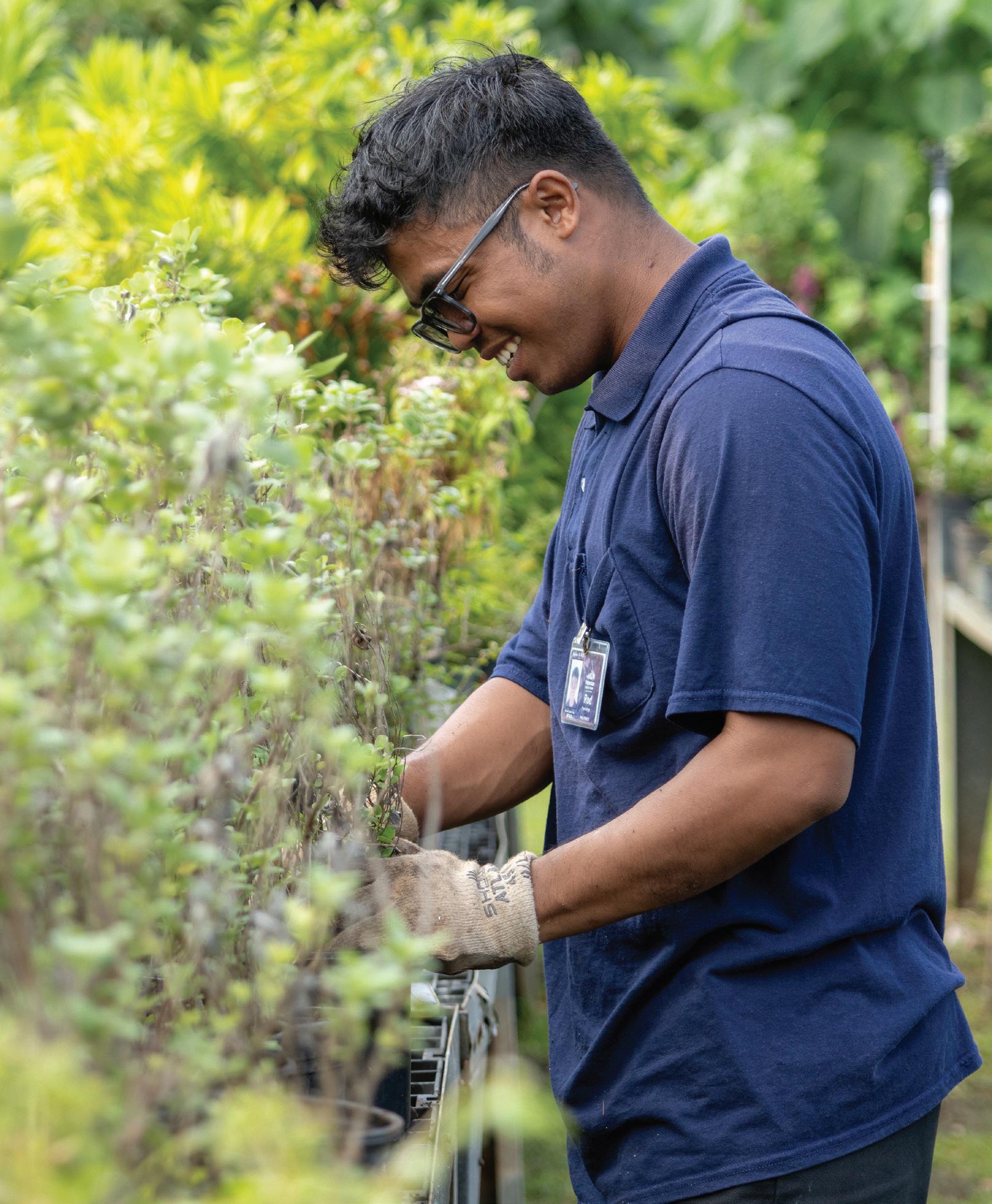
Tadeo said their tasks vary depending on what they want to accomplish for the week. He said no matter how different each worker’s tasks are each day, they are to offer help to everyone they come into contact with. “That is the tradition we cherish in this Center; no matter how old or young you are in the Center, you contribute to its rich culture and history,” he said.
A tree trimmer and landscaper, Viliami Tuulangavalu from Kahuku, Hawaii, said, “Part of what I do is to assist everyone in each of the villages. Although I have a specific assignment each day, I lend a hand to each worker I come in contact with.” He said one of their tasks, besides beautifying the Center, is to offer each other in the community the Aloha Spirit as they go. He said it has been the PCC’s tradition that each worker needs that spirit so the visitors can feel it whenever they visit the Center.
The PCC website says the landscape workers are guided by the traditional methods of experts in each of the plantations. Each
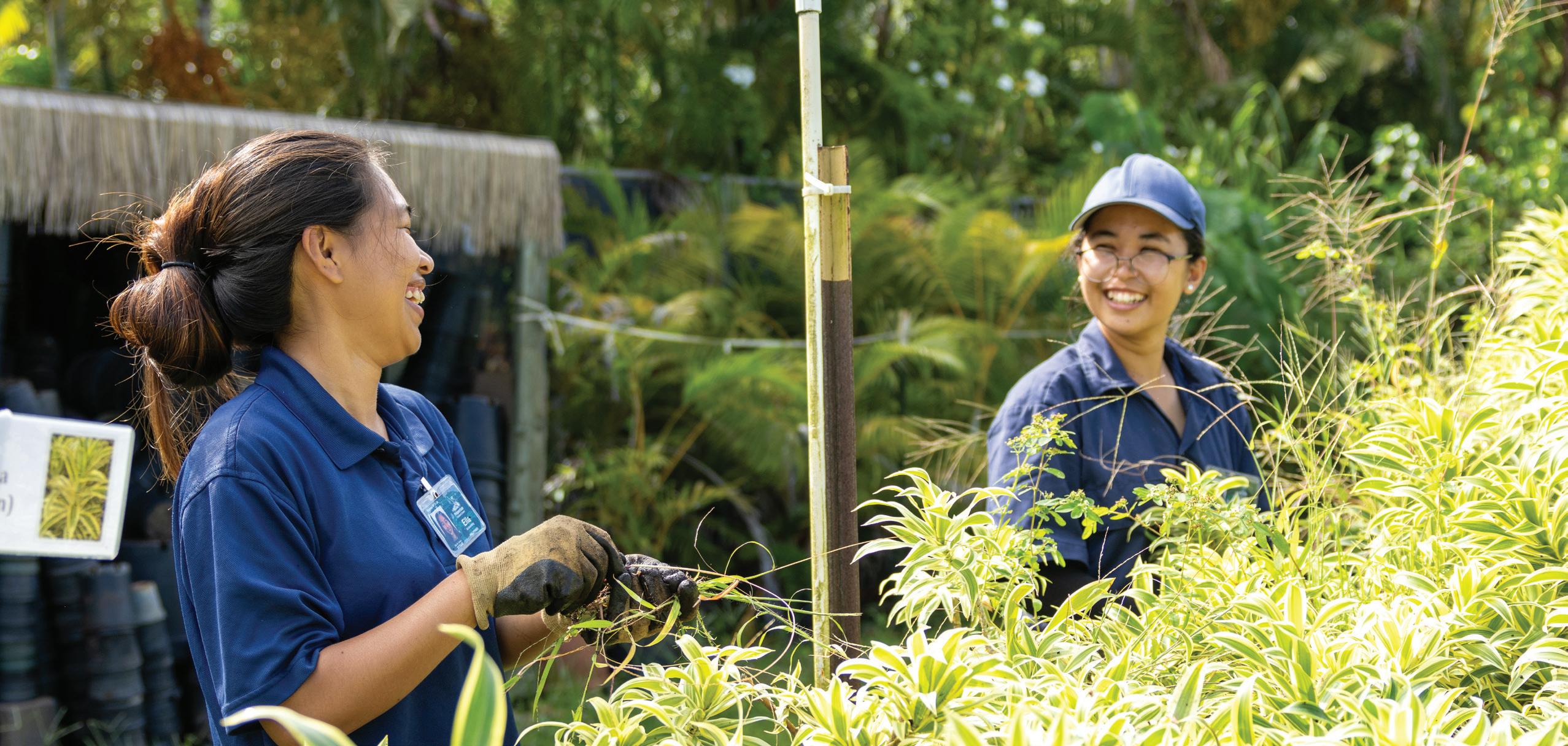 Above from left to right :Ella Artajo and Thummim Faye Dollete working in the PCC nursery.
Below: Rodolfo Delacruz also working in the PCC nursery. Photos by Yui Leung.
Above from left to right :Ella Artajo and Thummim Faye Dollete working in the PCC nursery.
Below: Rodolfo Delacruz also working in the PCC nursery. Photos by Yui Leung.
village consists of managers who focus solely on the culture to preserve and portray a quick sneak peek of what their culture is and the plants around it.
Moreover, the website says maintenance workers are working diligently and observing local experts on how things are done around each plant and to let them know before they engage in cleaning, trimming and gardening plants.
“We are upholding its rich culture as we work closely with native that represent the countries of each plant in the Center,” Garcia said.
Garcia said it is more than just the cleaning and beautification, it is about bringing in the Spirit of Aloha through their tasks around the Center. “That is how we communicate and spread the aloha to the guests. We may not meet them while we are working, but through our jobs, together with all the other maintenance workers in PCC, we prepare the villages for them,” he said. •
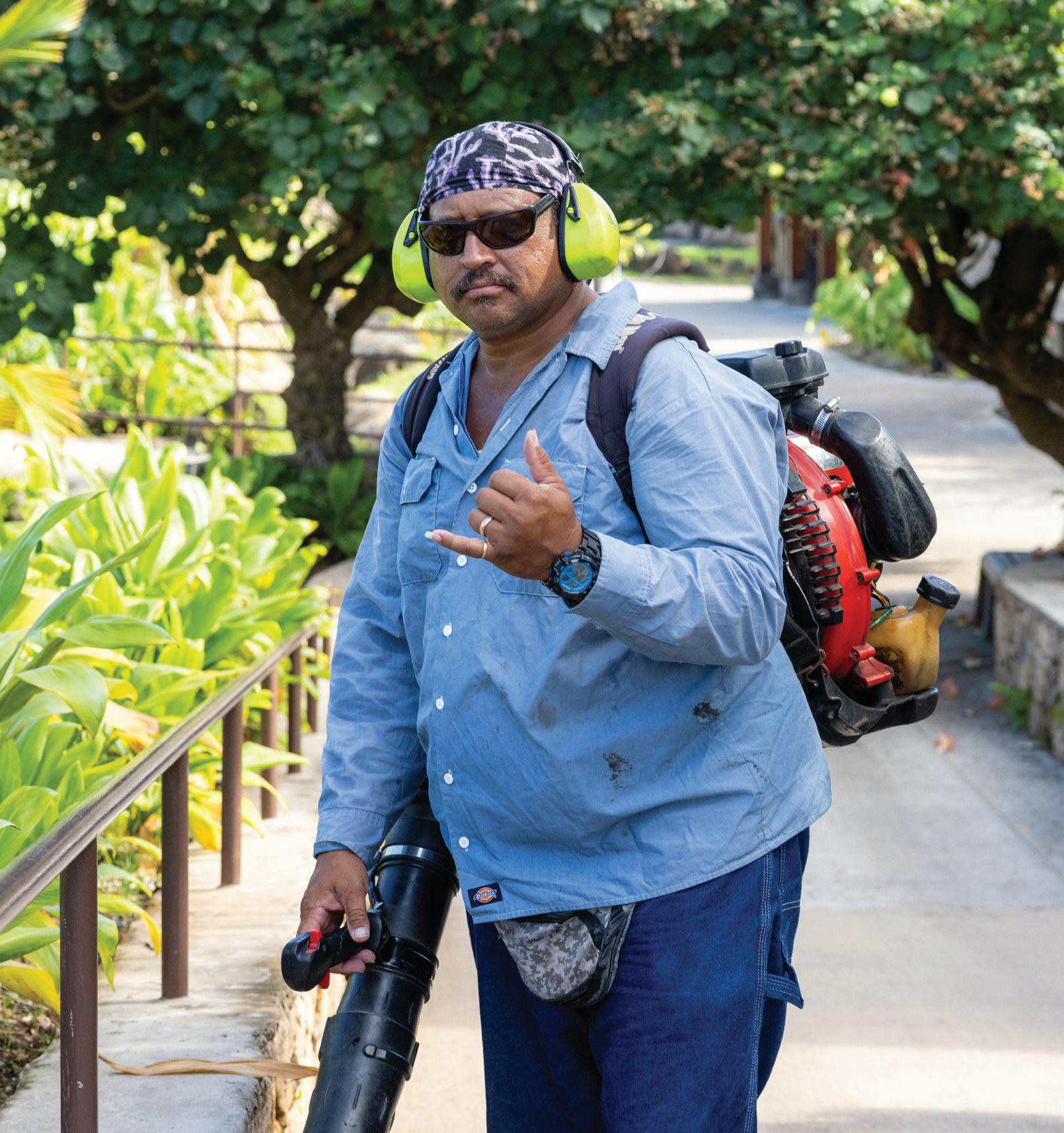
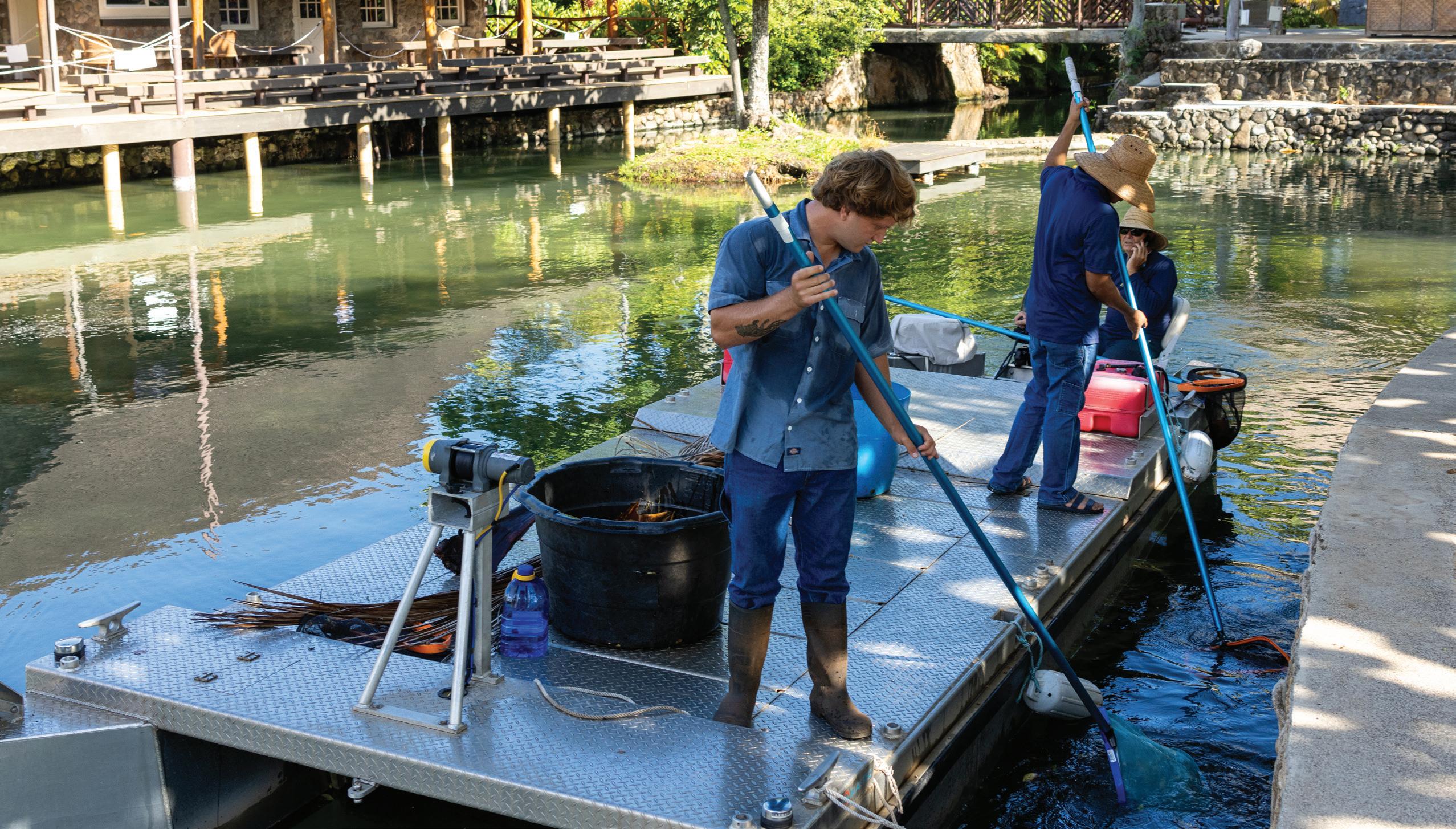 Robert Francisco, supervisor of the maintenance team, blowing the leaves in the Hawaii village.
Photos by Yui Leung.
Robert Francisco, supervisor of the maintenance team, blowing the leaves in the Hawaii village.
Photos by Yui Leung.
From its vision to the show’s execution, the narratives of the Polynesian dances weave together love and culture, says creative team
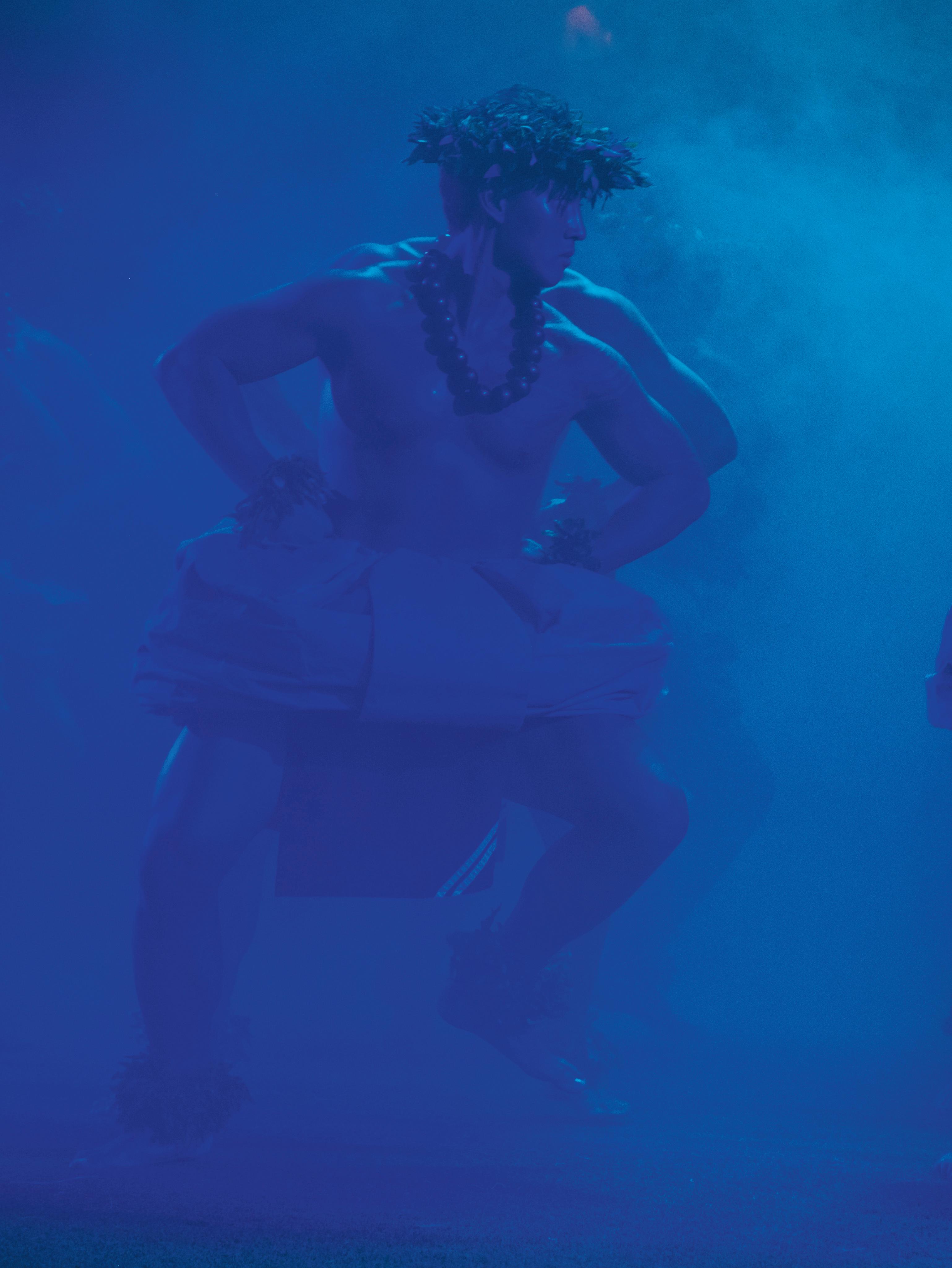 BY MUTIA PARASDUHITA
BY MUTIA PARASDUHITA
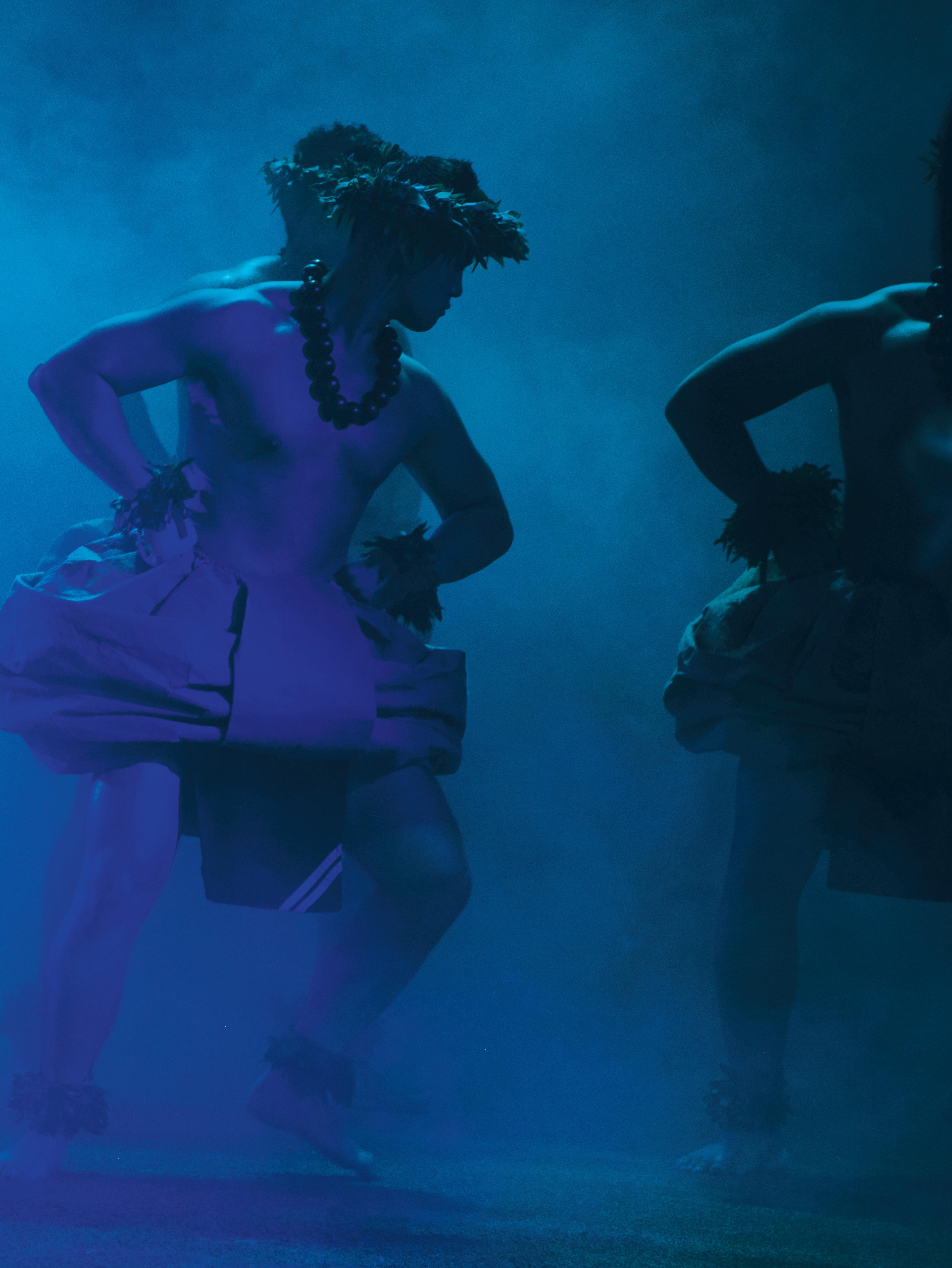 Performers dance to the rhythm of the music, telling the story of Polynesia.
Performers dance to the rhythm of the music, telling the story of Polynesia.
After 14 years of showing “HĀ: Breath of Life” at the Polynesian Cultural Center, the night show creative team members said they were able to see the things they envisioned when they created the show. Rahira (La) Makekau, the cultural performance specialist from New Zealand, said the decision to interlace the diverse dance sections into a single storyline theme extended beyond cultural boundaries. According to Makekau, it took approximately three years to pull everything together into one show.
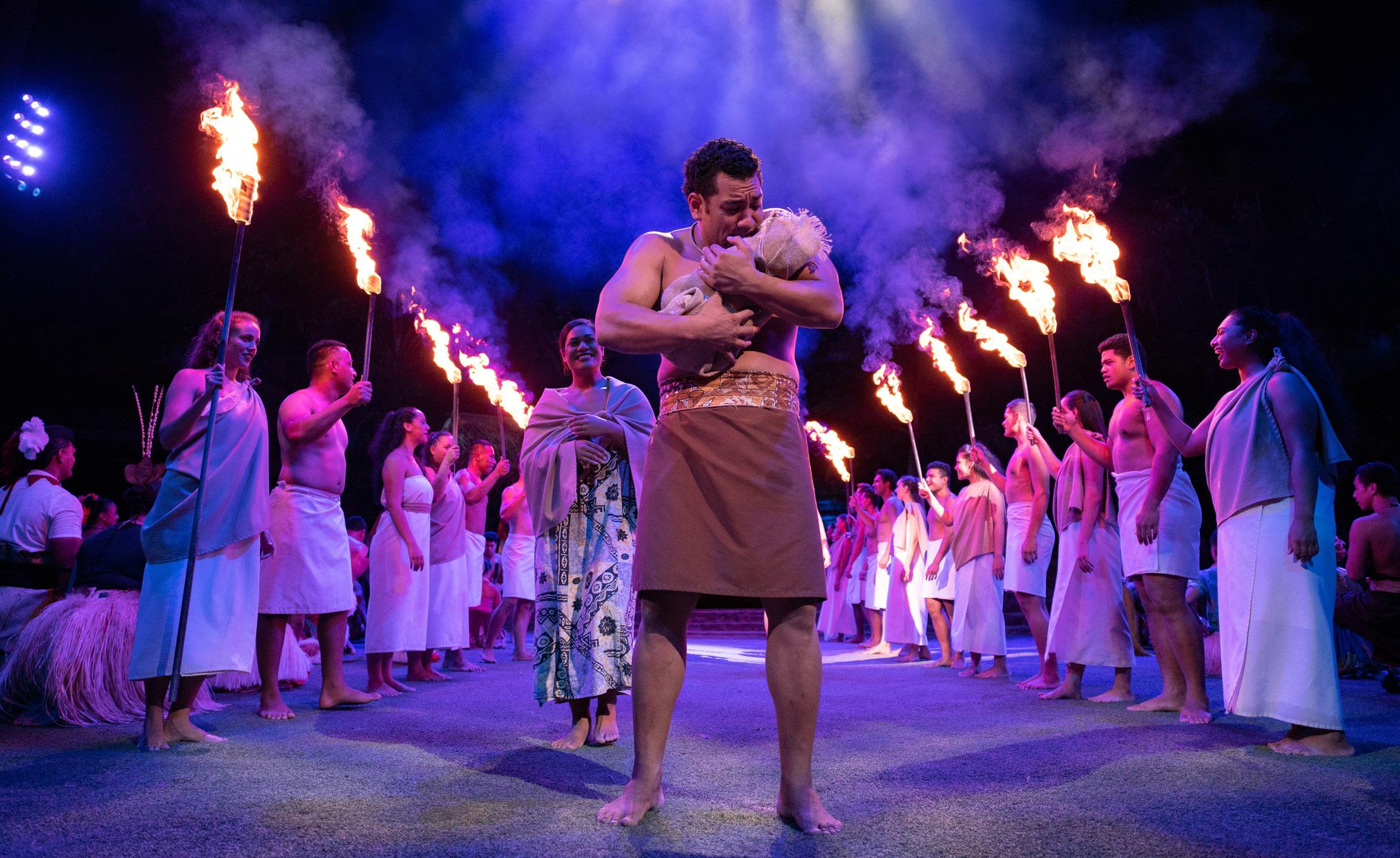
Makekau said being on the creative team for three years was the most profound experience of her life. She shared how everything seen on stage now is a legacy of those who came before. “Every show stands on the shoulders of the people who created it before. The strength and beauty of the previous shows are always a foundation for what’s coming next,” said Makekau. Unlike the current night show, she said the show in 2006 was a collective dance featuring cultures from across Polynesia.
She explained how during the process of creating the “HĀ: Breath of Life” show,
the creative team did not want to diminish any of the cultural dancing sections. They came up with the idea of tying all the dancing sections together to tell one common story the audience could relate to. “The result is far beyond the cultural show,” said Makekau. “We all know death, birth and marriage, fights and contention. That’s what makes the show different…The audience was taught the plan of salvation without being taught the plan of salvation,” she said.
mOre than a stOry
Delsa Moe, the PCC’s vice president of cultural presentation, said the flow of “HĀ: Breath of Life” means more than simply showcasing a storyline. She said the message they share in the story plays a bigger role than entertainment purposes, and it distinguishes the show from other shows because of its genuine message.
Moe said, “A lot of people were surprised because they only wanted to see the Polynesian show, and they ended up having an emotional connection because they were following this young boy into manhood.” She
said it is common to see people showing their expressions of gratitude after they watch the show. “It has always been a great experience to witness people’s reactions and responses,” said Moe.
“Many of the dancers can also relate to the show and everything they are going through,” she said. Moe explained in the Fijian sections of the dance, the young man, Mana, loses his loved one, which became personal for a dancer when they also lost a family member. “This whole show was a great reminder for them to remember that their loved one does live on even though they are gone from this life and [their loved one] watches over them.”
She also said some can relate to the learning and growth depicted in the Maori section. “It encourages the young people to learn, step up and become leaders.” She added heartfelt connections also come from the Samoan section of the show, which exemplifies Mana’s love life. “When you have somebody you are interested in, sometimes there are barriers. Perhaps a big brother who doesn’t want them to date their family members or maybe someone is not interested at all.”
Above: The story of Mana and his family is told through song and dance, in a story that also tells the story of Polynesia. Photo provided by PCC.According to Makekau, most of the dancers in the night show are students. They nurture and care for each other as a family, Makekau said, no matter how long they stay in the group with the constant turnover of students coming and graduating. Makekau said, “Every time there is a new group of dancers, new blood comes in. It’s a big challenge but that’s what makes the show stay fresh, even after 14 years.”
Some of the students have never danced before and not everyone is from Polynesia, said Makekau. She said she has seen miracles happen on a nightly basis from the performers, whether backstage or on stage.

According to Moe, the dancers’ commitment and hard work play a big role in their progression. “I saw many of them come in and they were very shy. And in a few months, they became very successful dancers,” said Moe. Based on what she has observed, Moe expressed there is no jealousy between dancers; they simply encourage everybody to be at their best. Moe explained the camaraderie was “because of the spirit of the gospel. We call it the Aloha Spirit too.” •
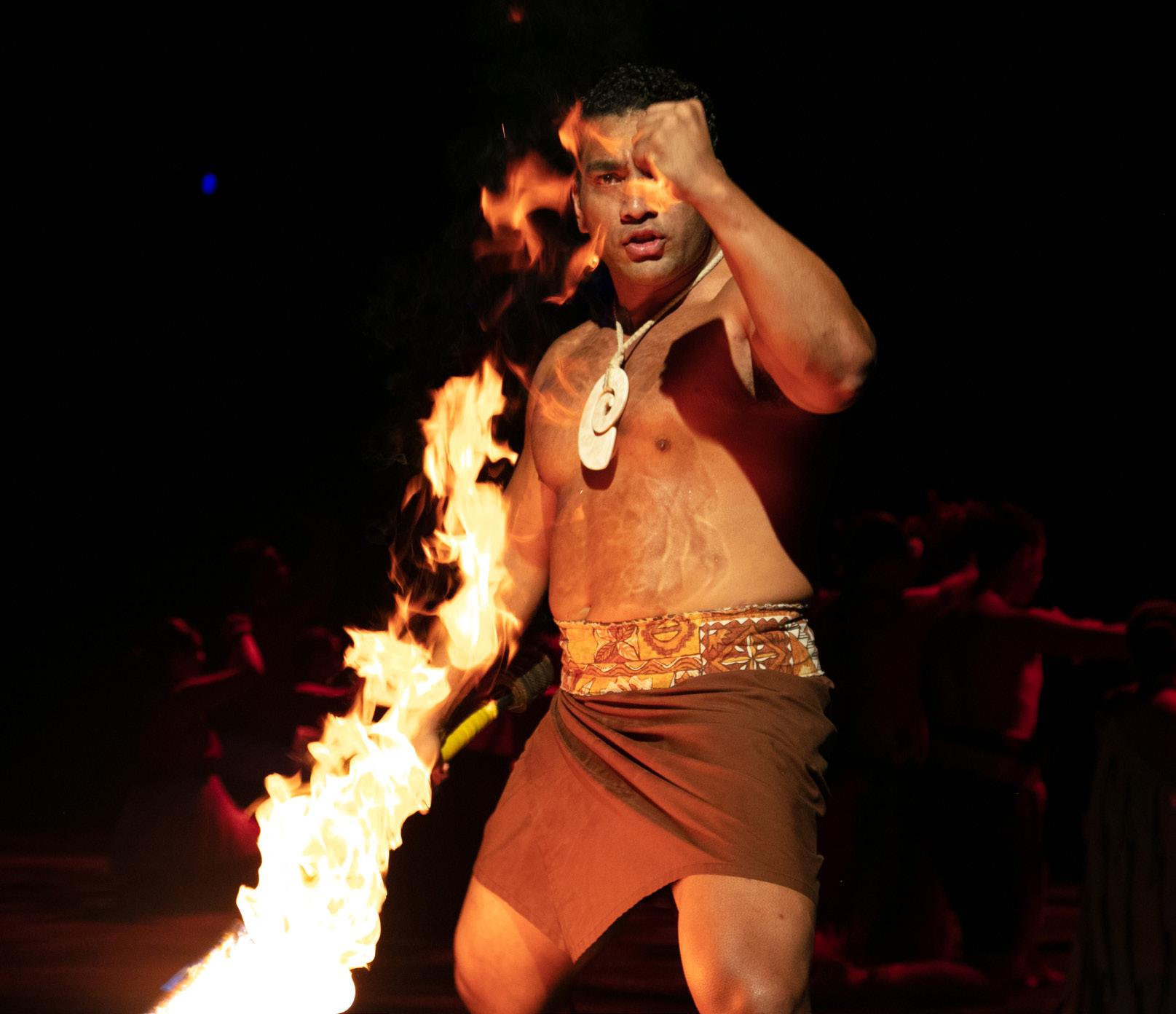 Above: The performance features students doing most of the dancing. Photos provided by PCC. Graphics by Yichi Lu.
Above: The performance features students doing most of the dancing. Photos provided by PCC. Graphics by Yichi Lu.
The Polynesian Cultural Center was initially going to be located close to the temple. However, the church leaders suggested moving it to its current location on Kamehameha Highway, says information in the book “Miracle in the Pacific: The Polynesian Cultural Center” written by Laura F. Willes. The information that follows comes from Willes’ book, BYU–Hawaii’s Archive and PCC’s online 60th anniversary timeline.
• The first name for the PCC was the Polynesian Village, but BYUH art faculty member, Wylie Swapp, suggested it to be called the Polynesian Cultural Center.
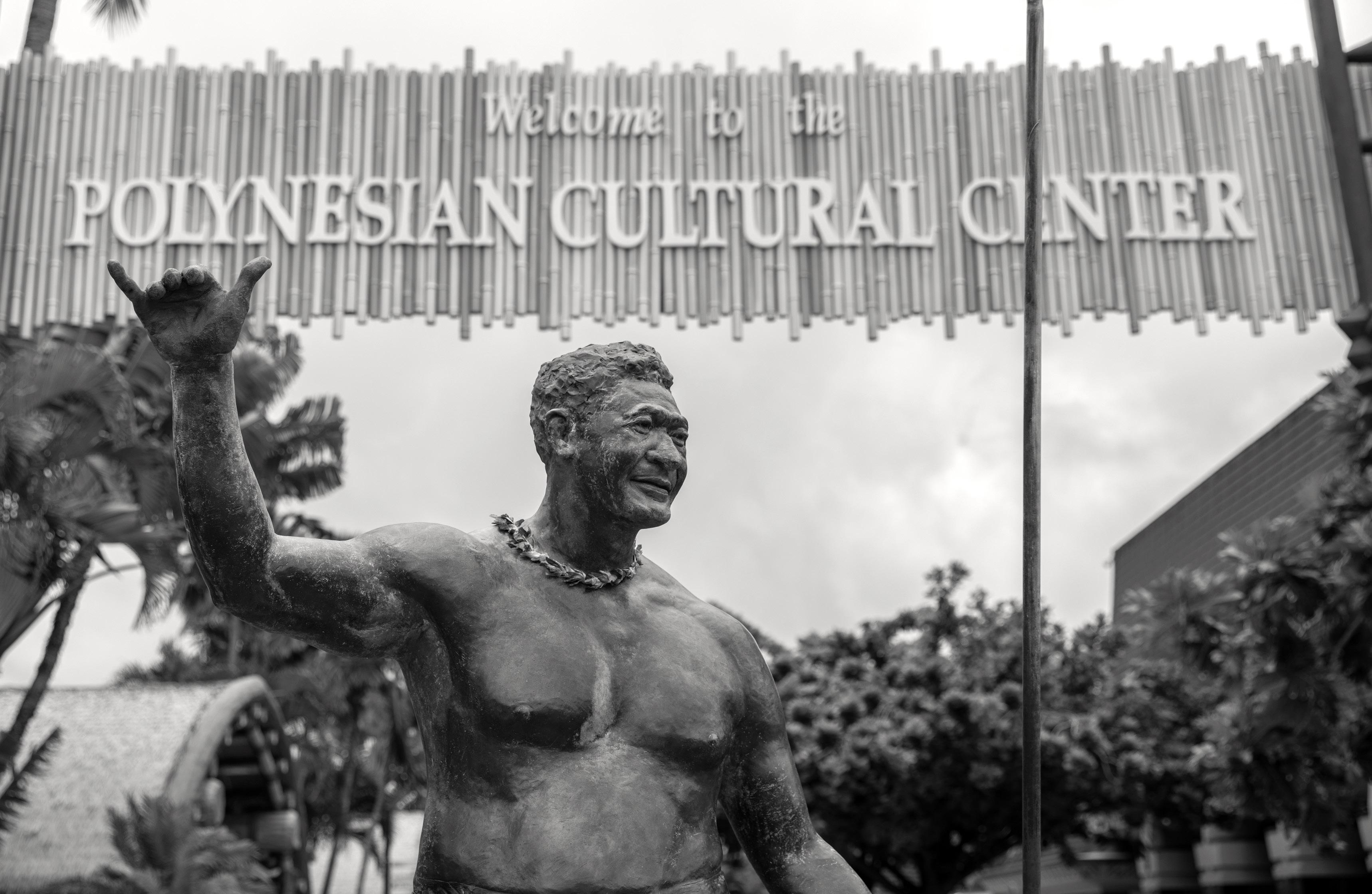
• The Center opened for regular business on Oct. 14, 1963, from 10 a.m. to 5 p.m. (closed on Sunday). The first tickets cost $1.50 per adult and 75 cents per child.
• In 1963, the same year the PCC opened, The Pineapple Delight was created.
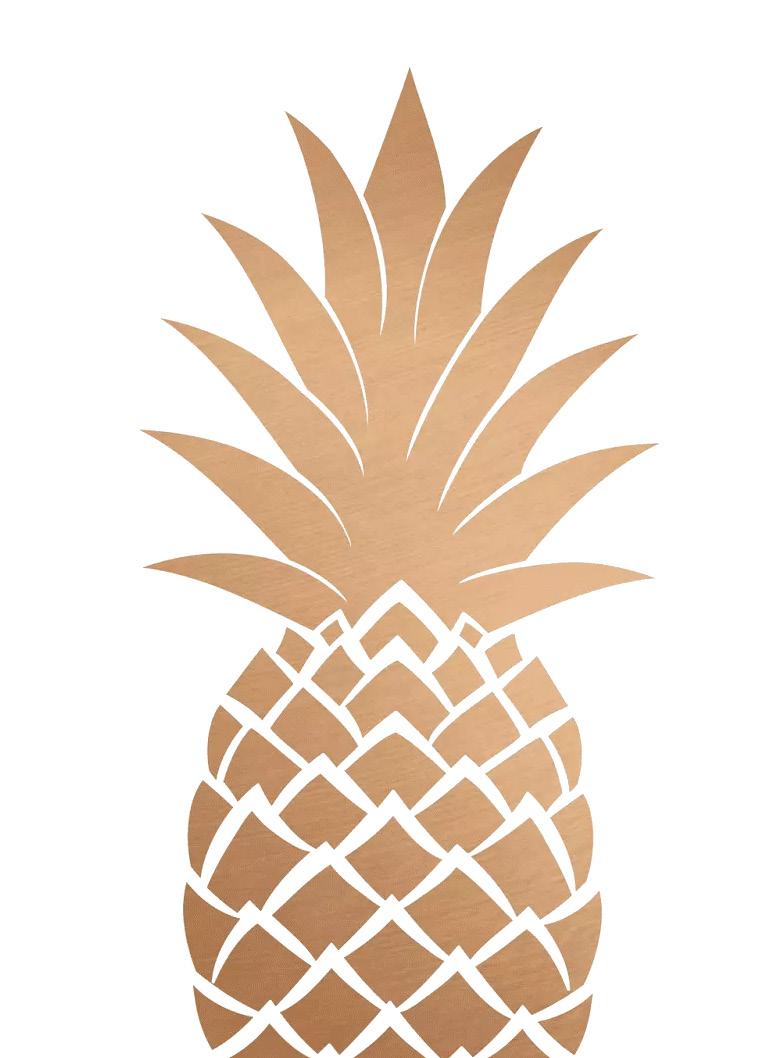
• In the summer of 1966, PCC opened “Isles of Paradise,” a new night show. Admission, dinner and a show for an adult cost $7.90 while tickets for children under 12 cost $4.60. General admission costs $2.10 for adults and $1.05 for children.
• In 1968, more than 1 million visitors had visited at PCC.

• When PCC first introduced its Lei Alii Seasonal Pass in 1979, the annual pass cost $10 for adults and $5 for children from the ages of 5 to 11.
• The PCC amphitheater seats 2,775.
• About 40 million people visited the PCC between 1963 and 2019.
• About 2,500 people per day visited the PCC in 2019.
• As of 2019, the average age of the 900 students who work at PCC was 20.
• There are 70 nations or countries represented in the PCC workforce. •
Hamana Kalili statue in front of the PCC welcome sign. Photo by Ulziibayar Badamdorj. Graphics by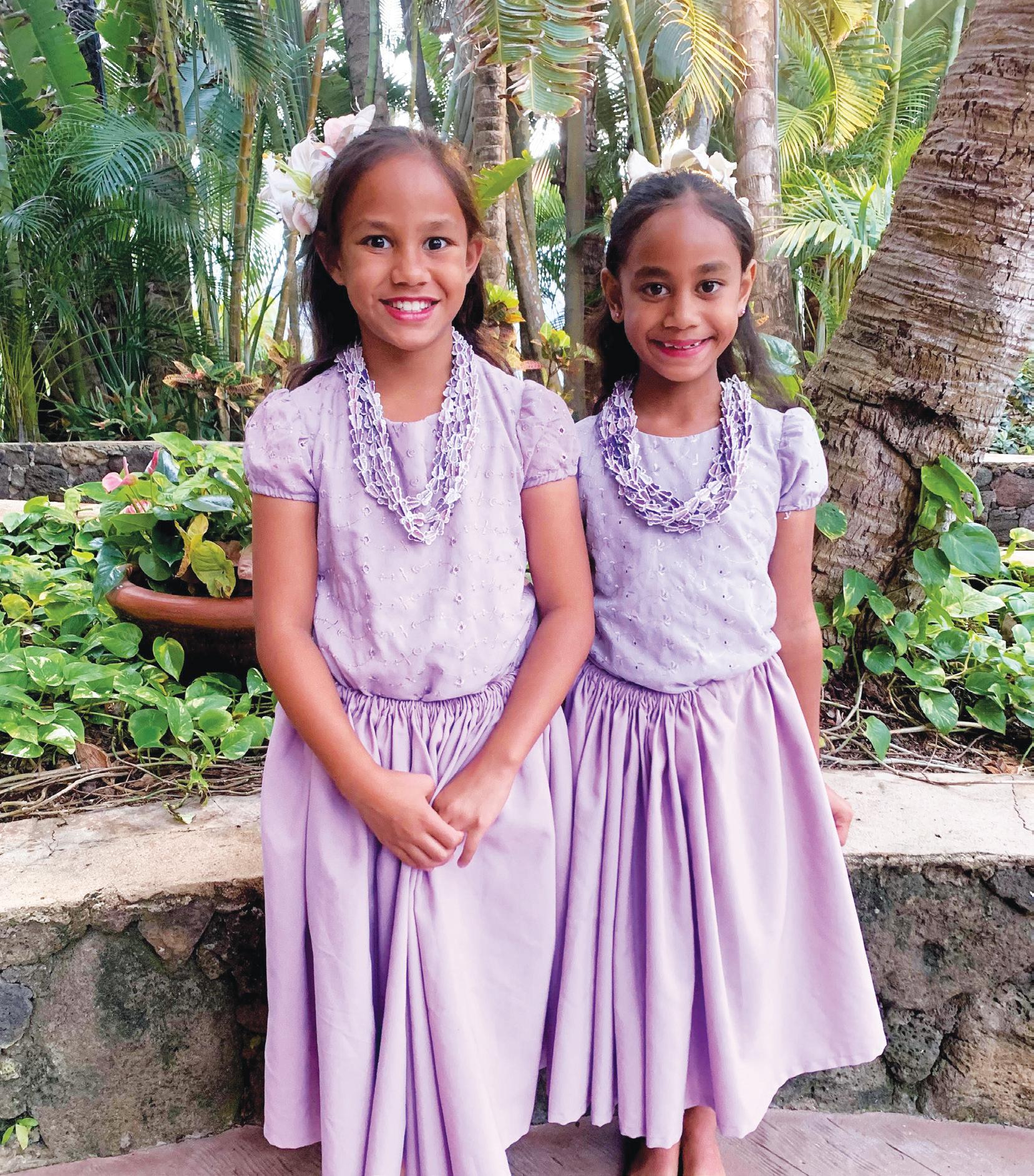 BY MUTIA PARASDUHITA
BY MUTIA PARASDUHITA
Within the Ali’i Luau show at the Polynesian Cultural Center, a group of young performers or keiki play a large role in the deliverance of the story. According to Pewa Dela Rosa, the performance manager over the Luau show, the children have been involved in this show since the Luau show started. He said the keiki attracted the guests from the beginning when they danced on a pre-show while the guests walked into the venue.
Every day in the show, they represent the children that Queen Liliuokalani associated with when she was alive. In Queen Liliuokalani’s story, the role of the keiki is important because in her life, she was fond of the children in Hawaii, explained Rosa. “She couldn’t bear a child on her own, so she dedicated her life to the children. This show could run without keiki but it won’t be complete.”
In the middle of the show, the keiki need to go around to the audience and teach them how to do a hula dance. “Talking and interacting with strangers is not always easy,” said Rosa. Because of the interactions the keiki need to fulfill as dancers, Rosa said every single dancer goes through an audition before they are hired. Once they are hired, they will be trained for about two weeks to adjust to the life of a dancer, explained Rosa. He said, “This training session helps them build their confidence, especially to get used to smiling in front of an audience.”
danCing frOm the earLy age
Viani Ha’o, the keiki dancer who works in the Ali’i Luau show from Laie, shared his joy of working as a dancer. “I love dancing at the Luau because I get to meet and interact with the guests. At first, it was so scary, but when I got familiar with it, I started to enjoy it.” He
explained how everything has become a routine now and there has always been an evaluation, but not hard practice like in the beginning.
Luseane Ha’o, the mother of Viani, said, “It’s really special knowing he can be part of the culture he is in. Representing the story of Liliuokalani every day helps him understand that as a child, he is important.” She explained how her son balanced school while working at the PCC.
For her, there is no distraction at all, she said, “It doesn’t take away the childhood of the children’s life. Instead, it is adding to their memory and experience from what they already have now.”
Luseane Ha’o emphasized how she believed in the prophecy that was shared by President David O. McKay in the ground dedicatory that Laie has been promised to be the place where everybody could learn. She said it’s not only for the people in the university or the temple but also the community as a whole, including her son. She said her son is the fourth generation of dancers at the PCC and she loved the fact that he continued the legacy. She expressed, “The Polynesian Cultural Center is part of my son’s backyard. It’s part of his childhood that is precious. They don’t miss out on anything about his childhood.”
She shared how working at the PCC will help her son understand the principles of hard work. Once in a while, she said she watched her son’s performance to check on his progression. But she does not worry much about it, she said, “Every time he needed to go to work, he has always been excited to ride his bike to work on his own.”
Nina Fuimaono, the talent acquisition manager at the PCC from Samoa, said the keiki performing at the PCC are on a minor theatrical employment permits. The permits to work are obtained through the state, and they are also required to be in school in good standing.
Fuimaono explained a minor under 6 years old cannot work more than two hours, a minor between 6 to 10 years old cannot work for more than three hours and a minor from the age of 10 to 14 cannot work for more than four hours a day. She said usually the vice president or the principal gives them signatures to be sent to the state, and once it is approved, they will receive the minor’s permit.•
PCC keiki workers, pictured from left to right, are Sariah and Talei Peters. Photo provided by Zabrina Fiamaua Peters. Graphics by Sugarmaa (Kendra) Bataa.1948
1951
Church leaders talk about islanders making money while visiting the temple
Jan. 31, 1948
Members of the Laie Ward start a hukilau, a traditional method of net fishing, as a feast and entertainment for tourists at Laie Bay. The hukilau was to raise building funds to replace their chapel that burned down.
1954 Church College of Hawaii is announced
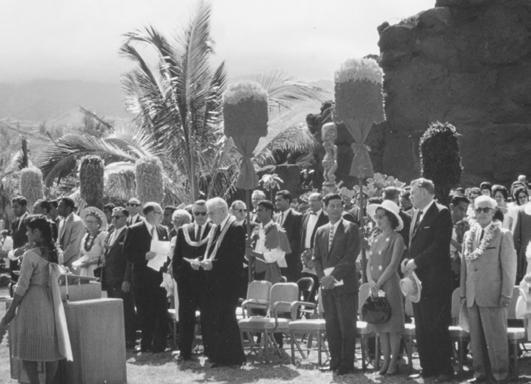
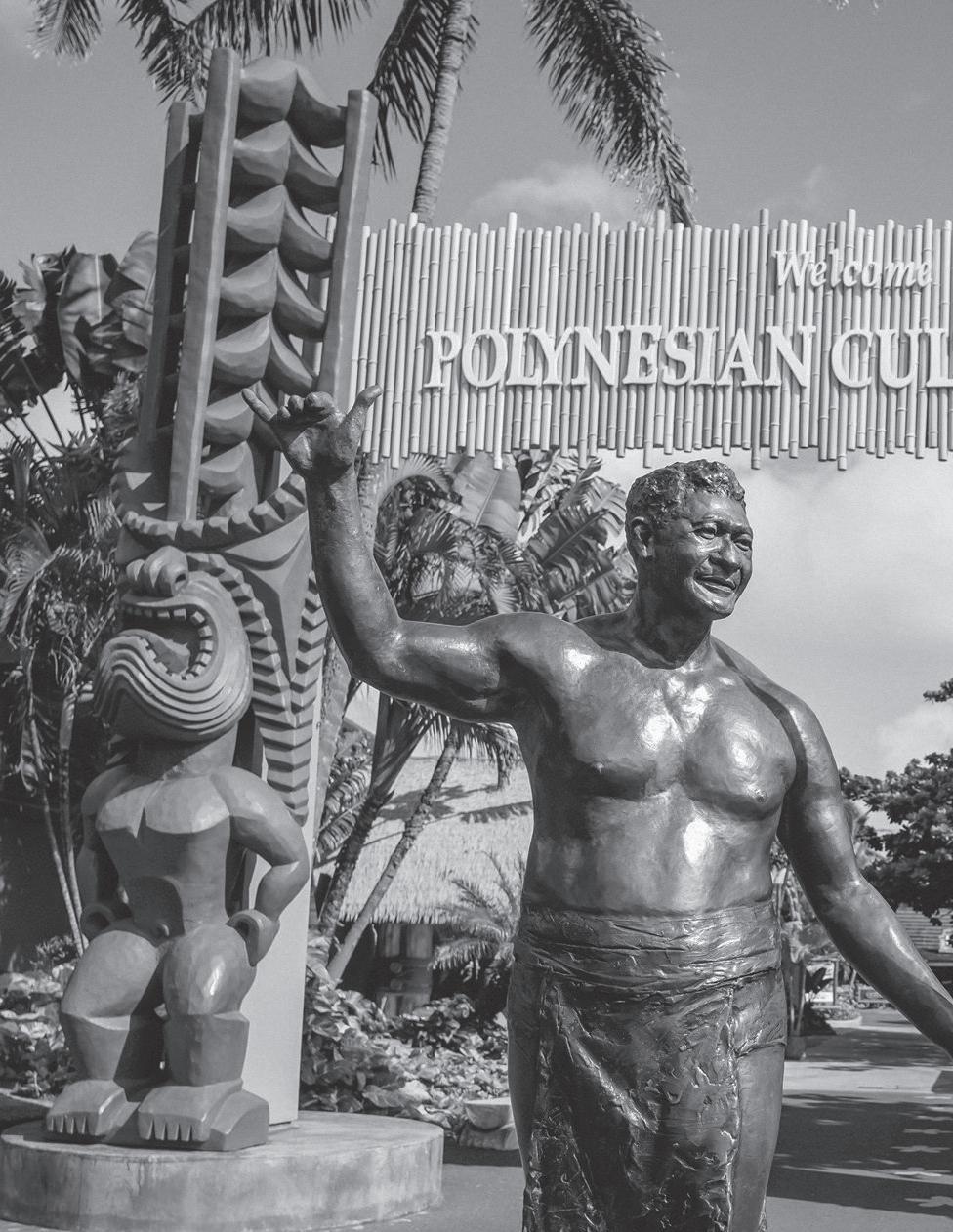
February 1951
Elder Mathew Cowley, of the Quorum of the Twelve, visits President Edward L. Clissold in Laie and suggests Maori people coming from New Zealand to do temple work should build their traditional houses, sell handicrafts and perform so they could live inexpensively while here. Clissold agrees this was a good idea for all visiting Polynesians.
June 1951
President David O. McKay sends a delegate to Hawaii to study setting up a college.
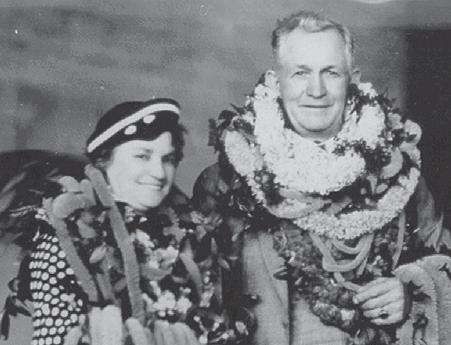
July 21, 1954
The First Presidency announces the establishment of The Church College of Hawaii.
Laie Ward hukilau starts, forerunner of PCC President David O. McKay with wife. Establishment of The Church College of Hawaii.Feb. 12, 1955
President McKay breaks ground for the Church College of Hawaii and prophesies, “...from this school, I tell you, will go men and women whose influence will be felt towards the establishment of peace internationally.” At that time, approximately 110,000 tourists came to Hawaii annually, but since the PCC opened in 1963, over 37 million people have visited Laie.
Sept. 26, 1955
Church College of Hawaii begins classes in the Laie Chapel and several war surplus buildings.

1957-58
Clissold, Wendell B. Mendenhall and others talk about getting employment for Church College of Hawaii students. “Our thoughts turned to tourist dollars and the possibility of getting some of those going around the island in big buses.”
1958-59
With about 75 students and local youth, CCH art professor Wylie Swapp starts up Halau Imi Noeau, an “organization seeking traditional knowledge.” Hawaiian cultural expert and Church member Mary Kawena Puku’i suggests using the term halau. A small group of students perform in Waikiki. Other cultural leaders are hired to assist.
1959–60
The Polynesian Institute forms as a CCH adjunct and includes the student performing group, with Dr. Jerry K. Loveland as the first director.
1962
Polynesian village on Kamehameha Highway is approved and labor missionaries begin building
1960
Feb. 12, 1961
March 8, 1960
January 1962
President McKay approves building the Polynesian Village on a 12-acre taro patch on Kam Highway.
February 1962
Labor missionaries begin construction of the Polynesian Village on its existing site.
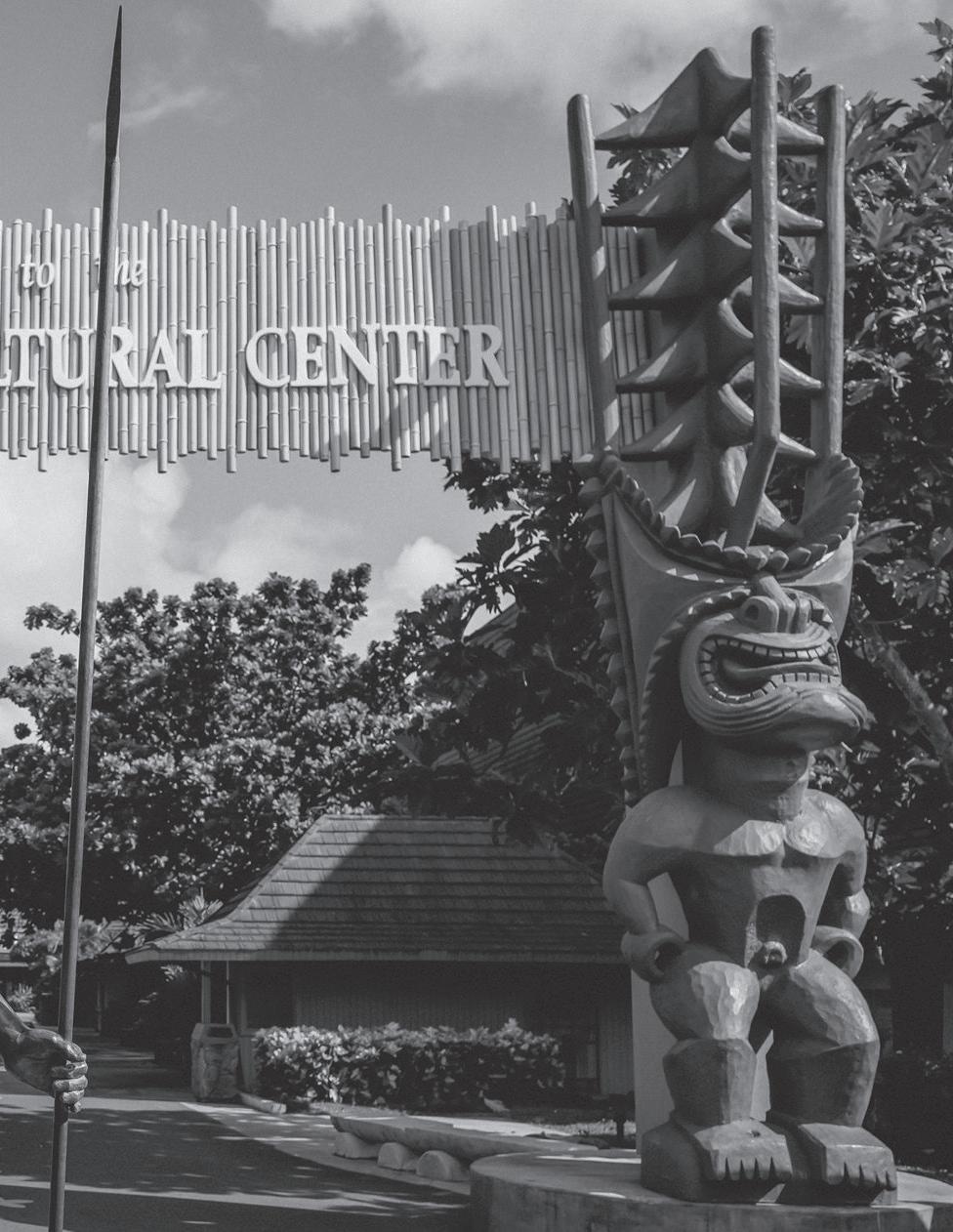
President McKay authorizes funds for planning and developing the Polynesian Village. Soon after, the labor missionaries begin initial site work. They dig the beginnings of the village’s lagoon between the new CCH campus and the Temple.
Nov. 29, 1961
Elders Delbert L. Stapely and Gordon B. Hinckley, of the Quorum of the Twelve, acting on President McKay’s directions, review the project and recommend another site closer to the highway.
Fifty-eight labor missionaries leave their South Pacific islands to work on the CCH Project Number Two.
April 14-15, 1960
Halau Imi No’eau puts on its first performance, Polynesian Panorama, at the Kaiser Hawaiian Village Dome (now the Hilton Hawaiian Village). The show draws only a small crowd but receives a favorable newspaper reviews.
Polynesia Cultural Center opens and the Pineapple Deelite created
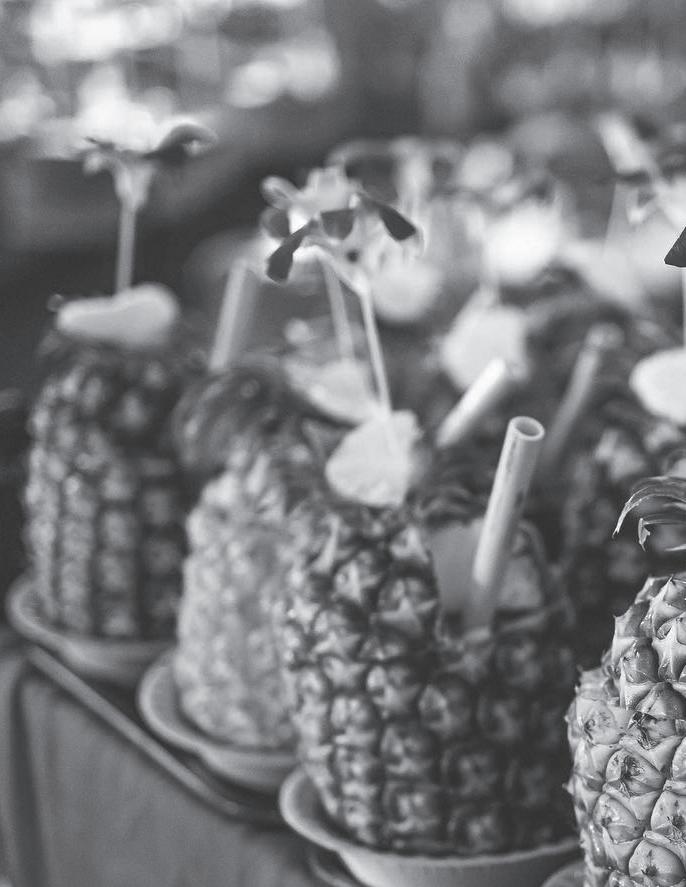
Early 1963
Large groups of volunteers from the local community under the direction of Bishop James Uale help prepare the Polynesian Village.
Summer 1963
Clissold asks Swapp to come up with a better name for the Polynesian Village. Swapp suggests the Polynesian Cultural Center, which President McKay approves.
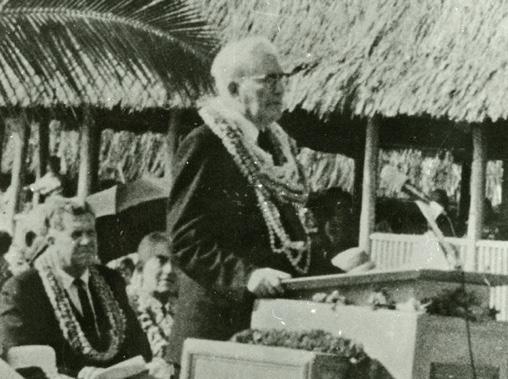
Aug. 14, 1963
The First Presidency instructs Mendenhall and Clissold to officially organize the PCC as a nonprofit corporation.
Aug. 25, 1963
At the first official meeting of the PCC Board of Directors, Vice Chairman Clissold says PCC’s relationship with the Church College of Hawaii must be completed, and announces CCH President Richard T. Wootton, Dean of Students Ralph D. Olson and Professor Jerry K. Loveland, Director of the Polynesia Institute, become ex officio members of the board.
Oct. 12, 1963
With over 1,500 people in attendance, President Hugh B. Brown, of the First Presidency,
dedicates the PCC. In his dedicatory prayer, President Brown says: “We thank Thee for this spot of ground, hallowed and blessed as it is. ... We thank Thee for the faith and courage and devotion of brothers and sisters who have devoted themselves unstintingly to the preparation of this spot for the purposes for which it has been erected, and will be employed. ... May all who have come here see in this Center an effort to bring people of different nations, of different races together in a better exemplification of true brotherhood.”
Oct. 14, 1963
The Center opens for regular business from 10 a.m. to 5 p.m. daily (closed Sundays) and includes a Saturday evening show. Initially, tickets cost $1.50 per adult and 75 cents per child.
December 1963
The original version of the Pineapple Deelite is born.
July 4, 1964
The PCC inaugurates its first major food services, the “Polynesian Feast,” in the Samoan Village. Guests sit on mats on the floor and enjoy traditional foods from Samoa, Tonga, Fiji, Aotearoa, Tahiti and Hawaii.
Aug. 5, 1964
Ground is broken for the Laniloa Lodge, which was later demolished on January 25, 2010, to make way for a new, larger hotel on the same site.
October 1964
The PCC Board of Directors selects Lester W. Hawthorne as the Center’s general manager. Center attendance in its first year of operation reaches 175,000.
The canoe pageant begins and Elvis films at PCC
1968
1 million guests attend PCC that year
February 1966
The church-owned Laniloa Lodge, a motel adjacent to the main entrance to the PCC, opens.
April 10, 1966
The PCC premieres its Canoe Pageant, originally with only Samoan and Maori performers.

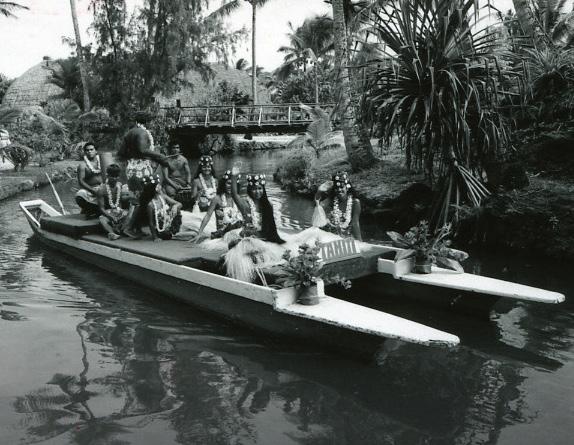

June 1966
Singing star Elvis Presley spends one week at the PCC filming a portion of “Paradise, Hawaiian Style.” The PCC premieres its new night show, “Isles of Paradise.” An admission, dinner and show ticket for an adult costs $7.90 and $4.60 for children under
12. General admission costs $2.10 adults and $1.05 for children.
Aug. 31, 1966
The PCC night show closes while about 175 PCC performers begin a two-week promotional tour on the mainland, including a fournight run at the Hollywood Bowl in California. More than 100,000 people attend Festival Polynesia. The group also appears on the most popular TV variety program of the day, “The Ed Sullivan Show.”
December 1966
The PCC becomes profitable. 1974
1972
1974
PCC announces a major expansion project that includes adding a large new amphitheater as well as relocating the Hawaiian Village and adding the Marquesan compound.
1970
Oct. 5, 1972
The PCC introduces the Laie Tour.
Dec. 31, 1968
For the first time over 1 million guests in a single year attend the PCC.
Sept. 1970
During his trip for the 15th anniversary of the CCH, Joseph Fielding Smith becomes the first president of the church to visit the PCC.
1976
1977
July 4, 1976
Elder Howard W. Hunter dedicates the major expansion of the PCC, including a new front entrance, the new Hawaiian Village, the amphitheater and other cultural and service buildings.
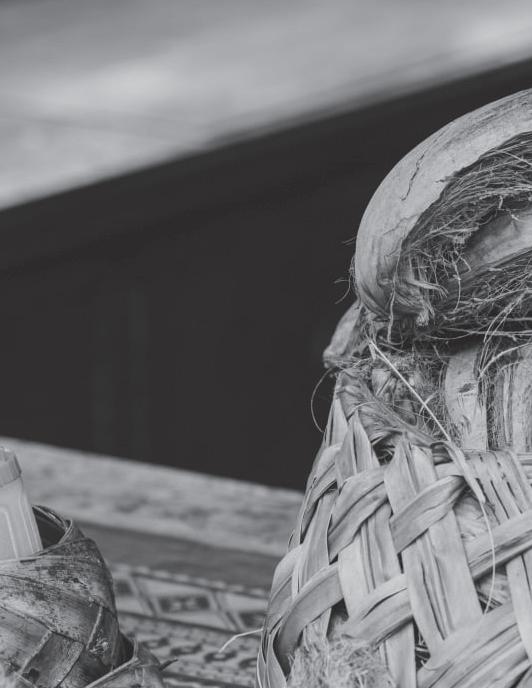
1978
The night show premieres
November 1977
The TV star Lee Majors films part of the “Six Million Dollar Man” at the PCC.
Spring 1978
A crew from the churchowned Bonneville Corporation films half-hour documentary, “The Aloha Experiment,” to be shown on the Public Broadcasting System.
July 14, 1978
The PCC premieres its new night show, “This is Polynesia.”
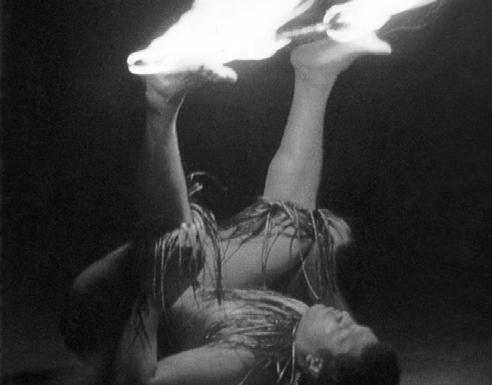
1988
Ambassador fine dining opens
1986
April 1988
The PCC begins its Ambassador fine dining service.
1989
Aug. 18, 1989
The hit TV show “Full House” - starring the Olsen twins (Ashley and Mary Kate) and John Stamos - films most of a half-hour segment at the PCC.
1985
March 24, 1986
Fiji Prime Minister Ratu Sir Kamisese Mara presents the Fijian camakau sailing canoe commissioned by the Center and built on the Lau Island of Kambara.
July 1, 1985
Chinese President Li Xiannian tours PCC. Network Photo takes over the Center’s photo operation as an independent concession and renames it “Photo Polynesia.”
Fireknife is part of the night show. Fijian Prime Minister visits PCC1980
Jan. 12, 1979
Howard W. Hunter dedicates the new Gateway Restaurant, which had been created inside the Orientation Building.
February 1979
The PCC introduces its Lei Alii Seasonal Pass for $10 per adult and $5 per child (ages 5-11): The pass allows holders free admission to the Center and a 20 percent discount on the Hibiscus Buffet and evening show.
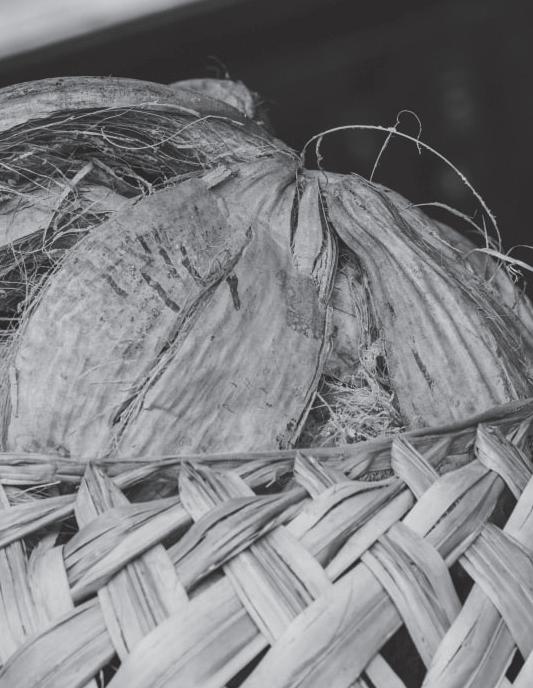
Spring 1979
PCC’s half-hour documentary film, “The Aloha Experiment,” receives the Creative Excellence Award out of about 800 entries from 12 countries at the Twelfth Annual U.S. Industrial Film Festival in New York City.
People’s Republic of China Premier visits and his daughter who is part of Asian Executive Management program
Jan. 7, 1984
People’s Republic of China Premier Zhao Ziyang tours BYUH and the PCC. About a year later it is discovered his daughter, Wang Yian Nan, had participated incognito as one of the first six Chinese interns in the Asian Executive Management program.
Spring 1984
PCC Maintenance crews and community volunteers begin a sixweek series of projects to re-landscape the Center’s villages.
Jan. 25, 1980
Vice Premier of the People’s Republic of China visits PCC and relationship develops
Elder Marvin J. Ashton of the Quorum of the Twelve and President of the PCC dedicates the Lorenzo R. Snow Administration Building on the BYUH campus. The PCC moves its offices into the building closest to the Center. This year the PCC sponsors the hula halau established by Bill Wallace III, Keith Awai, Enoch Kaina and Cy Bridges.

1981
June 4, 1980
People’s Republic of China Vice Premier Geng Biao, the first highranking leader from that country, and 14 Chinese generals visit PCC. This begins a relationship between the PCC and China.
Dec. 8, 1980
Popular TV personality Mike Douglas films one of his shows at the PCC. By the end of this year, total cumulative attendance at PCC surpasses the 10 million mark.

August 1981
The first six interns from the People’s Republic of China come to Laie as part of the joint BYU–Hawaii/Polynesian Cultural Center Asian Executive Management program.
July 25, 1984
The PCC dedicates its new Mission Complex (now called the Hawaii Mission Settlement) featuring a recreated 1850s-era missionary home and chapel. The bell over the chapel was originally used at the LDS chapel in Pulehu, Maui, one of the first in Hawaii.
Nov. 1, 1984
Elder Ivin and Sister Pearl Gee from Lander, Wyoming, are the first of many senior missionaries to serve at the PCC.
The PCC Brass Band performs for U.S. President George H.W. Bush in Waikiki
1991
President Thomas S. Monson dedicates the Hukilau Theater
Oct. 19, 1990
The PCC Brass Band performs for U.S. President George H.W. Bush during a reception in Waikiki.
November 1990
The PCC holds a sneak preview of its new large-format film, “Polynesian Odyssey,” in Hukilau Theater. Academy Award winner Keith Merrill directed it.

December 1990
PCC’s Management Information Services staff installs a new mainframe computer, increasing capacity from 1 to 1.5 gigabytes and significantly speeding up procedures. For example, payroll processing is reduced from 3-4 hours to about 30 minutes.
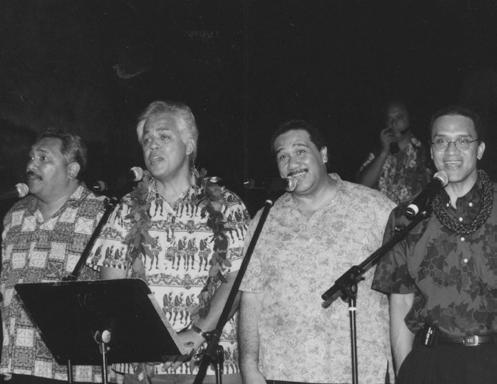
BYUH Iosepa canoe is launched at Hukilau Beach and is now berthed at PCC
Tongan King bestows title on PCC President Les Moore and the Samoan World Fireknife Competition begins
Jan. 18, 1991
President Thomas S. Monson dedicates the new 600-seat Hukilau Theater.
July 6, 1991
PCC premieres its latest night show, “Mana! The Spirit of Our People.”
Jan. 4, 1992
Over 600 volunteers from Laie church stakes help perform a “million-dollar facelift” on the PCC grounds. As part of this project, PCC Maintenance crews widen walkways, dredge the lagoon and build canoe landings.
January 2001
The PCC increases the number of senior missionaries serving at the Center from an average of eight to as many as 48 at a time. The Center also increases the number of parttime volunteers.
May 24-29, 1993
The Center launches a series of special events, starting with its first Samoan World Fireknife Dance Competition. PCC “coconut man” Chief Sielu Avea wins the first title.
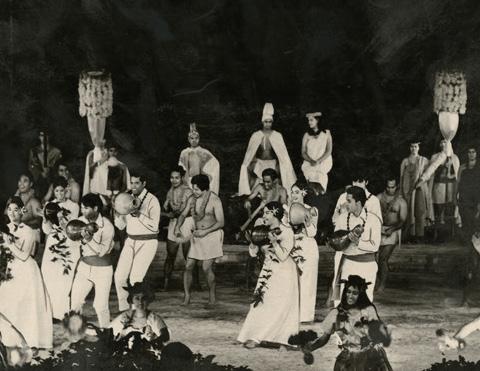
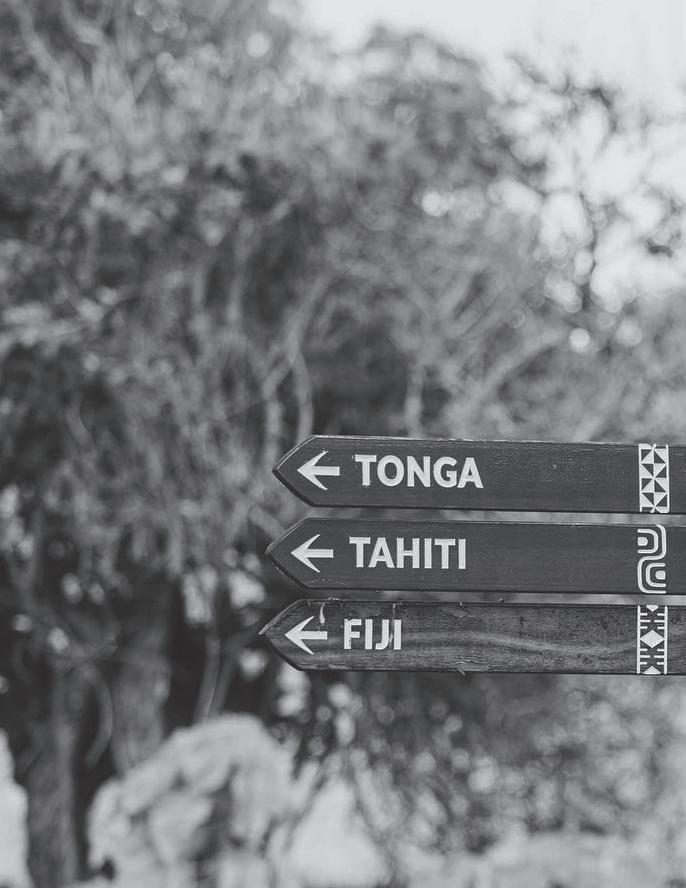
July 17, 1993
His Royal Highness King Taufa’ahau Tupou IV of Tonga bestows the chiefly title Mafi Fakapotu on PCC President Lester Moore at BYUH.
Nov. 3, 2001
Thousands throng Hukilau Beach for the blessing and launching of BYUH’s 57-foot traditional twin-hulled Hawaiian sailing canoe, the Iosepa, which is now berthed in the Hawaiian Village.

March 21-26, 1994
The PCC features a Rarotongan group and “Wonder Woman,” a Cook Island Maori who husks coconuts with her teeth.
May 7, 1994
The People’s Republic of China
Vice Premier Zou Jiahua visits the PCC.
July 8, 1994
The PCC premieres its new canoe pageant, “Ancient Legends of Polynesia.”
1996
President Gordon B. Hinckley visits China as the “president of PCC”
Summer 1995
The PCC premieres its new night show, “Horizons: Where the Sea Meets the Sky.”
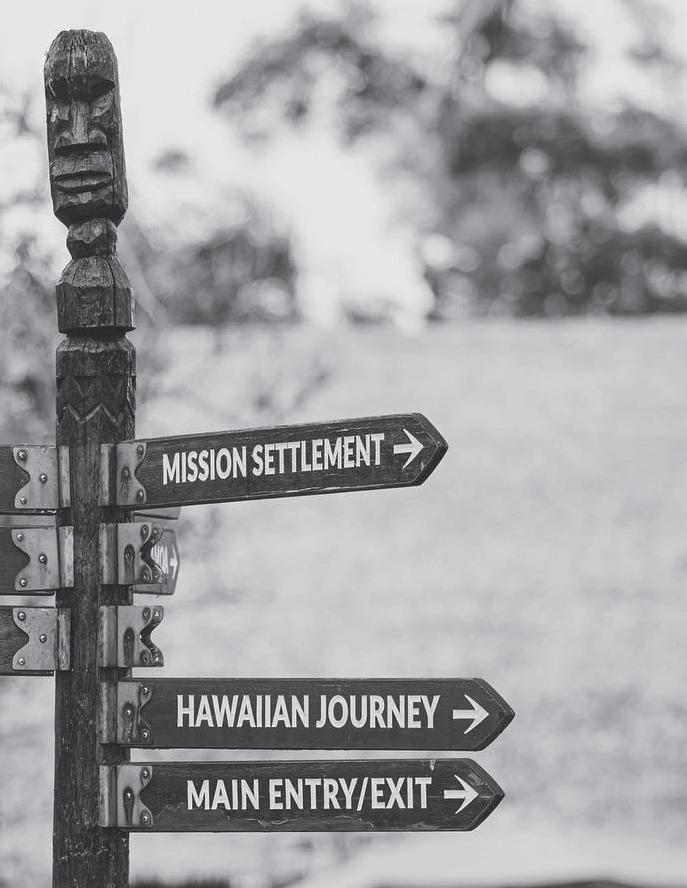
May 28, 1996
President Gordon B. Hinckley becomes the first president of the Church to visit the People’s Republic of China when the Folk Culture Village in Shenzhen extends him a lavish VIP greeting as “president of the PCC.” He was in the area to dedicate the new Hong Kong Temple the day before.
2000
1998
December 2000
The Center unveils its new canoe show, “Rainbows of Paradise.”
1997
Western Samoa head of state invests PCC President Les Moore with chiefly title
September 1998
The Center launches its latest - and still in use - logo in time for the 35th anniversary.
December 1998
Vanna White tapes a portion of the “Wheel of Fortune” TV show at the PCC.
His Royal Highness Malietoa Tanumafili II
May 10, 1997
His Royal Highness Malietoa
Tanumafili II, Head of State of Western Samoa, bestows PCC President Les Moore with a chiefly title at ceremonies in front of BYUH.
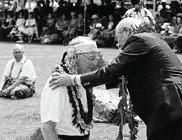
September 1997
PCC attendance surpasses 25 million.
PCC opens Easter Island moai exhibit and the PCC celebrates 40th anniversary
Nov. 11, 2002
Fijian Prime Minister Laisenia Qarase and his wife visit the PCC.
Queen of Tonga visits

PCC and BYU-Hawaii
February 2003
PCC completes a $2.4 million renovation project, installing museum displays in the front entrance, landscaping along Kam Highway and installing 18 new tiki.
Feb. 3, 2003
PCC President Von Orgill marks the completion of the Center’s five new Easter Island exhibit moai when he and four carvers from Rapa Nui place the eyes in the statues “so they can see.”
April 25, 2003
PCC welcomes its 30-millionth visitor Dianna Hill, a rural postal carrier from California.
August 2003
Alii Luau manager Raymond Mokiao and the PCC Promo Team appear on a Hawaiian cooking segment with Al Roker on NBC’s “Today Show” in Manhattan, New York.
Oct. 20-26, 2003
Thousands of people, including President Gordon B. Hinckley, help the PCC celebrate its 40th anniversary.
2011
June 2011
PCC President Von Orgill announces a $38 million, five-year renovation including a makeover of the Gateway Restaurant, expanding the shopping plaza and converting the Hukilau Theater into a 4D experience.
April 2004
Alberto Hotu, 75-year-old traditional leader and former mayor of Rapa Nui, visits the Center following an invitation in February from Elder Jeffrey R. Holland, the first apostle to visit Easter Island.
March 12, 2004
Her Royal Highness Queen Halaevalu Mataaho of the Kingdom of Tonga visits BYUH and the PCC.
June 2004
The PCC Promo Team makes its visits to Cambodia and Vietnam and then continues on to appearances in Korea.
Nov. 10, 2011
The Gateway Restaurant celebrates a grand reopening.
Oct. 21, 2005
More than 6,000 alumni, special guests and others associated with BYUH’s 50th anniversary (1955–2005) visit the PCC.
2007
PCC’S John Muaina goes on BYUH Concert Choir tour of China
Summer 2006
For the first time a PCC performing group appears in Branson, Missouri, at the 3,800-seat Grand Palace Theater.
2009
President Thomas S. Monson and others attend PCC and also rededicate the Laie Hawaii Temple
2008
The night show “Ha: Breath of Life” begins
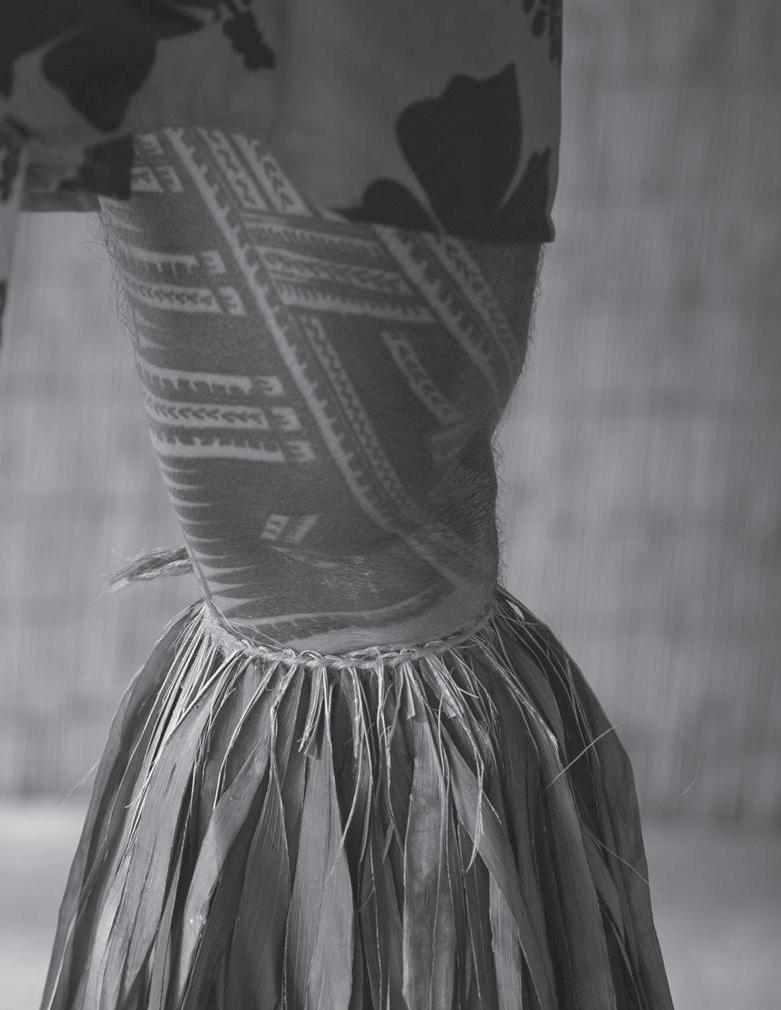
Nov. 19, 2010
President Thomas S. Monson, along with President Henry B. Eyring, their wives and several other General Authorities visit the PCC two days before President Monson rededicates the Laie Hawaii Temple. The temple was closed for almost two years because of extensive renovation work.

July 22, 2009
After over 14 years and more than 4,000 performances, the PCC “drops the final curtain” on its night show, “Horizon.” Elder Dallin H. Oaks meets with the cast on stage after the final show.
Aug. 14, 2009
PCC officially premieres its new evening show, “Ha: Breath of Life,” after three years of planning and more than $3 million in improvements.
Oct. 29, 2009
The Laie Inn, the motel near the PCC originally known as the Laniloa Lodge, closes to the public. On Jan 25, demolition work begins to make way for a new hotel.
May 2007
Vice President of Human Resources “Uncle” John Muaina represents the Center on a BYUH Concert Choir tour of China to celebrate 25 years of the Asian Executive Management training program.
March 5, 2008
LDS Philanthropies, which coordinates church fundraising, creates the Matthew Cowley Society to honor donors who make estate planning gift contributions to BYUH and/or PCC.
June 25, 2008
PCC Board Chairman Mark Willes dedicates the new halau wa’a in the Hawaiian village where BYUH’s traditional twin-hulled 57-foot Hawaiian sailing Iosepa is berthed when it’s not on the water. It was built with private donations of $2.65 million.
Oct. 21-31, 2008
PCC launches the Haunted Lagoon, a scary nighttime canoe ride. More than 12,000 people came the first year.
PCC celebrates 50th anniversary
Jan. 19, 2013
PCC stages the 23rd annual Moanikeala Hula Festival.
March 29, 2013
The newly renovated Hawaiian Journey Theater opens with “Hawaiian Journey” debuting a large-format, 12-minute experiential movie. It is also the re-opening of the renovated Hawaiian Village.
May 8-11, 2013
Top fireknife dancers come from around the world to the PCC for the 21st Annual World Fireknife Championship and the High School Samoan Arts Festival.
July 2013
PCC puts on its 14th Annual Te Mahana Hiro’a o Tahiti Tahitian dancing competition.
Sept. 1-8, 2013
The PCC holds a weeklong celebration of its 50th anniversary.
Nov. 30, 2013
The PCC holds a special Kawanga ceremony to mark the reopening and completion of the Maori Village after extensive renovations. One of the original master carvers is present.
The Polynesian Football Hall of Fame
Jan. 24, 2014
The PCC enters into a partnership with the Polynesian Football Hall of Fame.
March 28, 2014
The Queen of Tonga visits the PCC as part of the Queen Salote College reunion in Hawaii.
April 5, 2014
The PCC receives the Thea Award from the Themed Entertainment Association for outstanding achievement.
April 25, 2014
PCC alumna Kealohalani Serrao wins the Miss Aloha Hula title at the Merrie Monarch Festival in Hilo.
July 14, 2014
Prince Ata of Tonga visits the PCC as part of a reunion for Tonga’s Liahona High School.
Sept. 20, 2014
The PCC dedicates the new chief’s house in the Samoan Village.
Jan. 24, 2015
The Polynesian Football Hall of Fame opens for the first time.
February 2015
Devin Graham, who also goes by @ devinsupertramp on YouTube, films a special video of the PCC.
Feb. 20, 2015
Some of the kupuna from the community participate in a “soft opening” of the Hukilau Marketplace.
May 20, 2015
The statues of Joseph Kekuku and Hamana Kalili are installed in front of the PCC. The statues were made by Leroy Transfelt, an alumni from New Zealand.
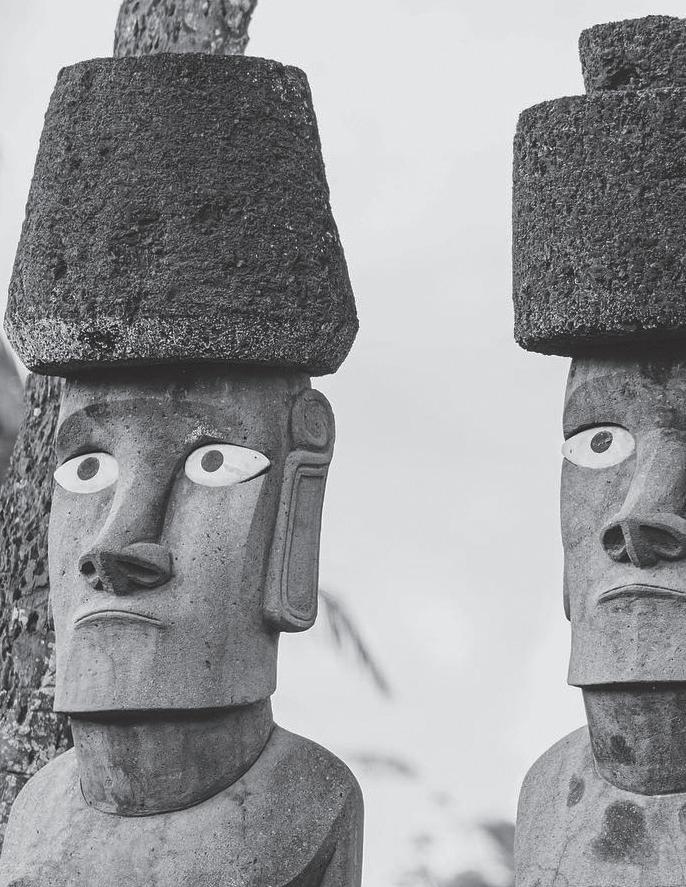
Aug. 29, 2015
President Dieter F. Uchtdorf, second counselor in the First Presidency at the time, dedicates the new Hukilau Marketplace in the morning and the new Laie Courtyard by Marriott Hotel in the afternoon.

December 2015
The PCC board of directors names two women as vice presidents. Delsa Atoa Moe becomes the vice president of cultural presentations and Fifita Unga, as the vice president of culinary services.
The Tonga village reopens after renovations
The PCC receives multiple awards and recognitions
April 2016
The PCC creates a big sign behind the Hamana Kalili statue with two 26-foot-tall Hawaiian ki’i, or statues representing deities, made by Kawika Eskaran, one of the carvers who also worked on the Iosepa canoe.
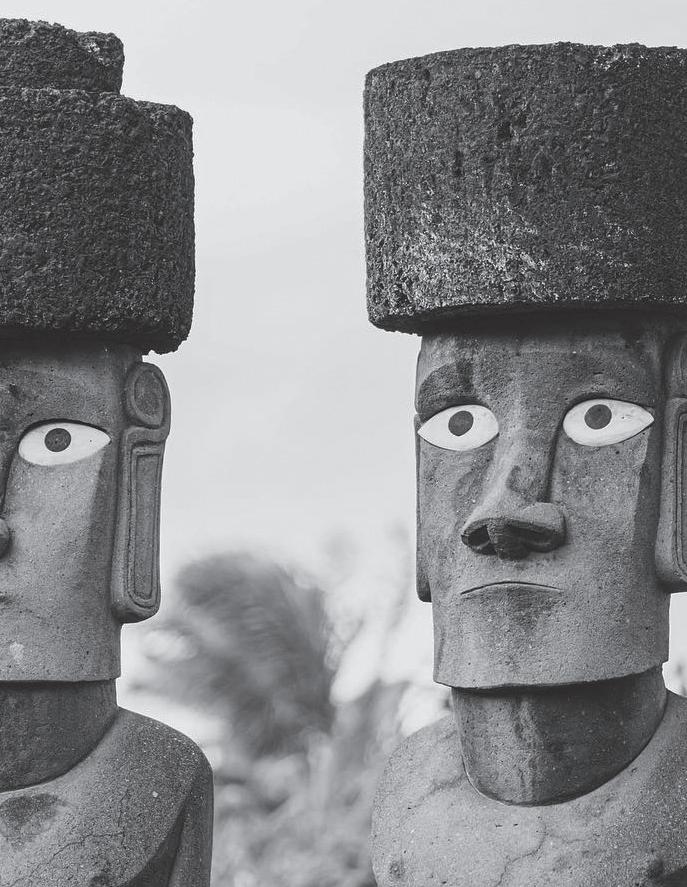
June 10-11, 2016
King Tupou VI and Queen Nanasipau’u of Tonga come to Laie to participate in the grand reopening of the renovation of the Tongan Village.
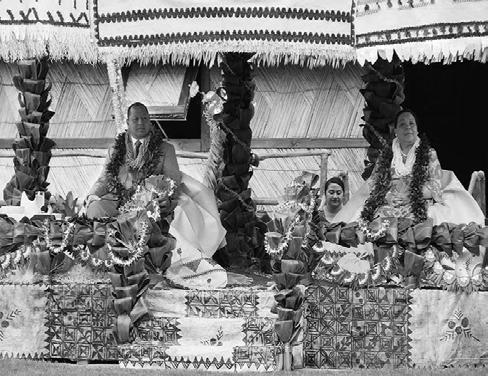
Sept. 22, 2016
Honolulu-based Pacific Business News presents its inaugural Pineapple Award in the visitor attraction leadership category to the PCC.
September 2016
The PCC creates an app to navigate through the villages.
The new canoe pageant is unveiled
January 2017
Hawaii Magazine, published in Honolulu, presents the Center with its 2017 Best Oahu Luau and Best Honolulu Museum awards.
July 16, 2017
The Moanalua Gardens Foundation in Honolulu presents Cy Bridges with its inaugural Namakahelu Oli Master Chanter’s award at the Iolani Palace bandstand.
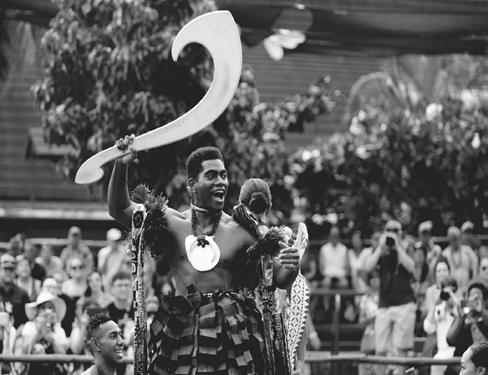
July 17, 2017
The first group of performers from the Cook Islands National Arts Theatre arrives in Laie for a six-week appearance.
October 2017
USA Today Newspaper recognizes the PCC as Best Hawaii Attraction. The magazine Travel Weekly presents the PCC with its annual Magellan Silver Award in the Cultural Arts category, which is awarded to places throughout the United States and Canada.
March 3, 2018
The PCC has one of its largest attendance days ever with over 8,400 visitors who came as part of the USO’s “Tribute to the Troops” event.
Aug. 18, 2018
The PCC starts the new canoe pageant, which is called, “Huki: where the Islands meet.”
The first Giving Machine in Hawaii hosted at the PCC
The PCC administrative offices move onto the Center’s grounds
Oct. 15-17, 2019
The PCC co-sponsors the Global Breadfruit Technology, Health Summit in Laie and the Pacific Business Center at the University of Hawaii College of Business.
Nov. 19, 2019
The PCC hosts the Church of Jesus Christ of Latter-day Saints’ Giving Machines as the first location in Hawaii.

2021
The PCC has a soft reopening after COVID-19
March 14, 2020
The PCC issues a notice saying it will shut down on March 16 to help control the spread of COVID-19.
September 2020
The PCC begins moving all of its administrative offices from the BYUH Lorenzo Snow Administration Building back onto the Center’s grounds.
Sept. 4, 2020
All full-time employees return to work after the COVID-19 shutdown.
January 2021
The PCC has a “soft reopening” after the COVID-19 shutdown.
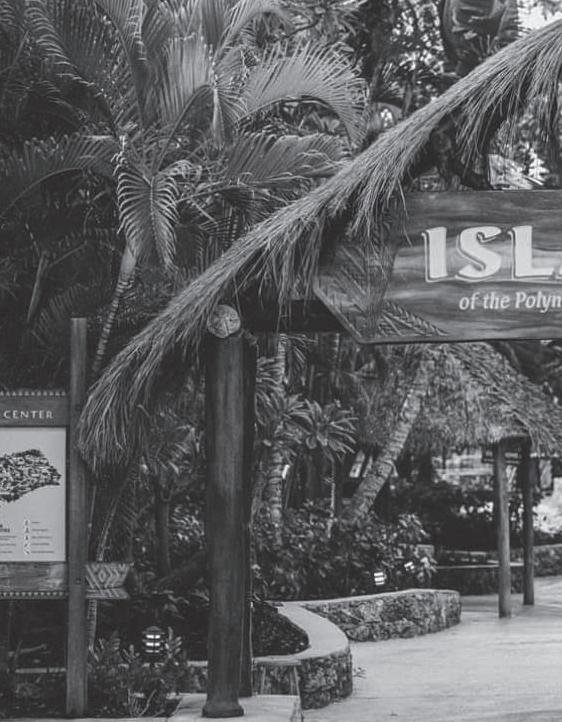
April 26, 2021
The PCC returns to full-day operation with the exception of Wednesdays.
May 2021
Prince Tungi of the Kingdom of Tonga visits the PCC.
October 2021
The PCC receives the International Marcom Award, which honors excellence in marketing and communications while recognizing creativity, hard work and generosity of industry professionals.
The PCC celebrates its 60th Anniversary
January 2022
The Polynesian Football Hall of Fame reopens after COVID-19.
March 20, 2022
Pacific Business News presents Delsa Moe, PCC’s vice resident over cultural presentations, with the Women Who Mean Business Award.
June 11, 2022
The PCC enters a float in the marching unit of the King Kamehameha Day Parade in Waikiki.
May 5-11, 2023
The PCC hosts the 30th Annual World Fireknife Championship and We Are Samoa Fealofani Day.
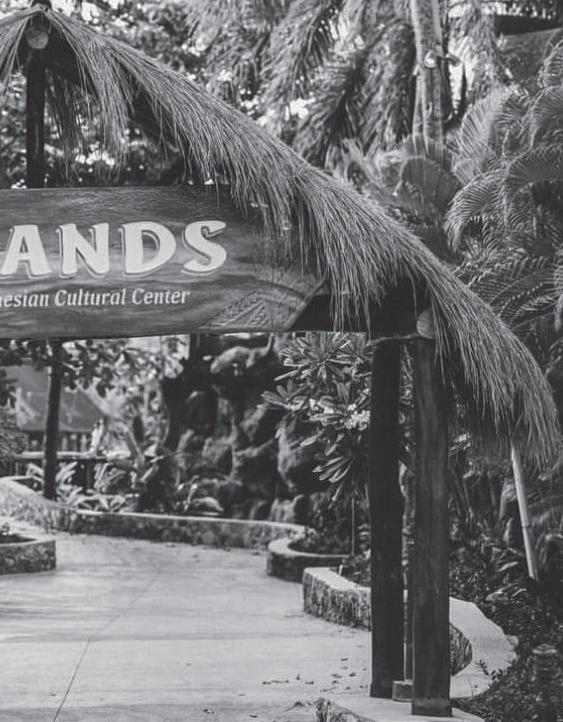
July 2023
The PCC, BYUH and community members are invited to help prepare the Iosepa sailing canoe to take part in the Festival of Pacific Arts and Culture that will be held next year in June.
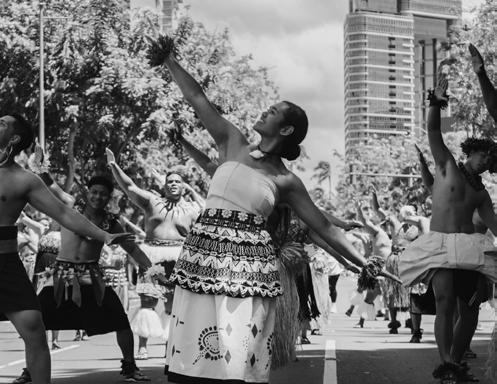
BYUH alumnus say he wants to do whatever he can to support his future family
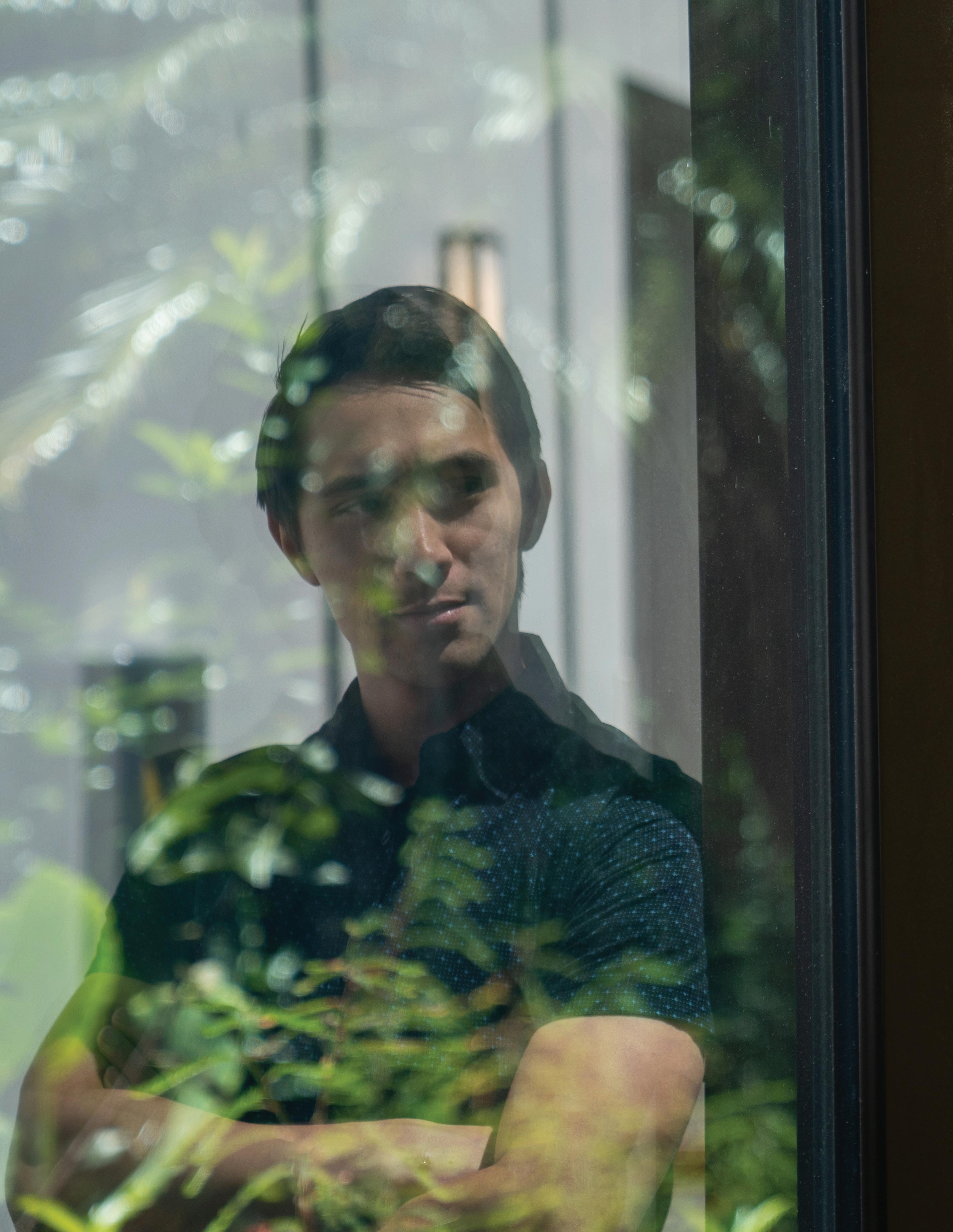 BY SHARINI SHANMUGANATHAN & ELIJAH HADLEY
BY SHARINI SHANMUGANATHAN & ELIJAH HADLEY
Once set on becoming a pilot, Au’ahi Aiu, an alumnus with a degree in business management from Kahuku, said it was no longer his main career path and his future plans involve him going to law school. He said if he could go back in time, he would like to tell his younger self to not be scared of all that is ahead but to have courage, separate the good from the bad and focus on all the good.

To focus his career path, Aiu said he changed his major from biochemistry to business between his freshman and senior year. With many decisions and changes made over the last several years of his life, Aiu said the change in what he wanted to do with his life did not happen overnight.
“The very first thing was realizing flying and the military are not career paths for me because I had a good career mentor at Career Services, J Smith. He was amazing. Dare I say he was one of the best ones. His mentorship helped me realize there’s something else, and so that made me search. [This] pushed me into more of the business sector. I was taking entrepreneurship classes at the time, but then I met Paul Wilson. His background is marketing,” which Aiu said he thought sounded like a useful skill.
When sophomore year came along, Aiu said he was still unsure of what to do for his major, but decided he needed to make a decision soon, ultimately deciding to major in business. After taking a class about business law, Aiu said he was fascinated by the subject, and said it helped him realize he really liked law. This, he said, prompted him to get a legal studies certificate.
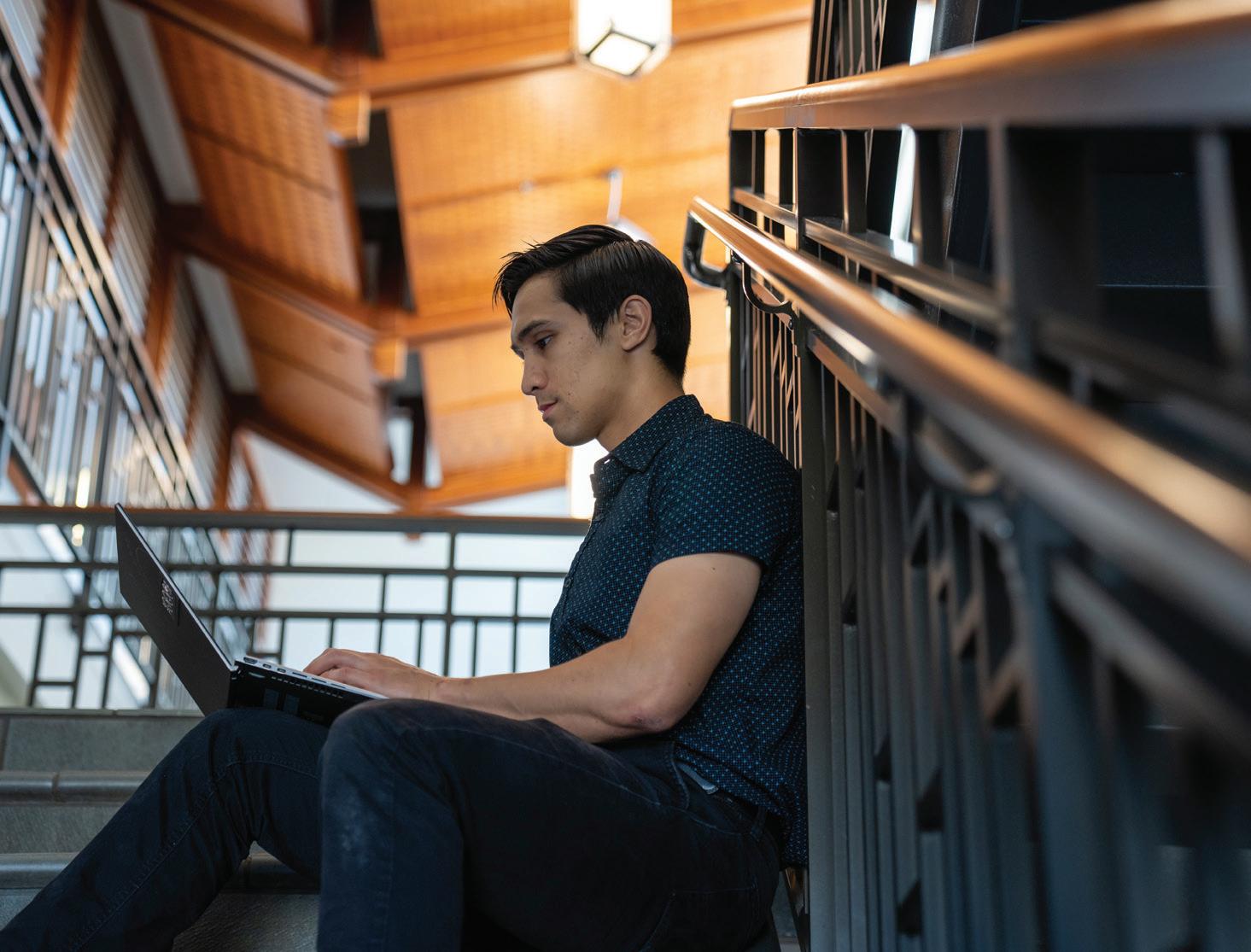
In hindsight, Aiu said he saw everything had worked out how it was supposed to, but clarified that at the moment, it did not feel that way. During the time he was trying to figure out what he wanted for his career, he said he was looking for something that would give him the most options in the future.
“It was very scary in the times in which I didn’t know what to do next, where I was unsure. For example, just before I decided on my business management major, I had to pick. That was actually pretty scary,” he explained, saying he felt he was running out of time and wanted to use his four years at BYUH to the fullest.
During the COVID-19 pandemic, Aiu said he experienced strong anxiety and distress because of all the uncertainty. “It just took a lot to get to the point of where now I’m okay with it.” He said being at a Church university helped him remember to trust in God. “It took me a while to actually trust Him more and be like, ‘Okay, everything’s gonna turn out fine.’ It took me quite a while to realize I can do what I want.
“In a very real sense, I could do whatever I want. After realizing that, it just takes time to get to that ambition or goal. It’s about just picking a direction and just going for it, and just adapting wherever,” he said.
“In the grand scheme of things, my hope is to return to Heavenly Father,” he said. “I know not everyone believes in religion, … but that, for me, helps. It helps with keeping me moving forward. For me, there’s more after this than just death, but in a quite literal sense eternal progression.”
Aiu said for a while, he had a hard time listening to his Heavenly Father but needed divine help when deciding what career path to take in life. “I realize more and more he’s always there. Even when I can’t hear him, or I don’t want to hear. I’m still very human. There are definitely times when I don’t wanna
listen.” In those times, Aiu said he made simple mistakes, but God found a way to make things right.
He also said he is able to see the Lord’s hand in his life through the people he meets, including his career mentors, professors and academic advisor, who he said always provided him with good advice as he figured out what he wanted to do.
Aiu said he does not know where specifically he will end up after going to law school, but he has an idea of the direction he wishes to go in. “For myself, I want to improve myself. I want to be able to understand the logic better, of just the world. I want to be a better person to see all sides of an argument or situation, and then I want to be able to have the confidence enough to essentially, either fight for myself, fight on behalf of someone else or set up the means necessary to protect them.”
He continued, “One of the things I know I want to do is facilitate process, or essentially make things go faster. I realized here I was pretty good at learning the ins and outs of bureaucracy, or the steps to get to an end. … I feel like in the same way, serving people would be to [first], help them as fast as I can, make sure they get what they need as fast as they can. But also, [second] what they need, not necessarily what they want. If I can get them what they want, that would be great. But sometimes, getting what you want is not possible.”
With a mentorship from Jennifer Kajiyama Tinkman, an adjunct assistant professor in the Faculty of Business & Government, Aiu said he became even more convinced of what he wanted to do with his life.
“One of [Kajiyama Tinkman’s] emphases in class is being a lawyer allows you to be an advocate for people. So in serving people, I think that’s what I also want to do, is advocate for people. [I want] to help them find protection from the law, rather than viewing the law as something to just throw people under the bus,” he said. He added he wants to show people there were legal remedies for their problems.
He explained another part of his motivation is “internal” because he said he wants to provide for his family. “It’s definitely not an easy profession. Even now I’m still struggling to pass the LSAT [Law School Admissions Test], and that’s been terribly hard.”
Aiu said the skills he has learned will also be applicable to the way he cares for his future family. “I also have to, in a very real sense, legally protect my family from this kind of litigious, [contentious] world, or just this world in general. So I feel like the law is one way to protect them. [I want] to provide, obviously financially, but also to be there for
them. The hope is that I get to a point where I’m good enough so I can keep work at work, and when I get home, I can be with my family and be present.”
Aiu said finding the balance between his career and his family in the future is a little scary for him. “The thing here is whenever I think about it, a lot of my worries come out. … Because I don’t have all the answers right now.… I think right now the guiding factor is make sure I stay in the church, and more so stay close to God, listening to the Holy Spirit
and doing everything I can to be good. I think those are my guiding principles.”
Although he is moving toward law school, Aiu said airplanes still provide great inspiration for him. “I don’t necessarily think it’s the actual career [being a pilot] that is inspiring, although it totally can be. I think a stronger inspiration and motivation is more of what it stands for. I think for me, the reason aviation and flying were so inspirational to me was that sense of freedom. Like not being tied to the ground, if you will, but always being able to return to the ground.”
For a long time, Aiu said he believed his purpose in life was to protect, and interpreted this to mean he had to learn to physically fight as a fighter pilot. He said he eventually realized, around spring 2022, that he did not need to become a fighter pilot in order to be a protector. For him, Aiu said the challenges he has faced have all been about finding his “why,” or his purpose in life.
“It doesn’t have to be perfect,” he said, referring to the “why,” but he added how someone’s “why” is related to what they fight for, and the ideal world they seek to help build. •

Growing up in Malaysia, Daryl Snelson, a sophomore majoring in health and human science, said he found a great passion in professional wrestling. He said his love for self-defense has grown since he was nine when he took a taekwondo course, and later on, he discovered more mixed martial arts like boxing.
After exploring several branches of self-defense, he said he shared his desire to be a boxer to his father, but his father told him, “When I die, you can be a boxer.” Daryl Snelson said his father knew he would get hurt in boxing because the whole goal of the match is to knock the rival out. But his passion didn’t end there, Daryl Snelson said. As he explored pro wrestling and negotiated with his father to become serious at it, he said his father finally agreed.
Daryl Snelson explained how pro wrestling is a form of theater. It combines physical skills and showcases acting talents to audiences, he shared. He said the whole point of everything that happens in the ring is to entertain the audience. Everything is scripted to create a story, he shared. “Everything we do is real, and most failed stunts hurt, but it is all part of being a different character when you are in the ring performing,” he added.
According to Daryl Snelson, when he was assigned as the “good guy” of the match or the protagonist in the ring, he shows the audience this through the way he acts out his wrestling skill without saying it. The goal is to persuade the crowd to be on his side. He said, “If I am the good guy and the audience is supporting me to beat my rival up, that’s how I know I did my job well.” He said, if the audience cannot tell which one is the bad and good guy, something is wrong with the way they are portraying the character in the story.
Whenever he wrestles, he said he feels like he accomplishes something whenever the crowd responds to the performance. “Every time I wrestle, I strive my best to have an engagement with the crowd. It does not matter what kind of stunts or moves I perform.
If the crowd is not engaging or having fun, I need to change the way I wrestle,” he said. He added how getting the attention of the crowd, whether one is placed as the villain or hero in wrestling, is the ultimate accomplishment of being a wrestler. He said it helps the crowd follow the storyline and eventually buy more tickets just to see the wrestler perform in the ring again.
Daryl Snelson said this branch of self-defense is called pro wrestling because every participant needs to be professionally trained, not only to throw a punch, slam or strike but also in the technique of how to act the fights out without vitally hurting each other. He said, “In wrestling, everything is done with a safety precaution. So, when you hit something ahead, you can hit it as hard as possible and it will not bother you. It does hurt but won’t kill you.”
He shared his first experience receiving training before he got into the field. He said he learned the correct way to fall with his back landing first, which is called a back bump. It took a whole month to make sure he had expertise in this skill, he explained. “When you fall, you always want to tuck your neck in. So no matter what movement you receive from your opponent, you always fall at the same basic position.”
He said his more recent training is now focused on how he can please the crowd. He said no matter how important learning a new stunt or move is, it will not attract the crowd if he does not engage with them.
“Ever since I started to wrestle here [in Hawaii], it was still a struggle at first because most of the audiences here are accustomed to seeing their local fighters wrestle. From our group, I am the only one so far who is from Malaysia,” he said. Little by little, he said he is continuing to learn how to please the Hawaiian crowd and encourage them to love him while he is performing in the ring.
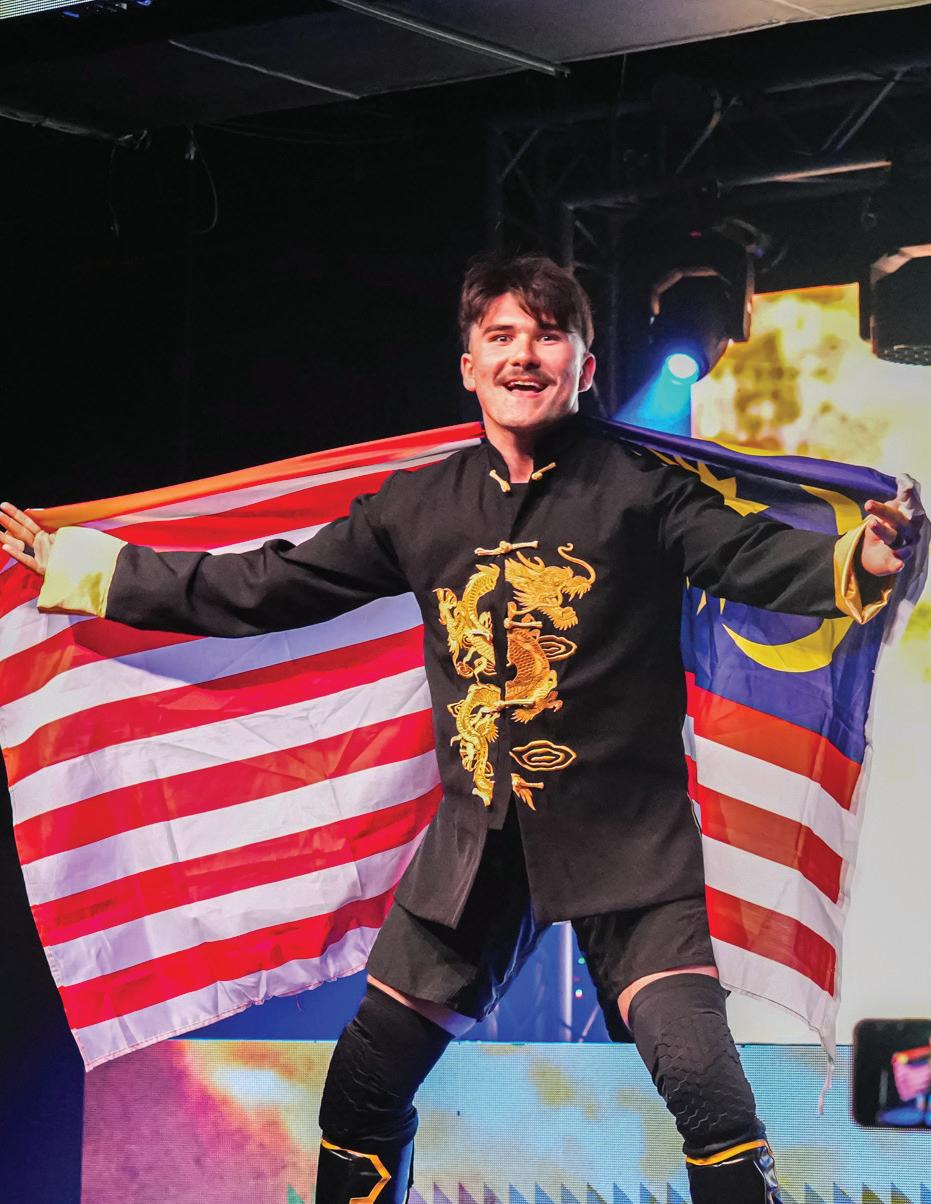
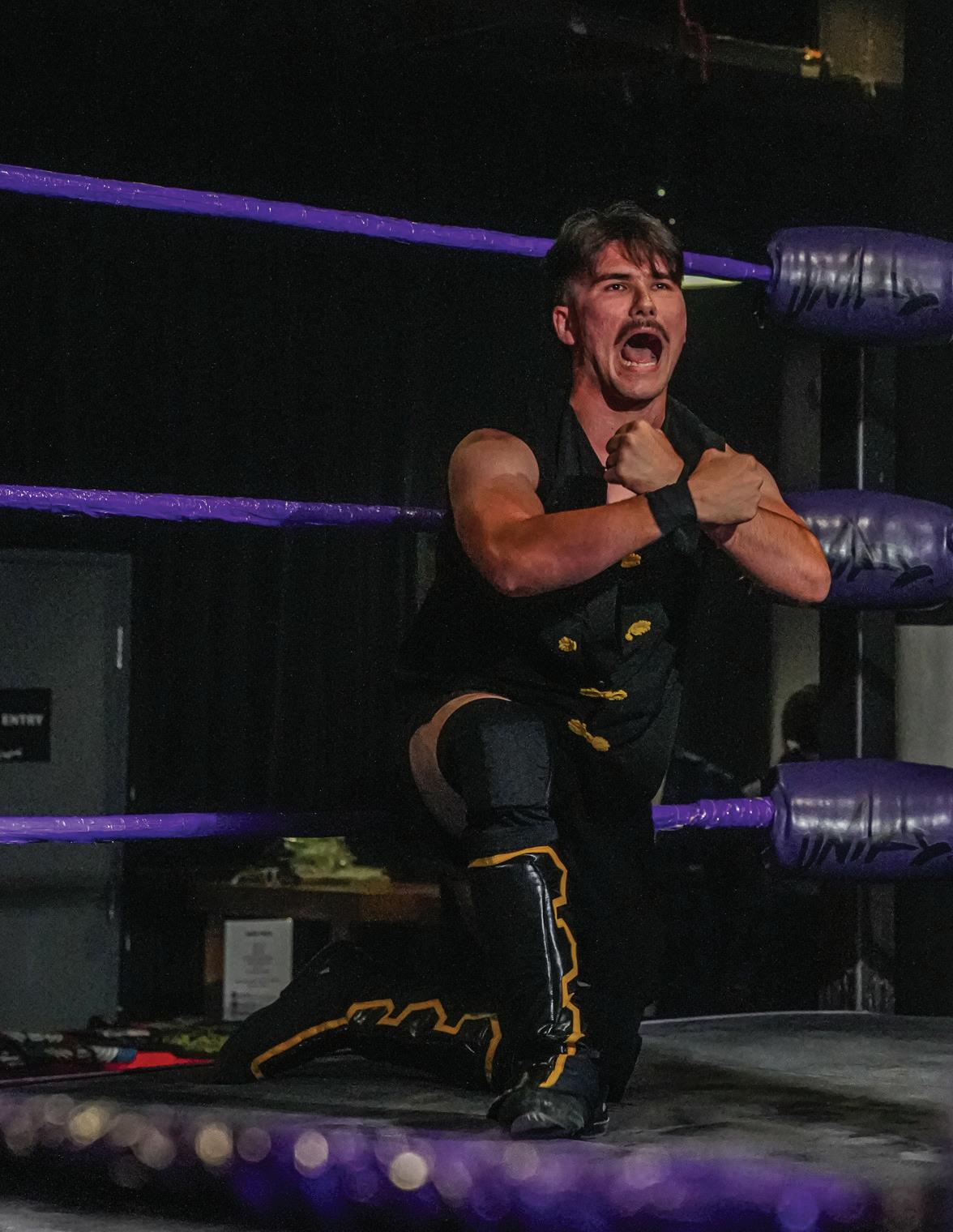
“Everything we do is real, and most failed stunts hurt, but it is all part of being a different character when you are in the ring performing,” Daryl Snelson.
Alexander Lee, the co-owner and founder of Unify Championship Entertainment Wrestling and the Wild Samoan Training of Hawaii, said he met Daryl Snelson over a year ago. Lee said he has been into wrestling for 18 years and trained people for 10 years, and he now oversees everyone on the team who wants to train and wrestle. Lee said Daryl Snelson was humble and teachable. “He learns very quickly. Coming from a foreign place, I assumed that transitioning from wrestling in Malaysia to Hawaii might be a struggle for him, but he proved us wrong,” he said. Lee added his overall experience training Daryl Snelson was simple because he made it easy to adapt to the culture of wrestling in Hawaii.
Throughout his journey to be a pro wrestler, Daryl Snelson said he has seen some people stop showing up after their second or third training. He said he realized there are so many risks that need to be taken to increase his skill, but because of his persistence and passion, he did not quit.
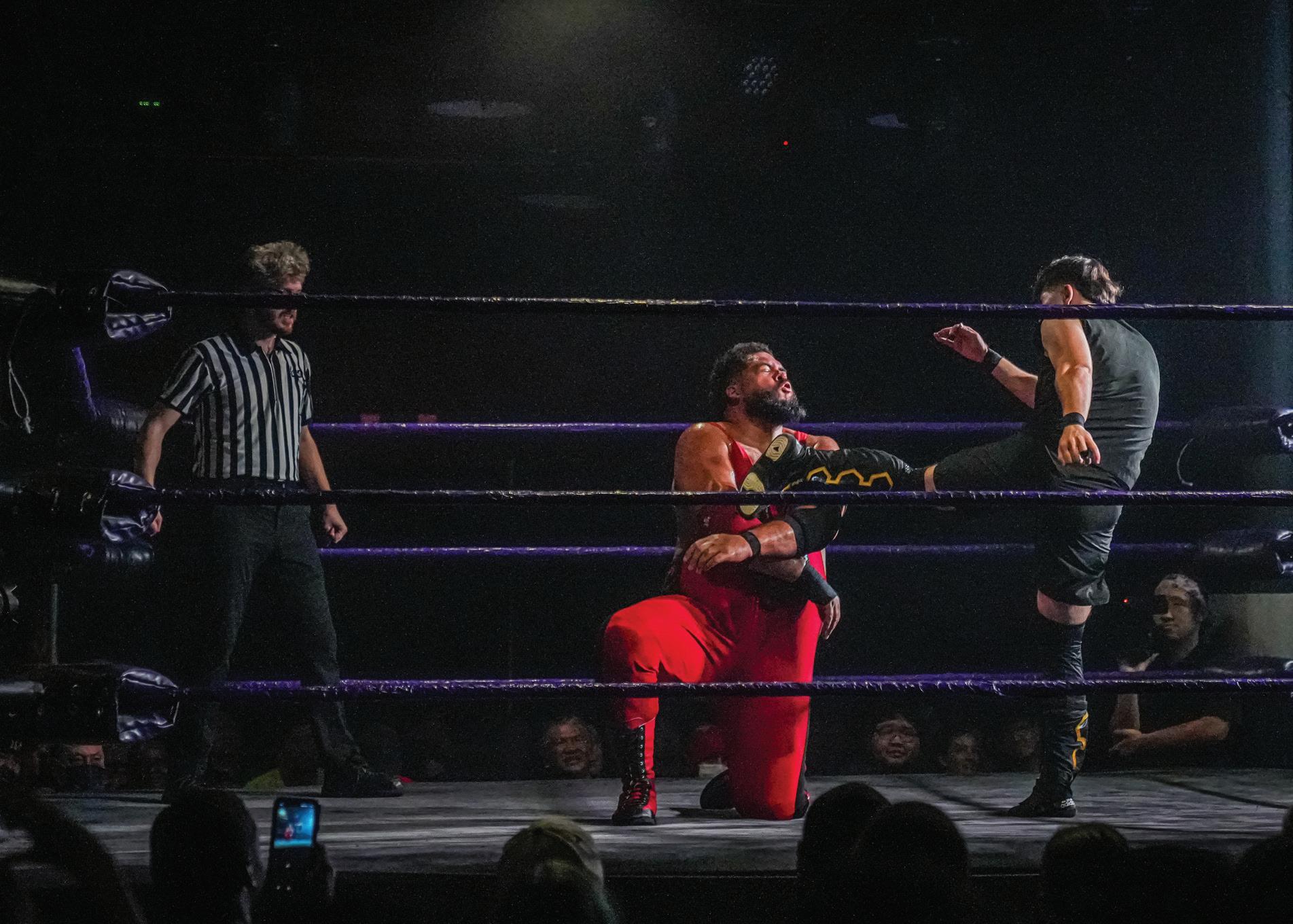
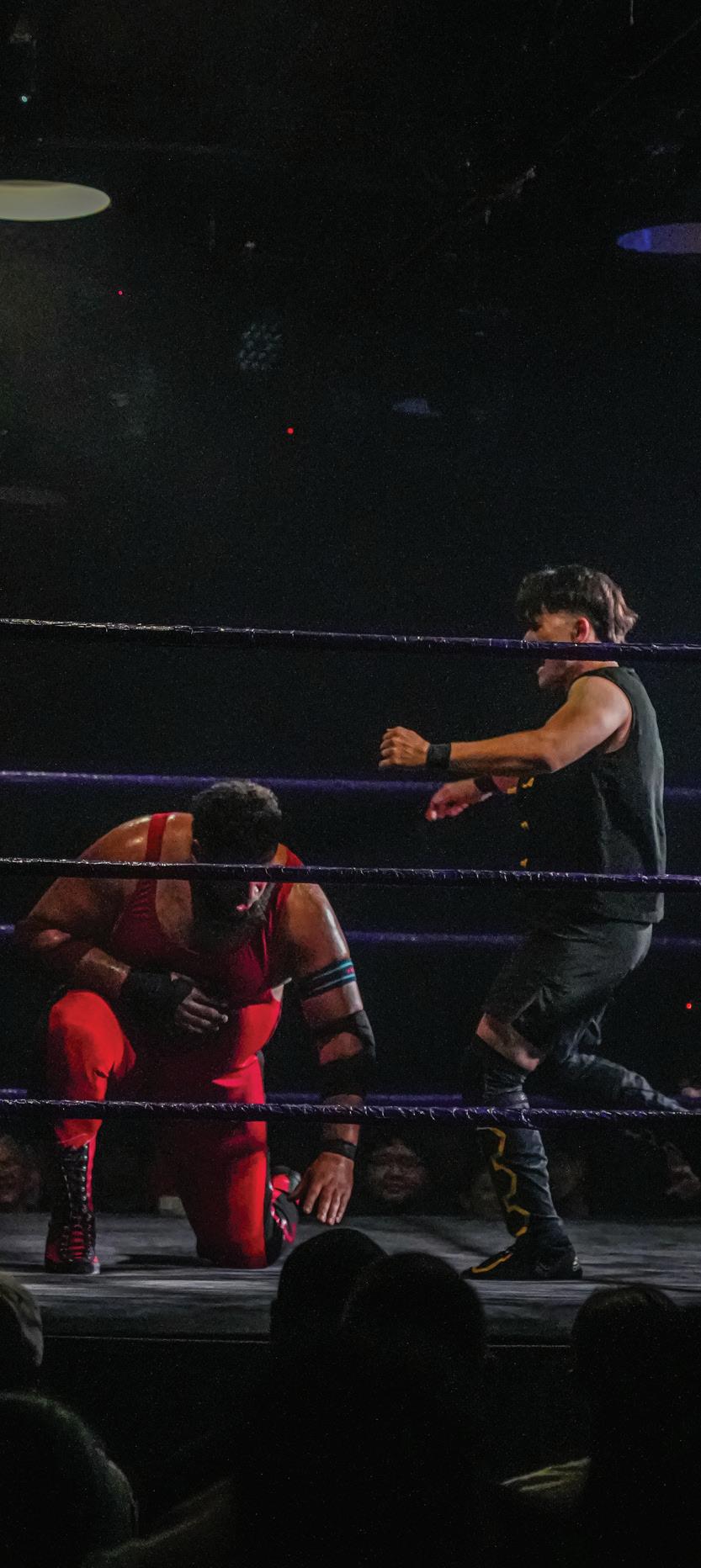
Cynthia Snelson, Daryl Snelson’s wife and a sophomore from Malaysia majoring in TESOL, said after her husband’s mission, he talked about wrestling several times during their early dating life. She said she thought it was the sport type of wrestling, but when he went to one of his matches, she was surprised to find out that it was entertainment wrestling. She said, “The first time I went to his match, it was very interesting. The moves look so real as if they are getting hurt, but in reality, they are trained to lessen the impact anytime they get knocked down in the ring.” She continued, “I was worried at first that he might get hurt while wrestling, but because of his trainers and his intense preparation, my worries were [taken] away.”
By the time they got to Hawaii, Cynthia Snelson said her husband was still eager to join matches and expand his connections with new people and wrestlers. She said it was a struggle at first because he found a place to wrestle around July 2022 and their wedding was scheduled for that next month. “I was apprehensive at first because he decided to continue to wrestle here. It requires him to have weekly Wednesday training in town, and on top of that, he is a student and a club president at the same time,” she said.
Days before their marriage, Cynthia Snelson said she had learned to accept what her husband loved. “Even though he had a tight schedule, he was still able to train, study, be a club president and a husband all at the same time. Over time, I just learned to accept what he loves to do and showed my utmost support to him,” she said. •
After graduating from BYU–Hawaii, alumna Lynne Hardy began her illustration business Ajoobaa’sani with the goal of telling authentic stories of Native Americans through her art. Hardy said she grew up with a love of drawing but also with a sense of self-loathing for her identity as Navajo. However, with the support of her family, her art and friends at BYUH, she said she overcame the desire to assimilate with everyone else. She said she now feels proud to call herself a member of the Navajo Nation as she makes and sells artwork accurately representing her heritage.
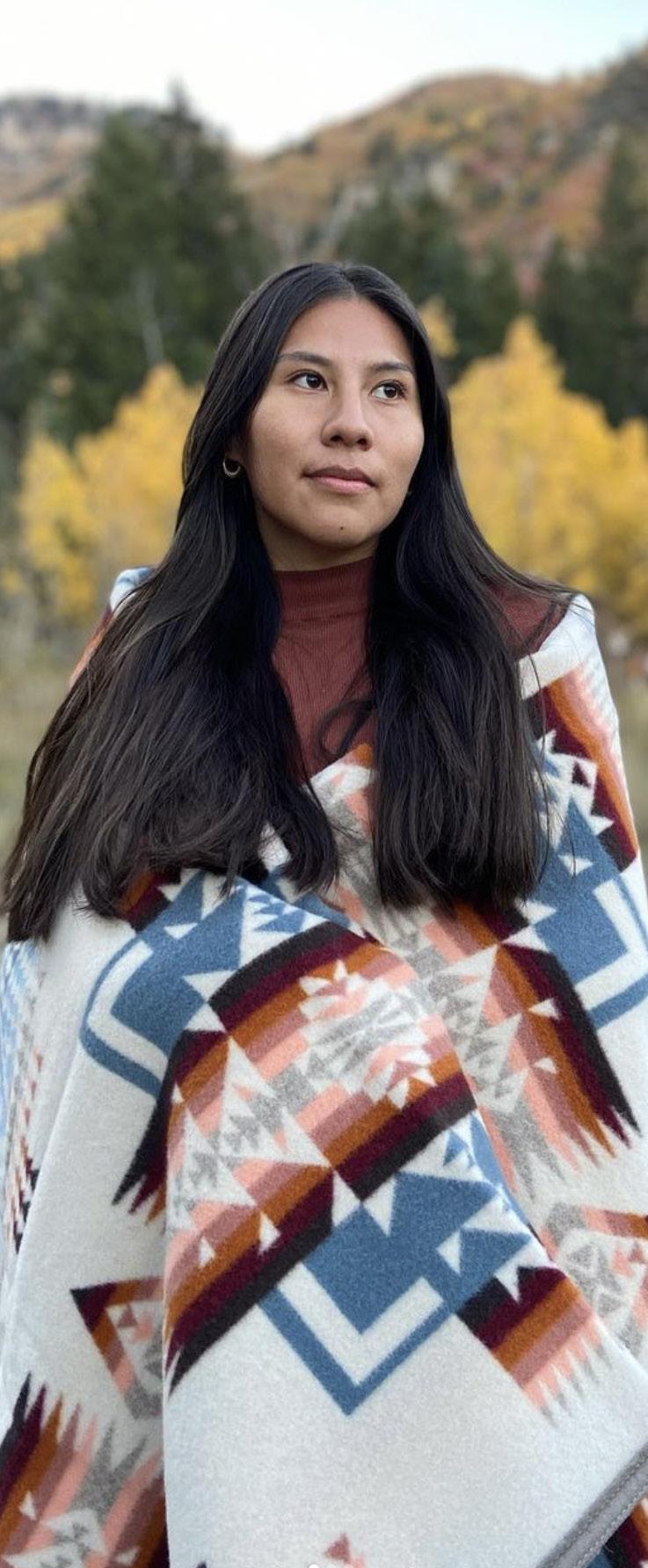
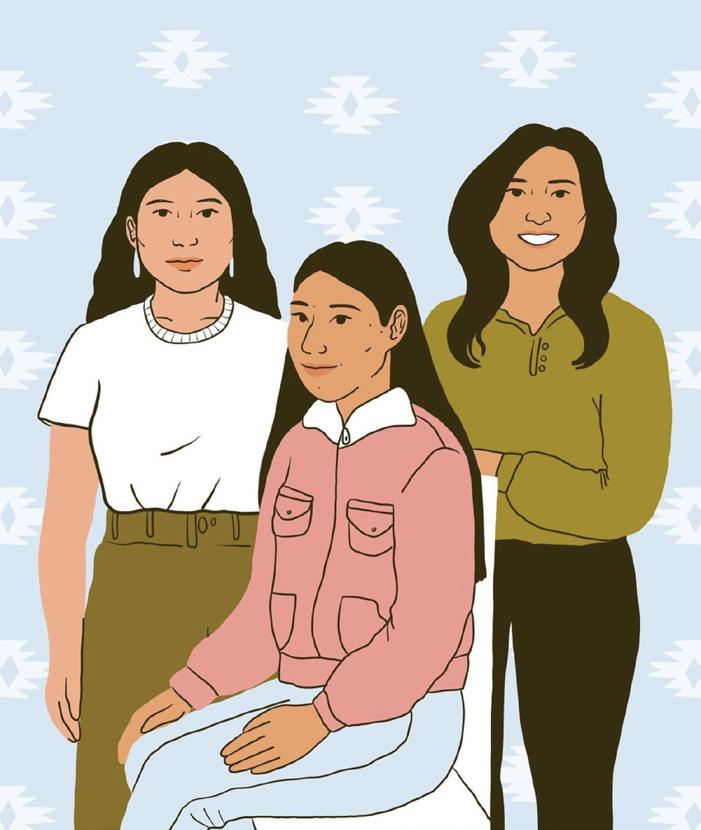
a j OOB aa’sani
Ajoobaa’sani, according to Hardy, means “women of the Gray Mountain,” which references the area around Flagstaff, Arizona, where she and her sisters grew up. According to her business’ official website, “It is a benevolent mountain, giving us what it has to offer. It provided food, water, grazing areas, ceremonial necessities and it sheltered our ancestors from the U.S. Calvary. Our mountain is joobaa’. We are from Dzilth Ajoobaa’i. Hence, Ajoobaa’sani.”
Hardy said part of her desire to create her business was the lack of representation she saw in places outside the Navajo
reservation. “Whenever I would go into a store and see merchandise that was representing Native Americans, I would get disappointed because it turned out it was made in another country. A lot of the tourist shops have stuff that’s really hokey and perpetuates these harmful stereotypes about Native Americans. There’s so many different tribes, and you can’t just label us all as one thing. The people and companies that make that stuff take our designs and our stories for monetary gain,” she said.
her culture through her Navajo-inspiredTop: Illustration by Lynne Hardy of her and her sisters Jenna and Leah. Left: Portrait of Lynne Hardy taken by Sunni Begay. Photos provided by Lynne Hardy. Graphics by Sugarmaa Bataa.
With Ajoobaa’sani, Hardy said she uses her graphic design skills learned at BYUH to create original artwork emblazoned on stickers, T-shirts, coloring books and greeting cards. She also offers custom digital portraits in her art style. For her, she said it is a way to share her culture with others who might be unfamiliar with the Navajo or Native Americans in general, and fight back against stereotypes.
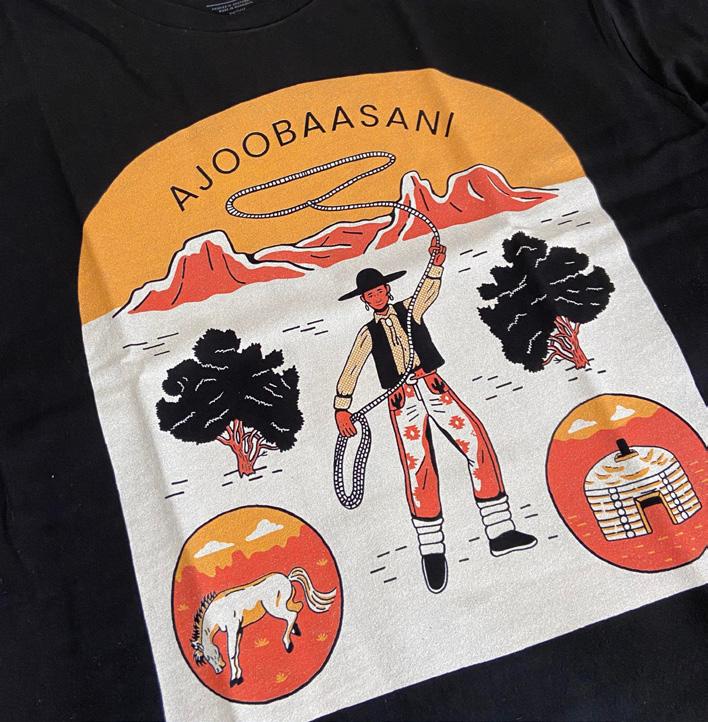
“Some people who aren’t native might feel bad about having a piece of Native American art up in their house because they’re worried they’re culturally appropriating. That’s why I think it’s so important to buy native-made art,” Hardy said.

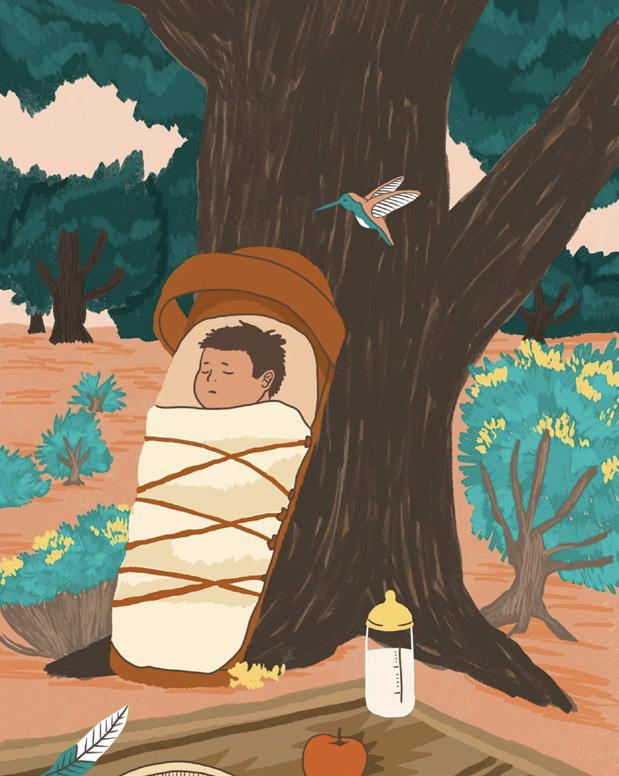

She continued, “My goal with my business is to appeal to the urban native and modern native. Some kind of see Native Americans as being stuck in the past. They have these ideas from the media that we all live in teepees and things like that. With my art, I want to respect the past and embrace the future. Native cultures do change and evolve, they don’t just stay static.”
Bruno Maynez, an alumnus from California who graduated in graphic design, worked with Hardy at the Ke Alaka’i News Center. According to Maynez, “Lynne is a kind and sweet person. She is also proud of her heritage and highly protective of it. I would ask her questions about her Navajo background and she would tell me stories about her family and life on the reservation. I could tell she possessed a deep knowledge, passion and most of all, an appreciation for her culture.”
According to Maynez, “[Hardy] then decided to take a leap of faith and started her own graphic design business.”

“I have a lot of things I want to do. I dream big dreams. Even if they don’t work out the way I’d hoped, at least I dreamed big. You’ve gotta have big dreams,” said Hardy.Illustrations by Lynne Hardy. Left to right: “Dirt Road Adventure Coloring Book,” tote bag for the Yahoo in the Know Native Changemakers Conference, “Scenes from a Glittering World” movie poster, “Native Presence and Sovereignty in College” book cover. All illustrations by Lynne Hardy.
Growing up around Flagstaff, Arizona, Hardy said some of the greatest stories of her heritage that inspired her were those of her grandparents. “They are full of stories of resilience and bravery. They overcame a lot. In the old days, they would take them and other kids away to boarding schools, and try to take their culture away from them.”
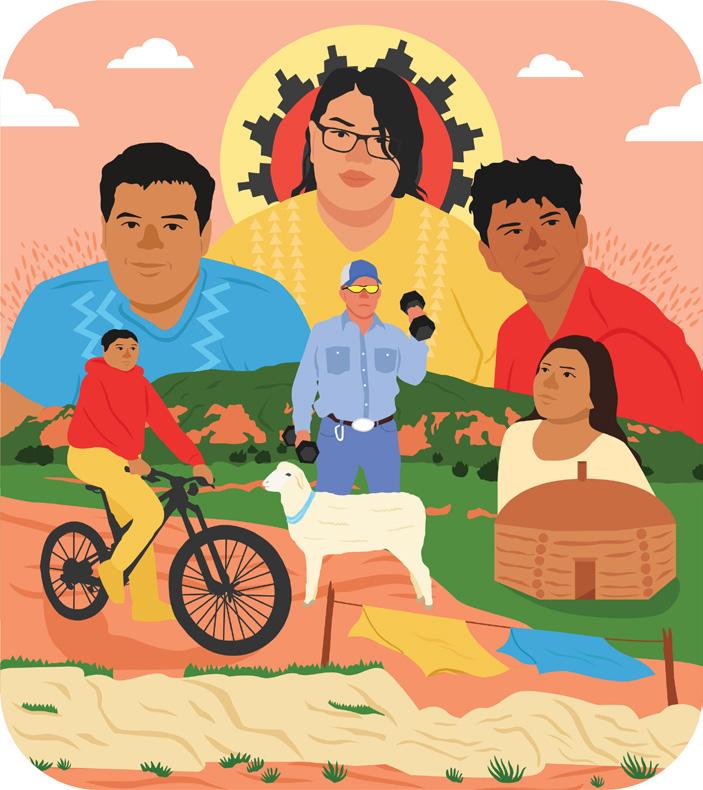
For years, Native American children were sent to boarding schools with the goal of assimilating them into American culture, Hardy explained. They were not allowed to wear their hair long, wear their traditional clothes or even speak their own language, according to Hardy, who learned about these difficulties from her grandparents.

“Getting to go to BYUH was a surprise,” Hardy said. She had originally been enrolled at BYU–Idaho as an illustration major. While in Idaho, she said she received word from a member of her reservation’s branch that BYUH was looking for more students of Native American heritage to attend the school. She said it was a hard decision, as she had never been too far away from home for a long period of time before, but ultimately she decided to go.
Anuhea Chen, an alumna from Idaho who graduated in graphic design, was Hardy’s friend and co-worker at the Ke Alaka’i News Center. Of the importance of art, Chen said, “When diverse artists create art, it can inspire, educate, preserve, help us gain appreciation and so much more. With Lynne’s art specifically, it’s been amazing to learn more about where she’s from and her upbringing.”
According to Chen, she and Hardy started their graphic design journey in BYUH’s program. “I remember from the start [Hardy] always clung to her Navajo roots, and I’ve always admired that. As someone with Asian and Pacific Islander heritage, I wish I’d always embraced it as proudly as she does.
“When we both lived in Hawaii, sometimes she’d make me fry bread, and
I cherish those moments. Nothing beats home-cooked foods from someone’s culture. Since we met in our first design classes, we’ve been friends ever since. I’m rooting for her continual growth as an illustrator and with her business. As an artist friend, I really love how she’s developed her unique, identifiable style to speak to an audience visually.”
Hardy professed her love for Hawaiian culture, which stemmed from her taking a Hawaiian studies class. According to her, “The people of Hawaii really know how to
“My people have been here for thousands of years, because they’ve been resilient and strong. They’ve endured boarding schools, genocide and a lot of other terrible things. … I am a fullblooded Navajo, and knowing that helps me in times of strife,” Hardy said.Illustration by Lynne Hardy of Navajo people from different generations. Illustration by Lynne Hardy for the “Scenes from a Glittering World” film poster.
express their culture boldly and proudly. With my art, I’m a storyteller, and so are the people in Hawaii. Their diversity and culture are appreciated.”
In Idaho, Hardy said she survived but was not able to be herself. However, going to Hawaii helped her feel fully alive, she shared.
L O ving her heritage
Hardy said growing up in the town of Flagstaff was difficult for her due to feeling lesser because of her background. “There was a lot of bullying when I was a kid. I hated it. It came to a point where I didn’t even want to be Navajo. I wanted to be a white girl, because the white girls seemed to get the attention and be seen as something more by people. I wanted to feel like a part of something back in school. I wish I could go back to high school and tell my younger self not to worry about any of that. Tell her not to worry about what people think. Tell her that her culture should be celebrated, not just tolerated.”
Chen said she has a lot of admiration for her friend, “Lynne is literally creating a documented history of her culture with her artwork. As an outsider, it’s so cool to learn some Navajo phrases and about her nostalgic foods. Not only that, but so many other Native people really resonate with her artwork.
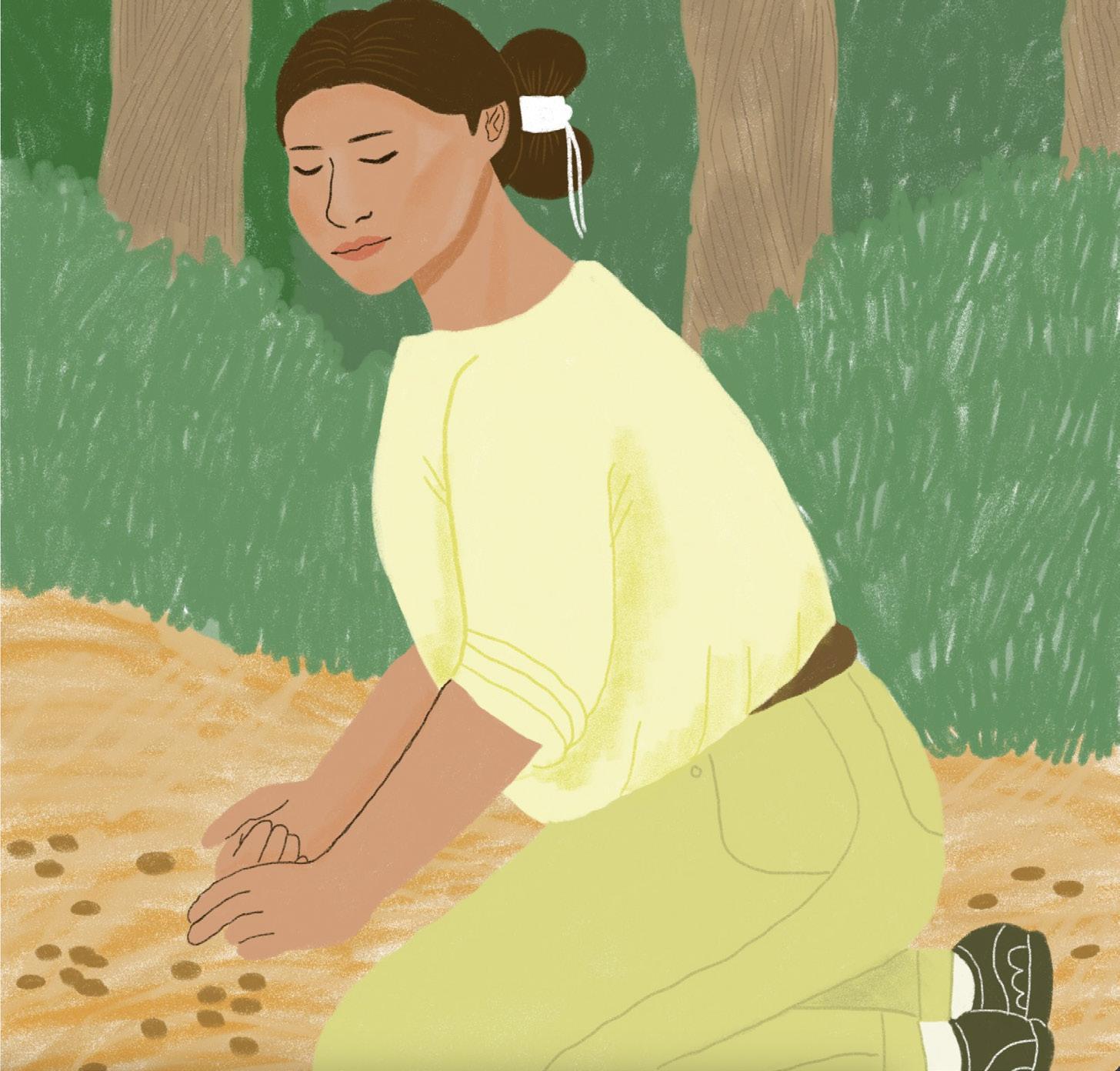
“Imagine finally finding illustrations where you feel represented. I’m sure some of them would be so giddy,” she exclaimed. “Artists with diverse backgrounds creating art in turn creates a more inclusive community. Recently there was a whole conference on Native North American typography, which I thought was brilliant to facilitate these conversations and interests in written Native languages.”
Hardy also has the distinction of being an Adobe stock artist. She said she had originally applied for a scholarship Adobe was doing for an artist’s residency but did not get it. However, she said this disappointment had a silver lining. “The people at Adobe emailed me, and said they really liked my portfolio and offered me a chance to be a stock artist for them, which is basically the same thing as being a stock photographer,” said Hardy. Her artwork is included among the thousands of stock pieces in Adobe’s gallery, and they are licensed for a fee.
Hardy was also featured in a video for the Adobe Stock Artist Development Fund. The program provides funding to artists
“Instead of wanting to hide my culture away or feel it wasn’t appreciated, I felt like my culture was being validated and praised in Hawaii ... That’s my advice to anyone. Find people who care about the same things you care about, and you won’t feel alone,” said Hardy.Illustration by Lynne Hardy for the Adobe Stock Artist Development Fund.
around the world to build an authentic, diverse collection of stock images and art. The goal of the program, according to the video, was to promote more authentic depictions of underrepresented communities, but also to expand awareness.
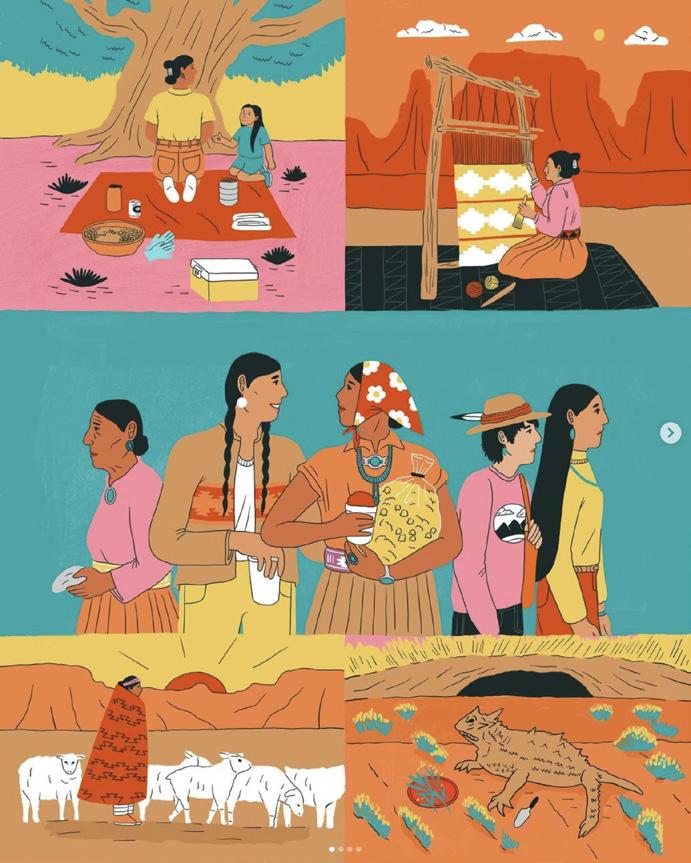

In the video, which can be found on YouTube, Hardy said, “When I look in the mirror, I’m looking at my grandma. I’m looking at my mom. I’m looking at my grandparents and their grandparents before me, and they look like me. And now I wouldn’t change anything about it. I love who I am.
“I feel free to create the art that I create, and I love now capturing that in my illustrations. … In Navajo there’s a word called ‘hózhó,’ and that means ‘to walk in beauty and harmony.’ I really believe that my family and the things they and our ancestors did brought me here today. That’s who I am. The product of them and their sacrifices.”


Out of all the pieces of art she has created over the years, Hardy said her most favorite is a picture of a family coming together for a gathering. She admitted, “I am a Debbie-downer when it comes to art. I would always compare my art to my classmates,” but she said a strong relationship with God helped her overcome this.
“Great things take time. Comparison is the thief of progression. The personal journey is what matters most. Keep going and one day you’ll wake up and know how to do something really well. If I hadn’t kept going with my art, I would have regretted it for the rest of my life,” she shared.
Even as a successful artist with her own business, Hardy said maintaining passion for her craft remains very difficult. “When it’s done as a job, it’s easy to lose your passion.” She said there have been obstacles, such as times when she made business decisions that didn’t pay off and she lost money, as well as many moments where she faced rejection.
“You really have to discipline yourself and take breaks. Sometimes I get in moods where I wonder what I’m doing. I start thinking I don’t even want to make indigenous stuff anymore,” Hardy shared. “So I’ll go and watch one of my favorite movies and do other stuff I like. You’ll never be able to guess how you’ll find your passion again.”
Hardy is now living in Provo, where she runs Ajoobaa’sani with her sisters, Jenna and Leah Hardy. “The business goes wherever I go,” she said. “My sisters encourage me to keep going and creating, trying new things.”
To view some of Hardy’s art or purchase her work visit the Ajoobaa’sani website at ajoobaasani.com. Her work can also be viewed on her Instagram account, @ajoobaasani. •
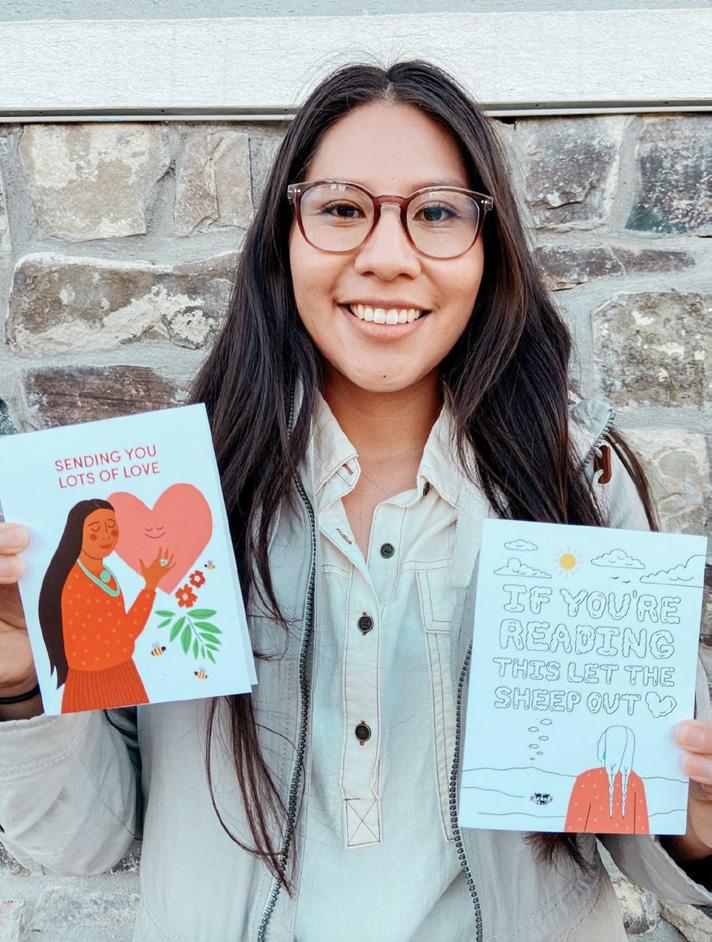 Top: Illustrations from Lynne Hardy’s Instagram.
Bottom: QR code for the Adobe Stock Artist Development Fund video.
QR code for Lynne Hardy’s Instagram.
Top: Illustrations from Lynne Hardy’s Instagram.
Bottom: QR code for the Adobe Stock Artist Development Fund video.
QR code for Lynne Hardy’s Instagram.

Summing up the new movie “Barbie” in one word, Sarah Honstein, a senior in art education from Texas, said it was fun. “It was a lot of fun.” She added she saw “Barbie,” a movie starring Mattel’s popular and famous doll, on July 21 on its opening night.
Sidney Wathen, a community member from Laie, described the movie in one word as “pink,” but she explained the movie was more than its bubblegum pink billboard. “It was so funny. It kept me engaged the whole time, but then it also had this super uplifting message,” said Wathen.
The uplifting message of the movie Wathen described focuses on the value of both men and women in society. “Barbie” shows models of both matriarchal and patriarchal societies, but the end of the movie shows the importance of changing society so it values all people equally, regardless of gender. According to TIME magazine, “Barbie” is both a tribute to girl power and a critique on current gender relations, encouraging everyone to consider how they view gender stereotypes.
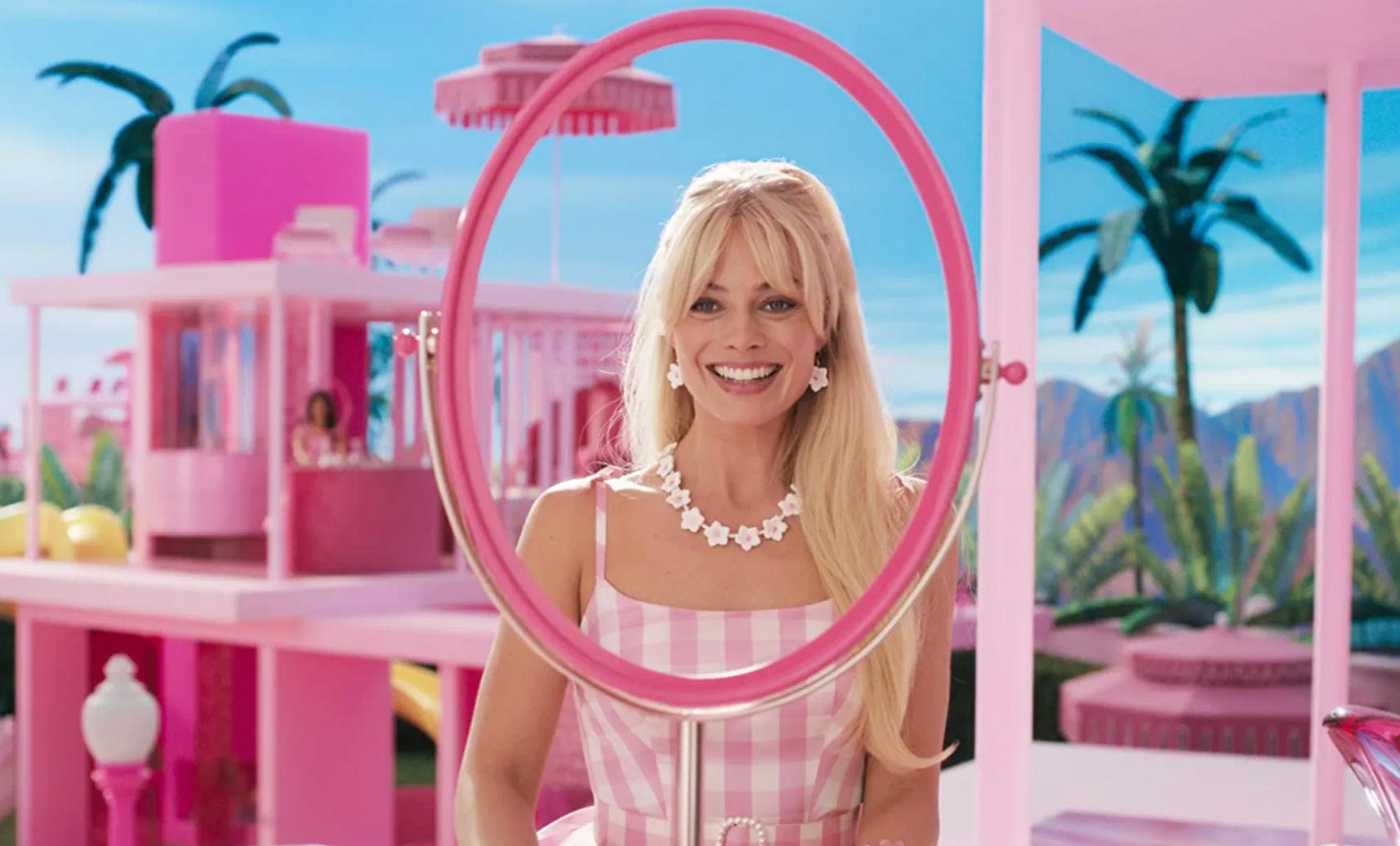
The movie also uplifts in other ways, reminding audiences that imperfection is okay, change is inevitable and the ideas people have can affect the world in positive ways. As
America Ferrera’s character Gloria says in the movie, “That’s life. It’s all change.”
Honstein said she thinks everyone can enjoy the “Barbie” movie. “We see [Barbie] go through almost this hero’s journey of finding where she wants to be in life,” she shared. “I think that is really relatable because we’re all going through that.”
The movie billed itself as a film for everyone, TIME magazine says. The article explains the concept of Barbie has been rife with controversy for the better part of a decade, if not longer. “Some parents say Barbie inspires their children to imagine themselves as astronauts and politicians. But other refuse to buy the doll… because she has set an impossible beauty standard for their daughters.” However, Issa Rae, the actress who played President Barbie in the film, said in an interview with TIME magazine that the film’s point is “…to portray a world in which there isn’t a singular ideal.”
Nathan Stone, an alumnus from California who majored in history and humanities, agreed and said the movie focused on more than just a doll. “It built on a lot of social issues
as far as the way people view women and the way people view men in our society,” he said.
Students said the movie worked to acknowledge the difficulties of being a woman in society. As a human character from the real world who has made her way into Barbie Land, America Ferrara gives an impactful monologue expressing her frustration with society’s expectations for women. “You have to never get old, never be rude, never show off, never be selfish, never fall down, never fail, never show fear, never get out of line. It’s too hard! It’s too contradictory and nobody gives you a medal or says thank you! And it turns out in fact that not only are you doing everything wrong, but also everything is your fault,” Ferrara says in the film. “I’m just so tired of watching myself and every single other woman tie herself into knots so that people will like us. And if all of that is also true for a doll just representing women, then I don’t even know.” •
To read the rest of the story, use the QR code. Photo by Associated Press. Graphics by Sugarmaa (Kendra) Bataa.October 8
Opening Devotional
(Cannon Activities Center)
October 9
(All Villages)
October 10
7 pm
(Employee Gate)
PCC Movies
(Hawaiian Journey Theater)
October 10 - October 12
(Hawaiian Journey Theater)
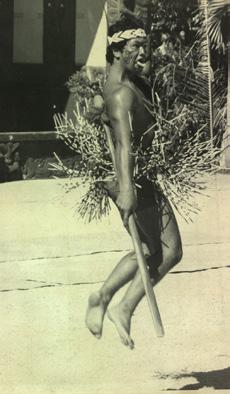

























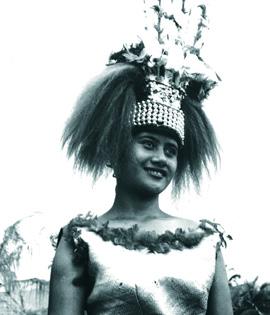
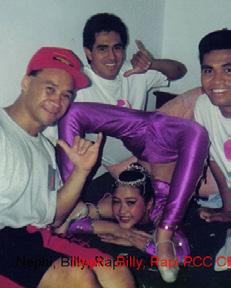
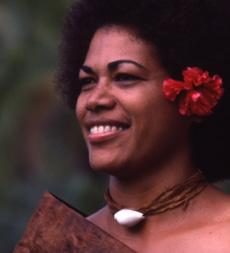
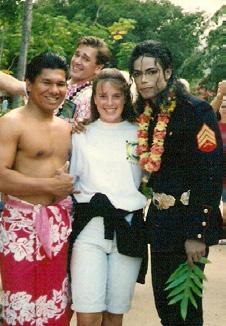
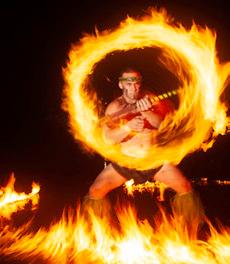



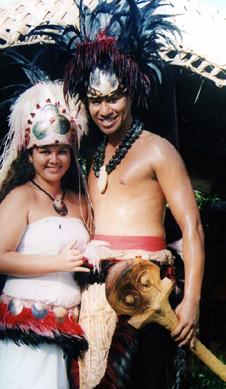


October 11
Cultural Welcome Service Project Lecture Series Brass Band Concert
(Gateway Plaza)
6 pm 10:30 am 7:30 am 9 am 3:30 pm 7 am
4 pm 11 am
Alumni Reunion Dinner
(Gateway Restaurant)
Alumni Show
(Pacific Theater)
October 12
6:30 pm 9:30 pm
Legacy Walk
(Samoan Village at PCC)












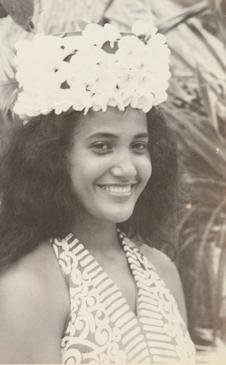




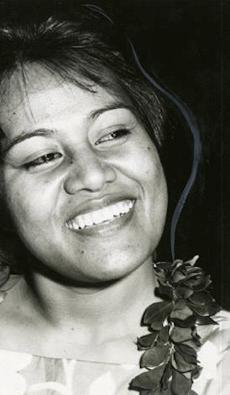
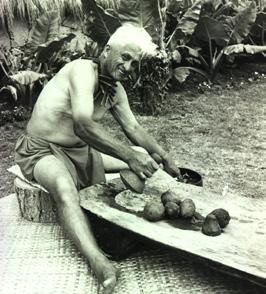










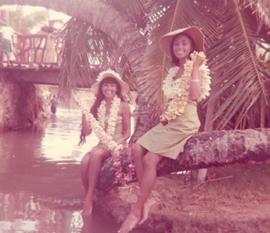
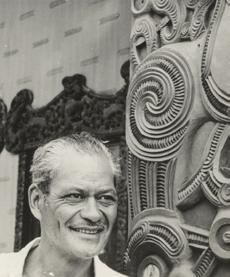

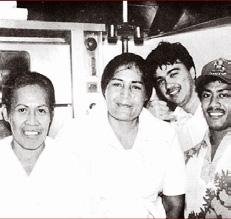



“How PCC Has Blessed Me”
(Pacific Theater)
Exclusive HA Show for Alumni
(Pacific Theater)